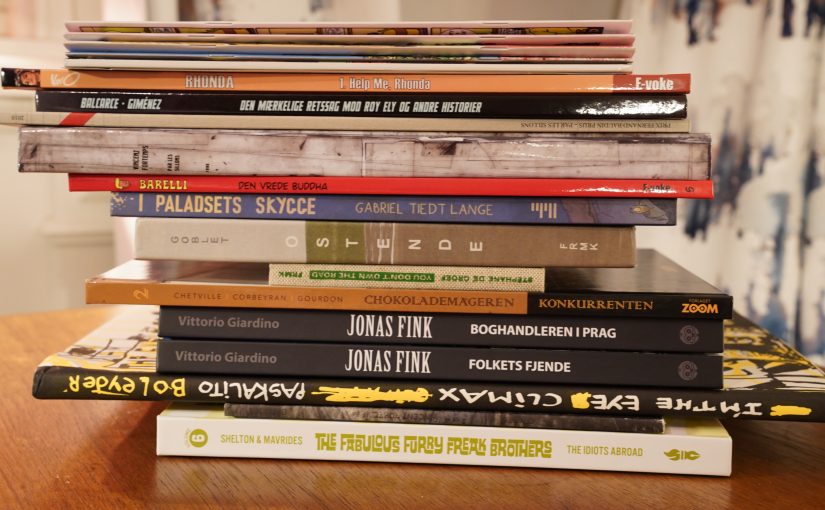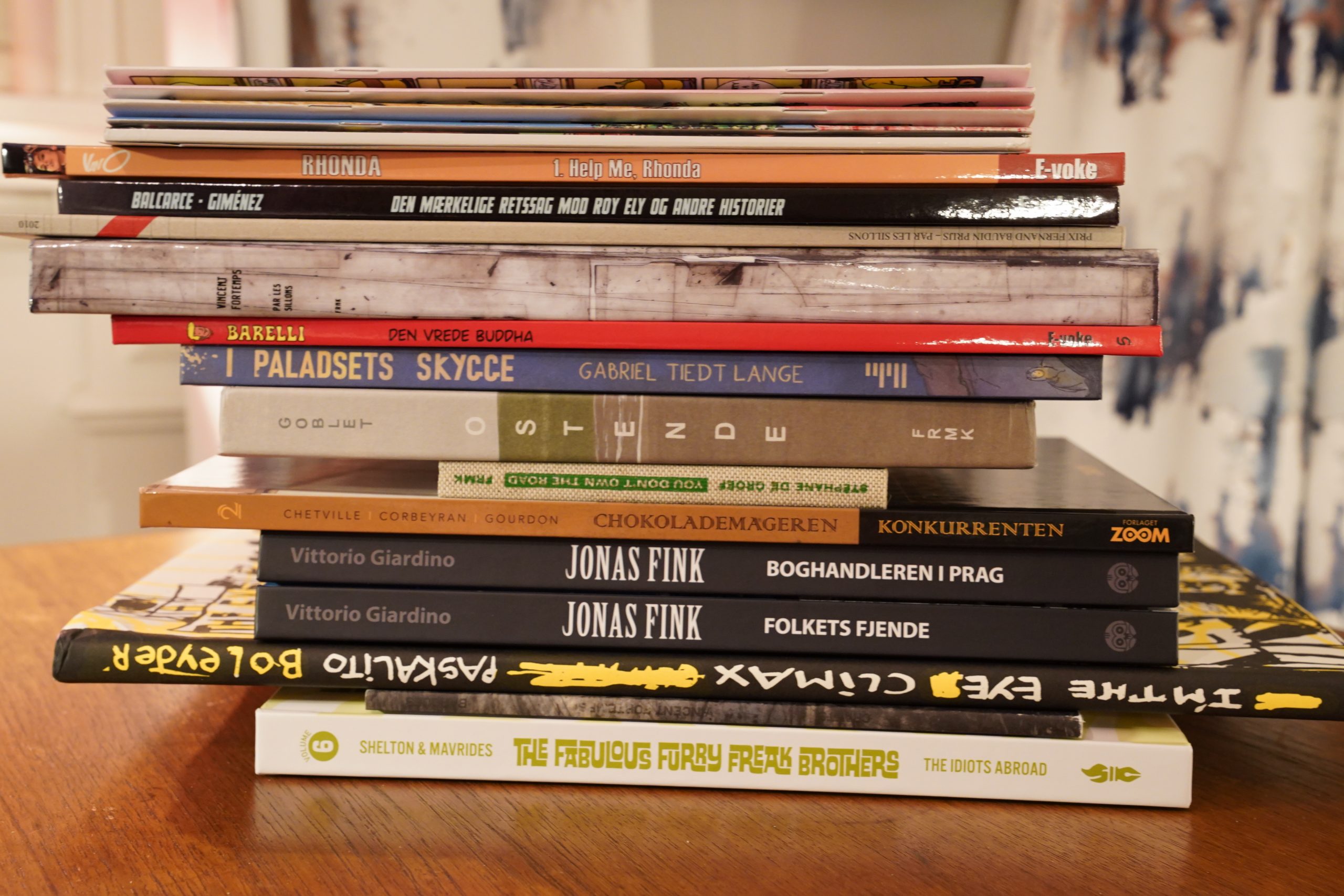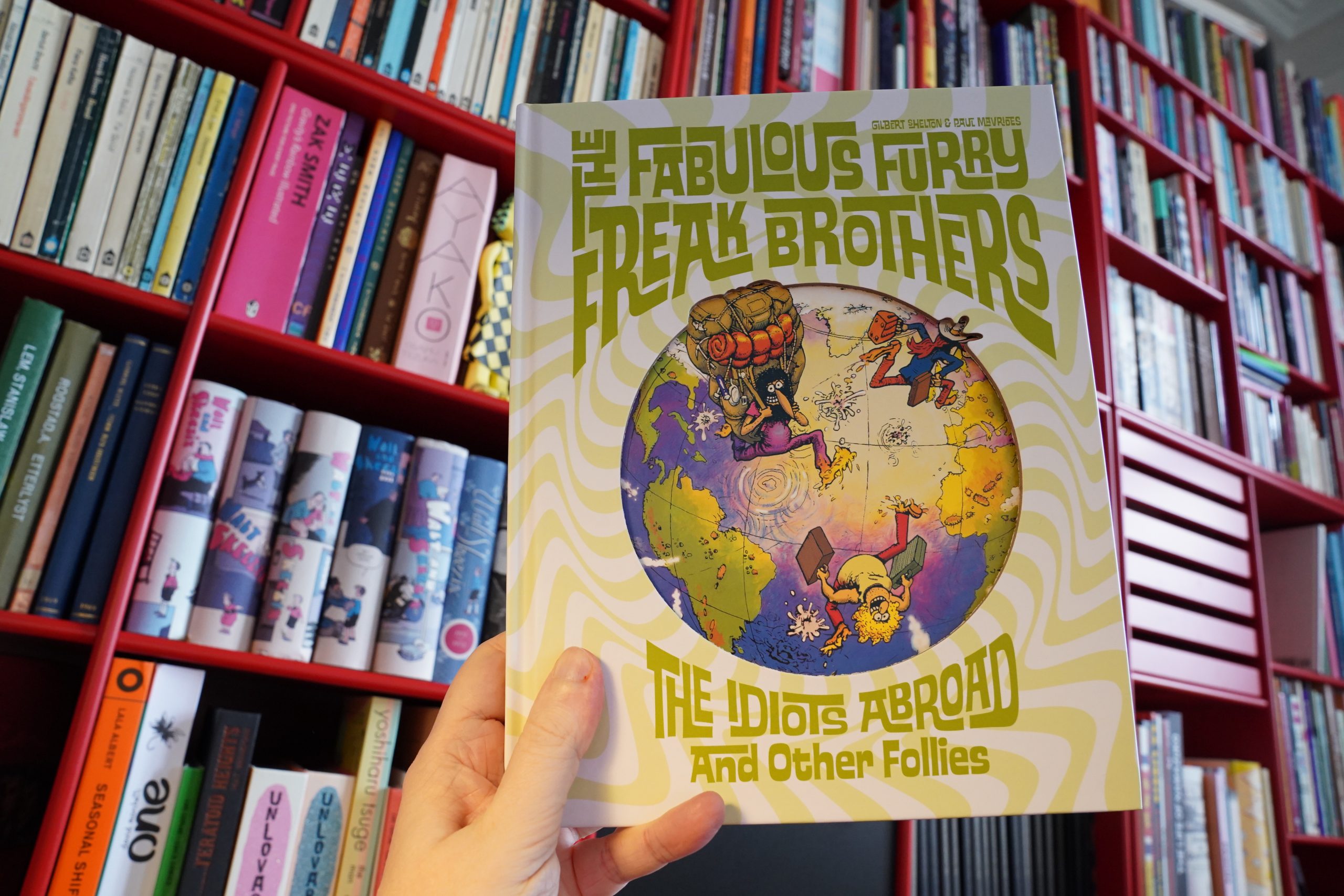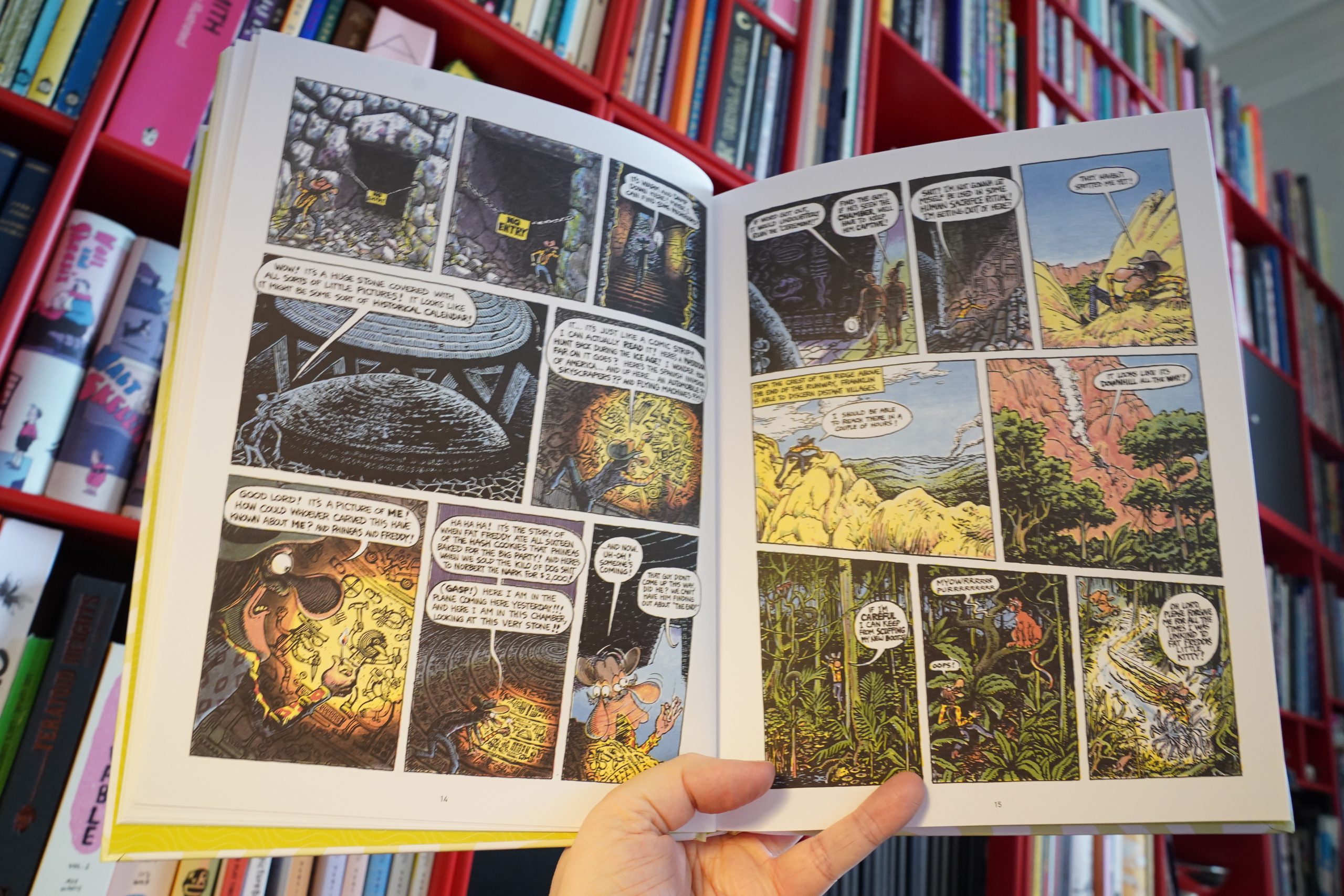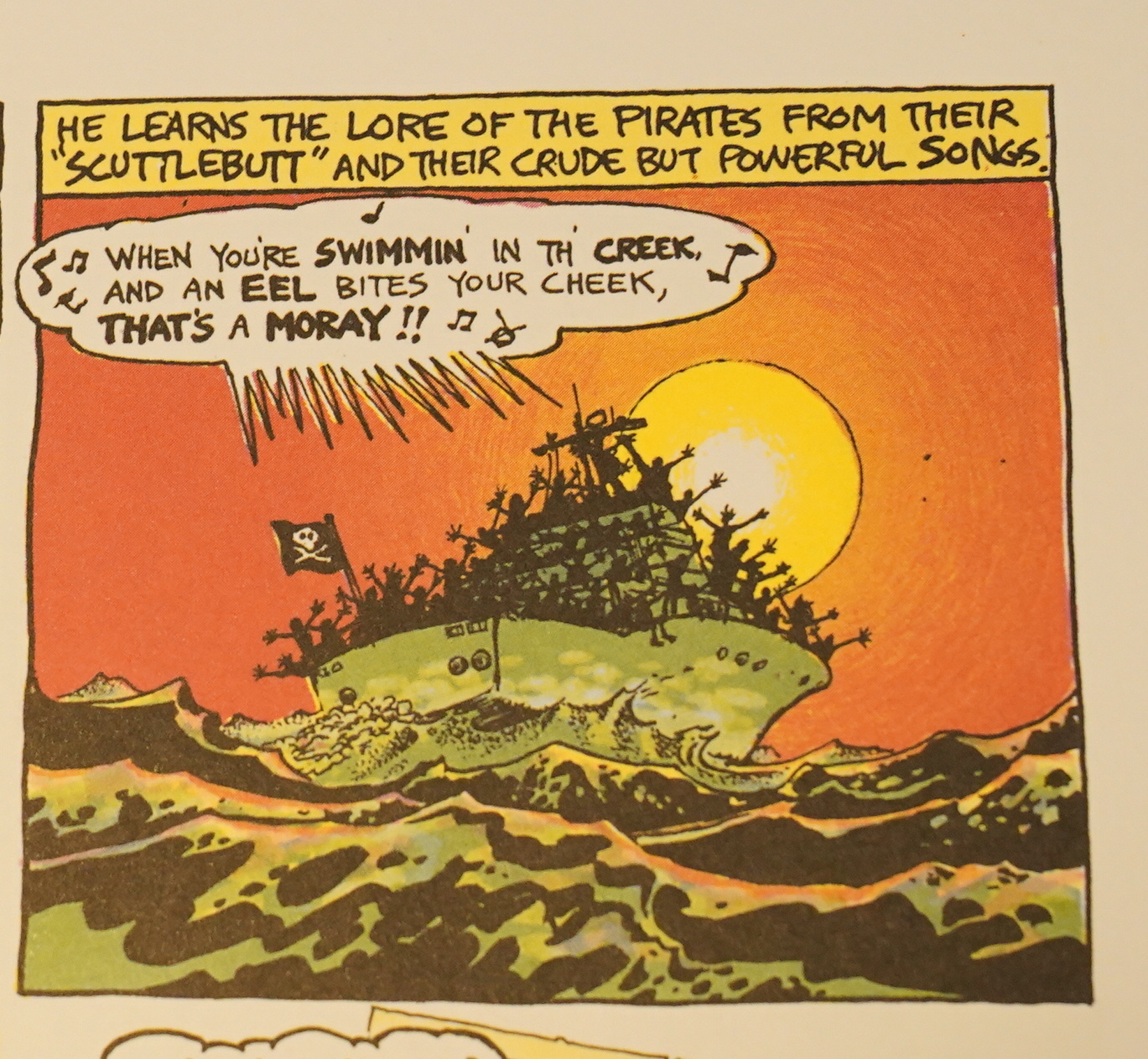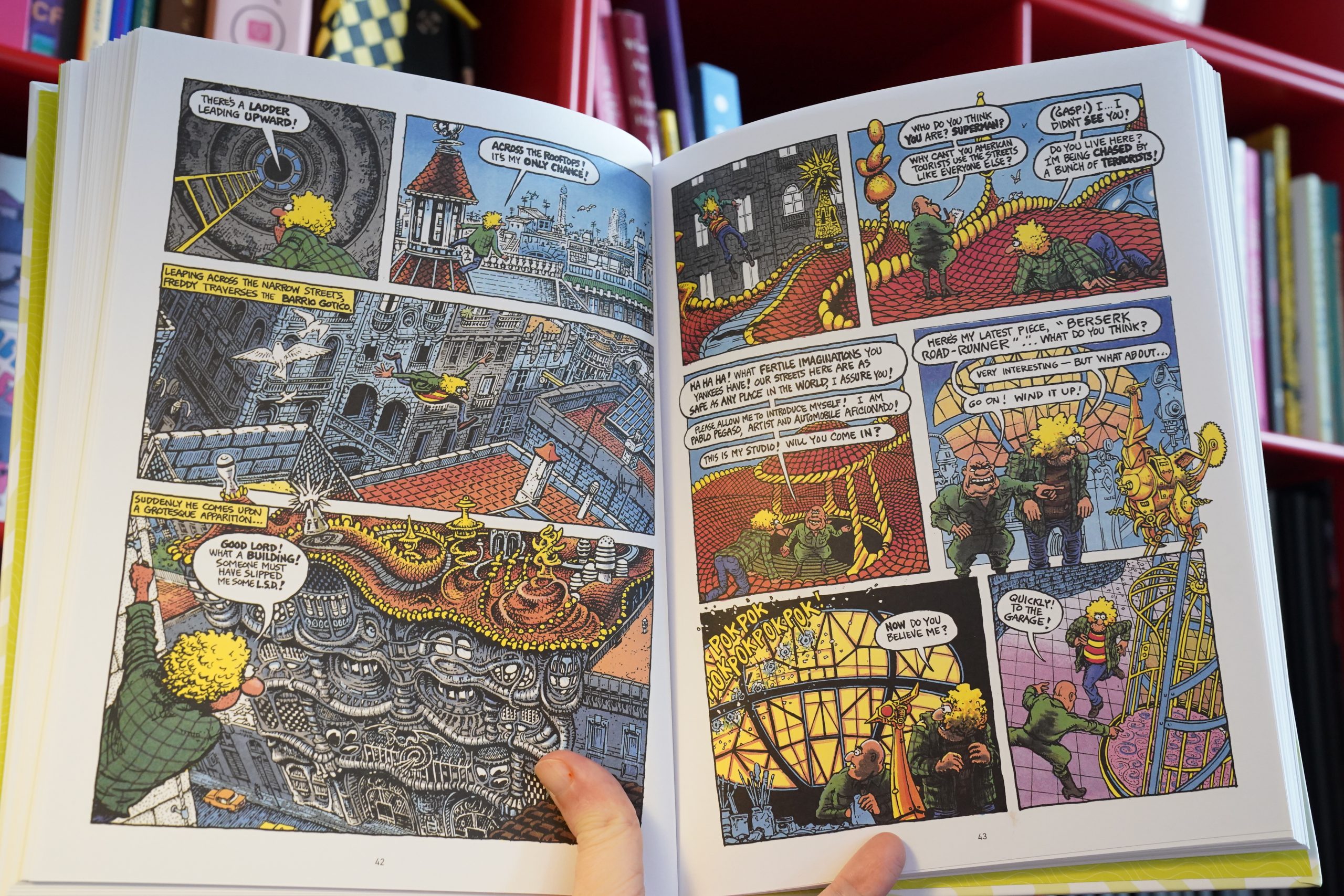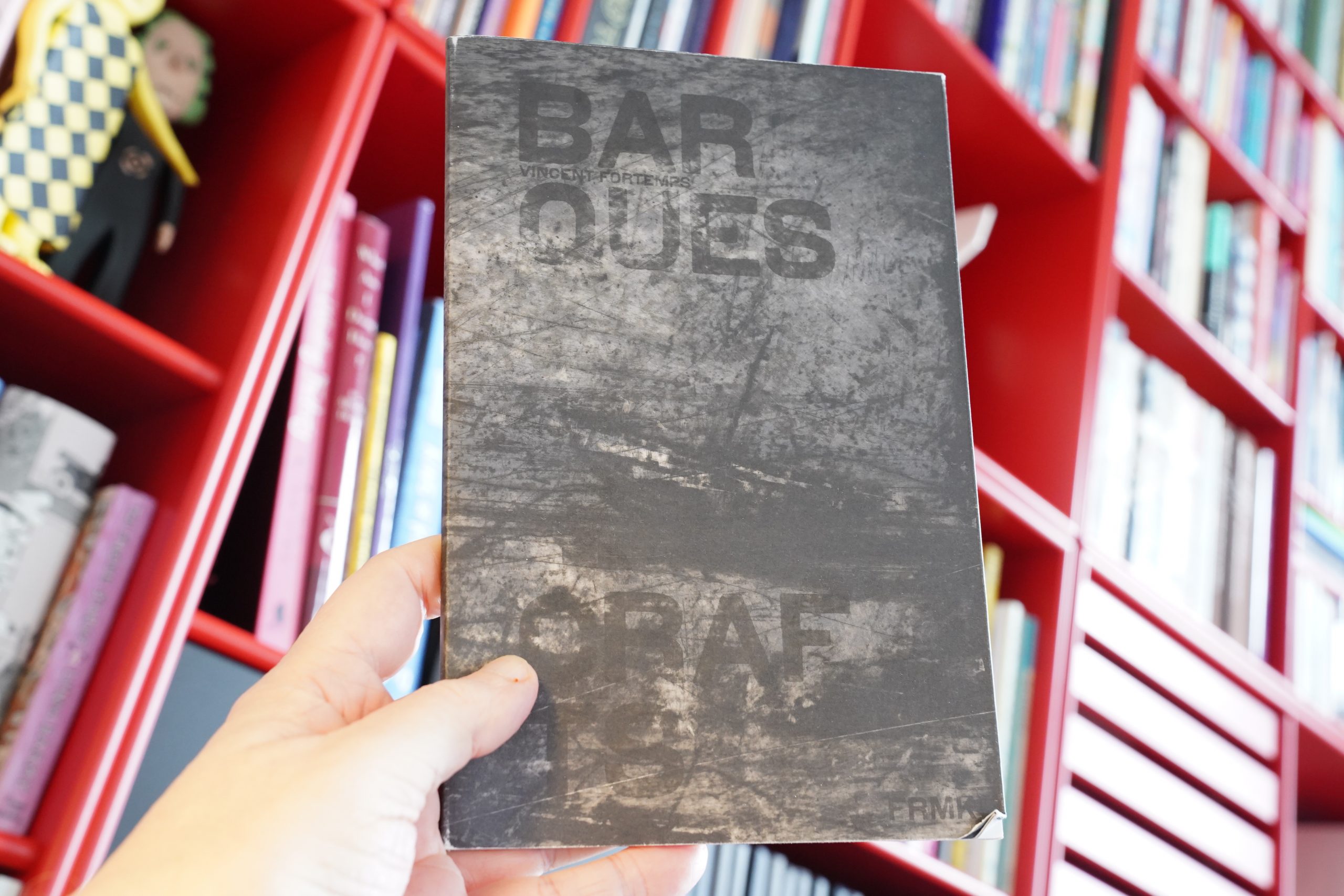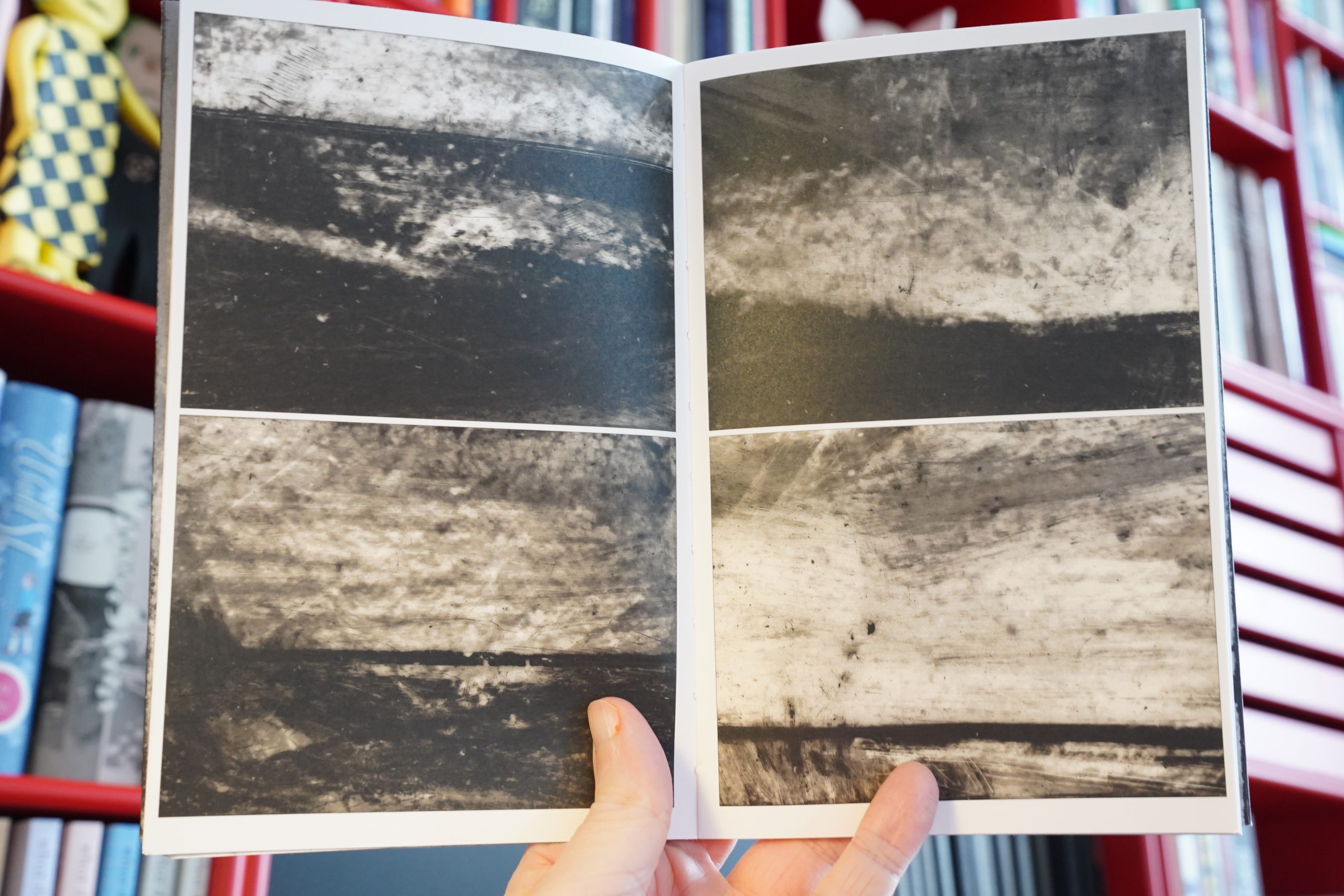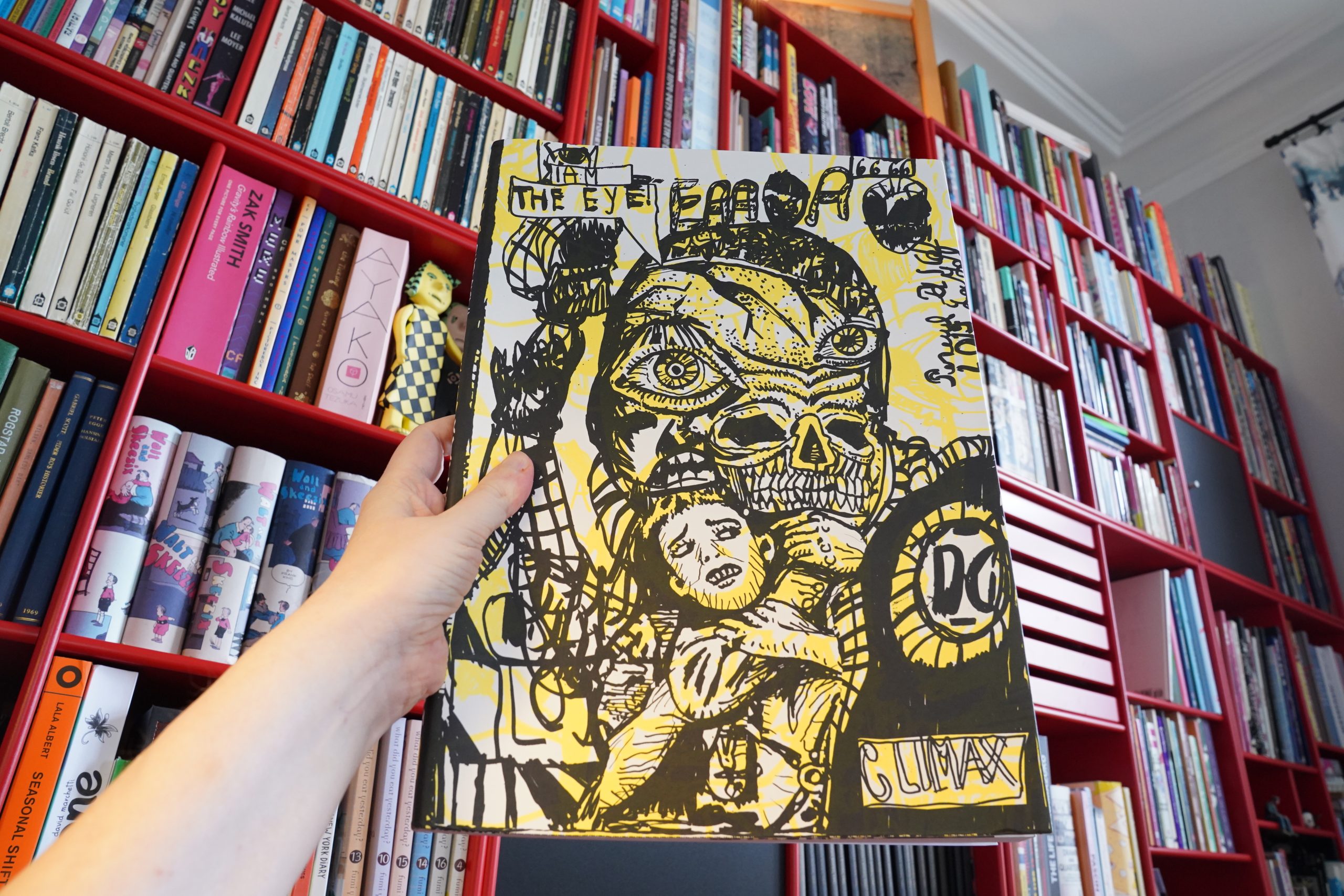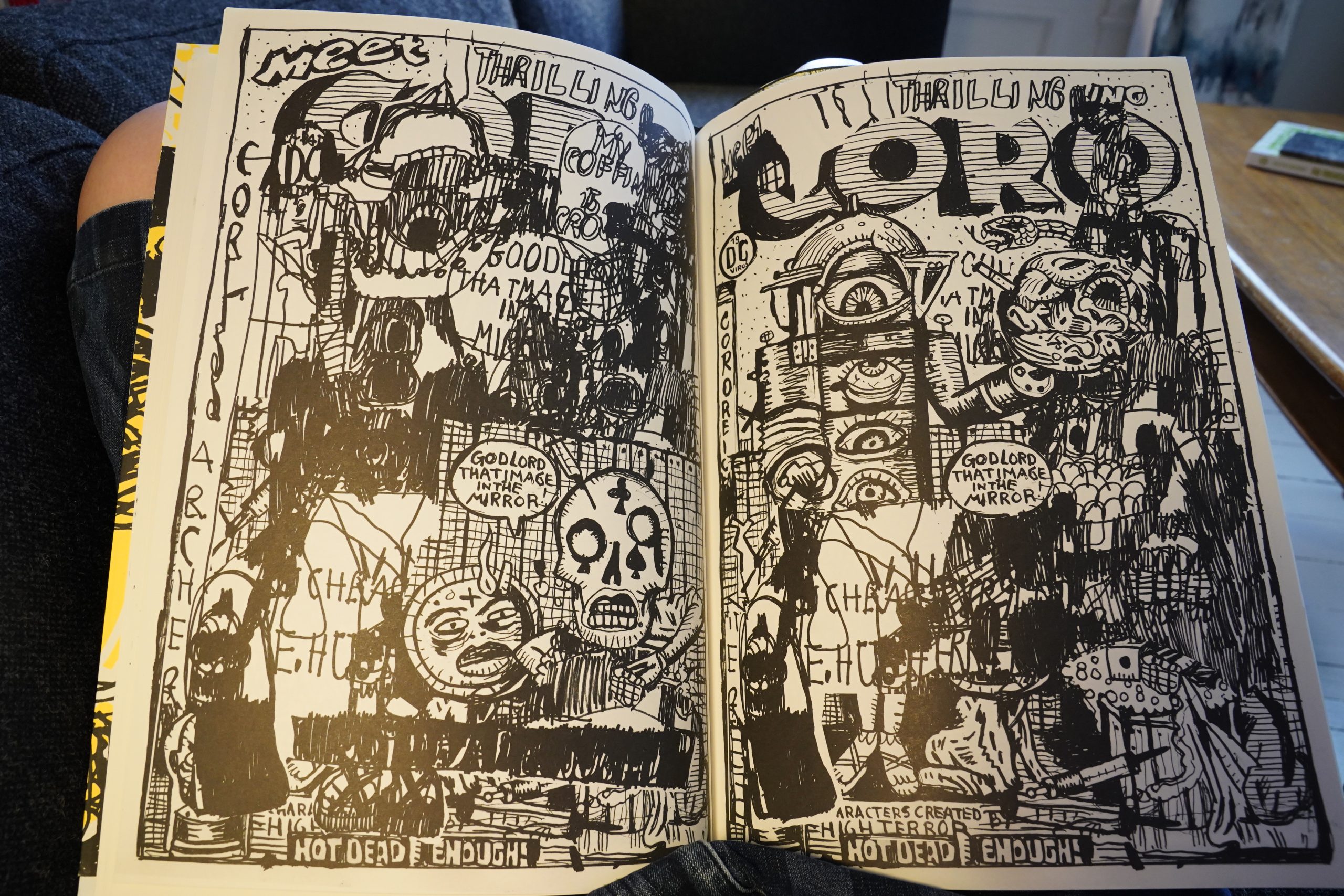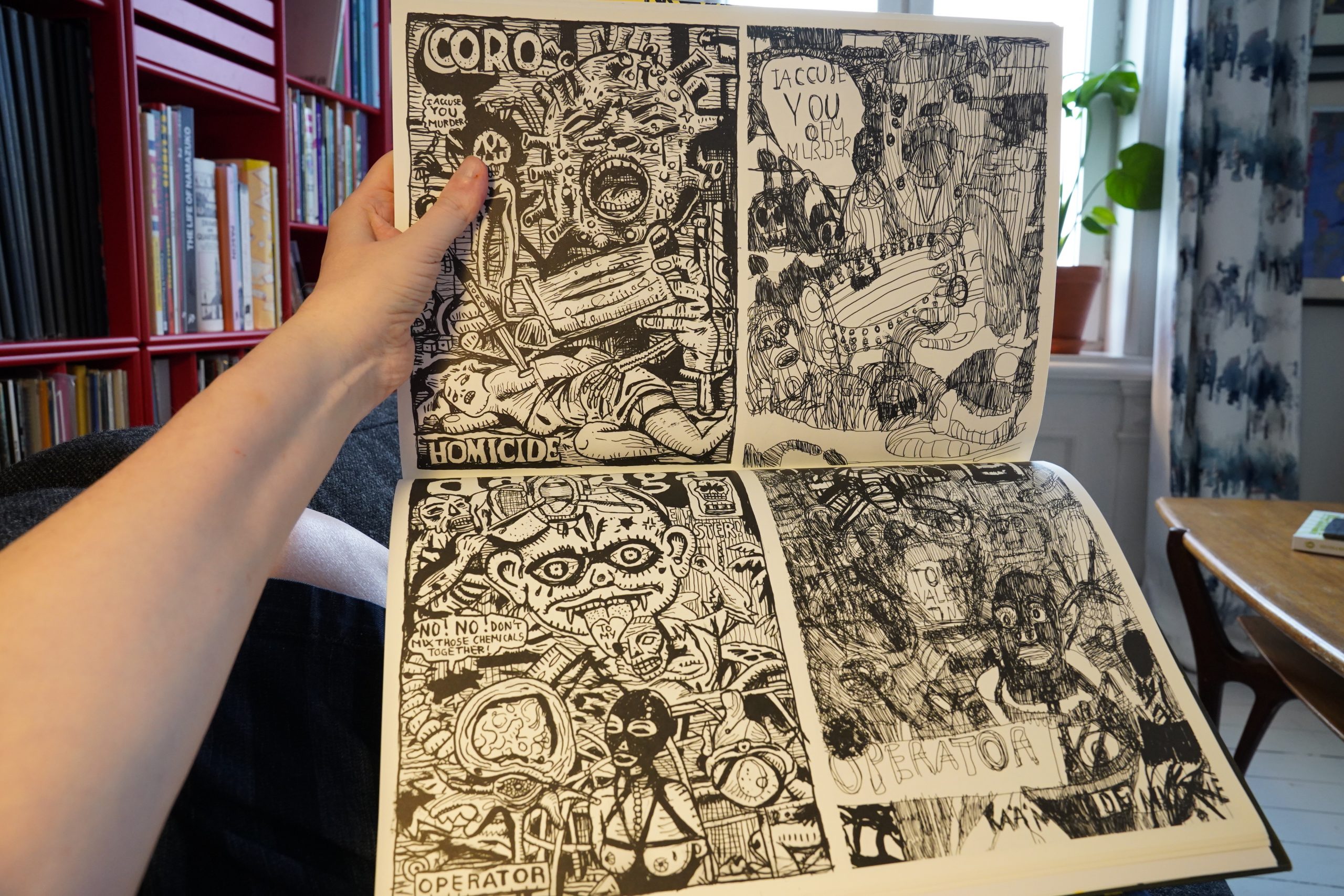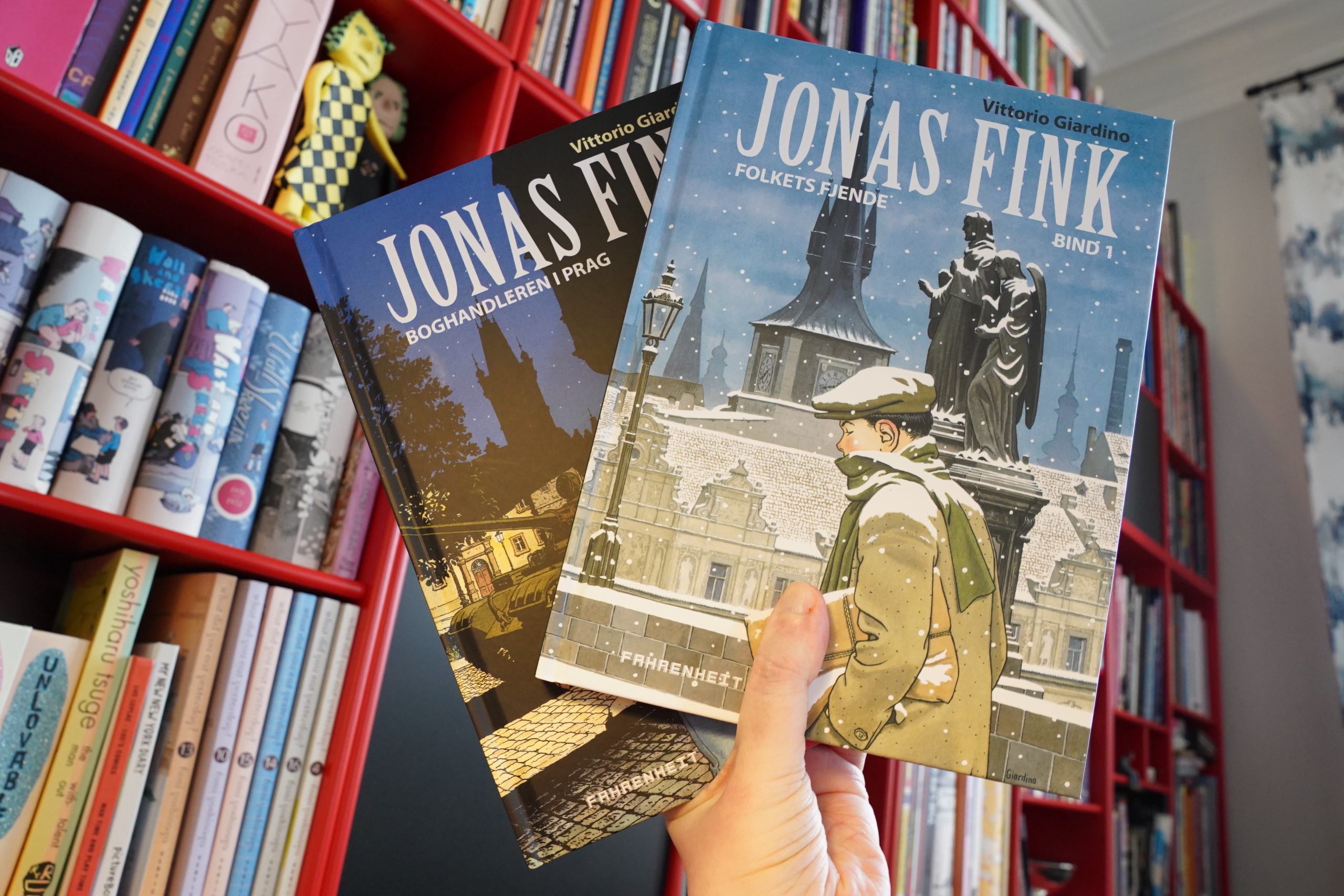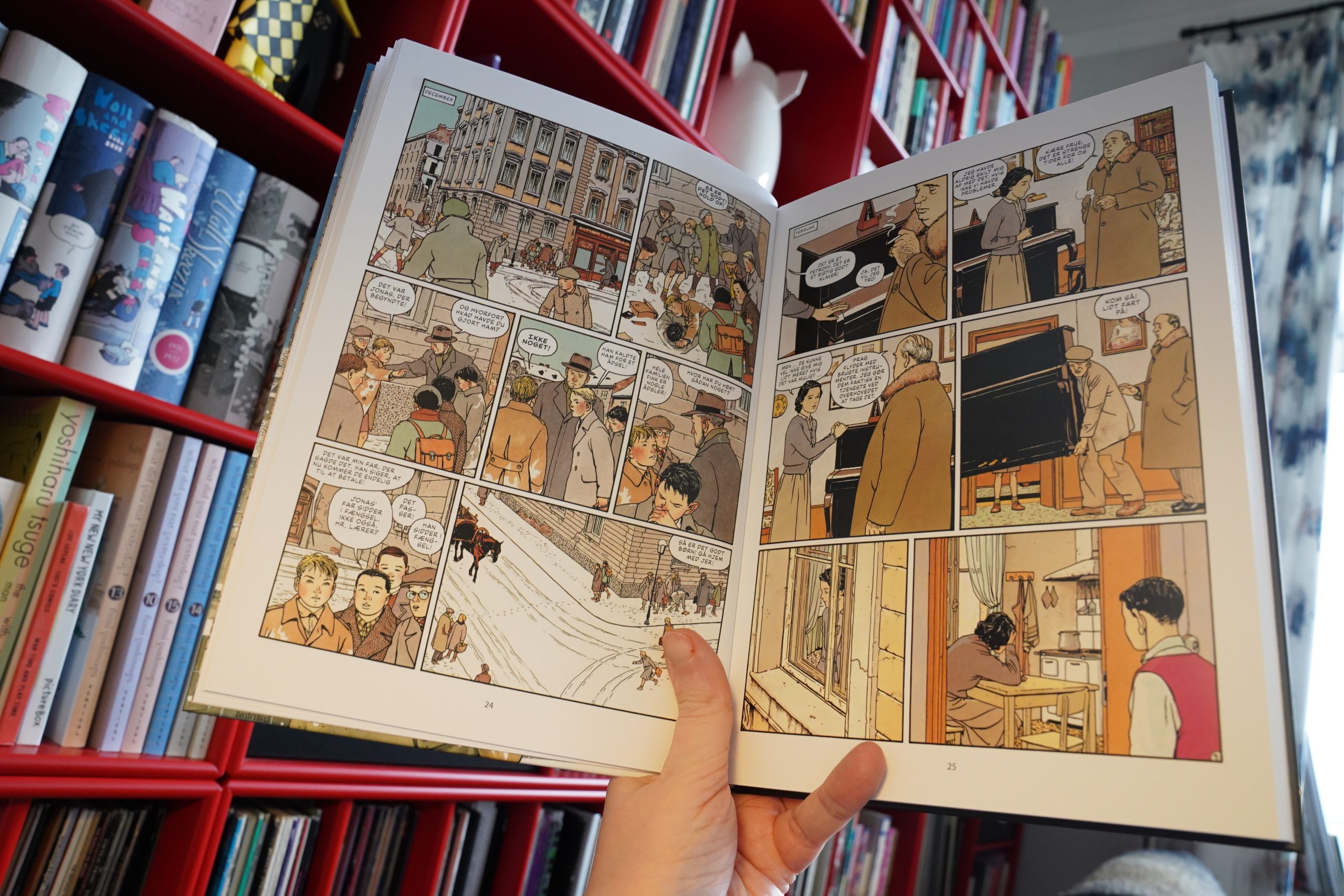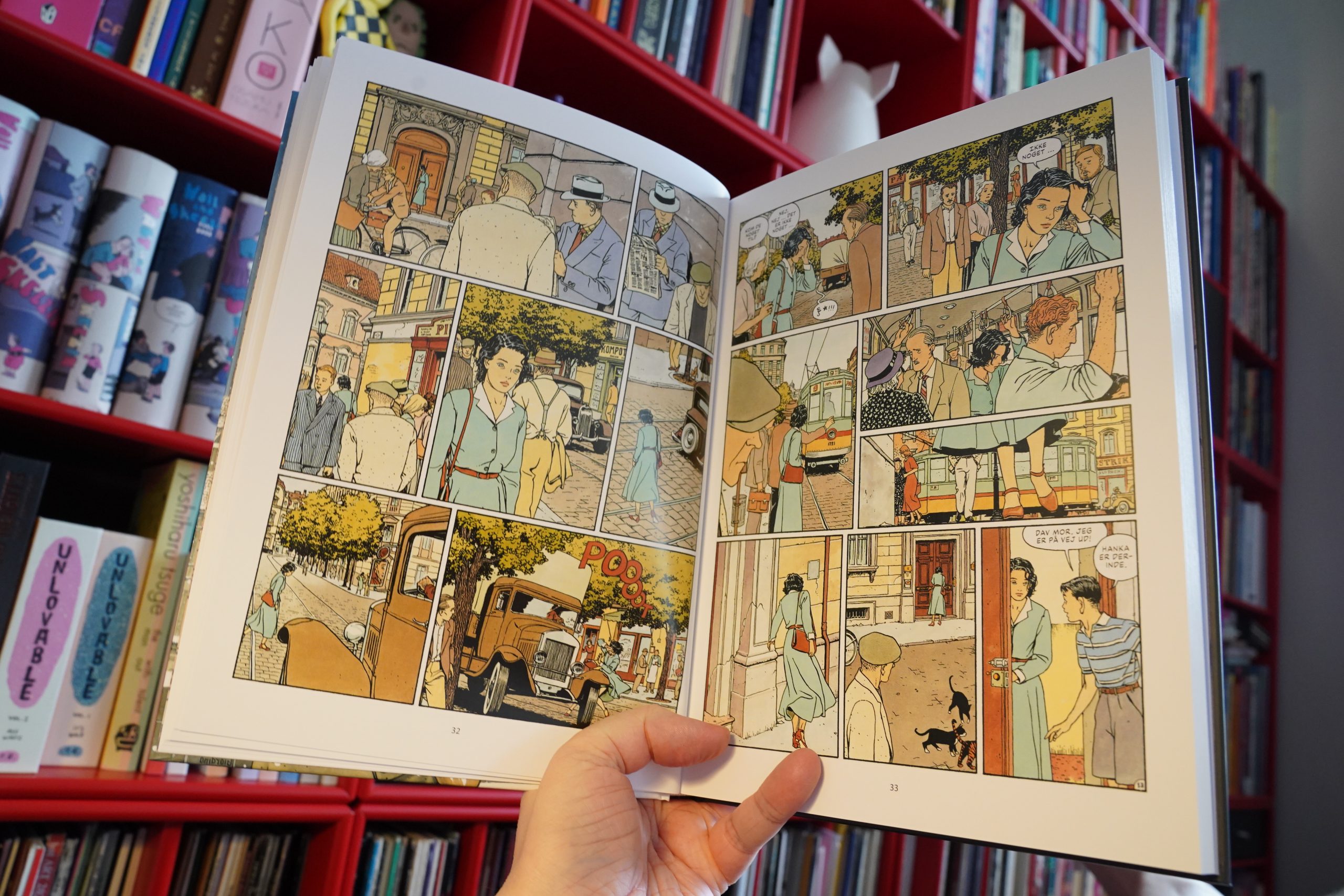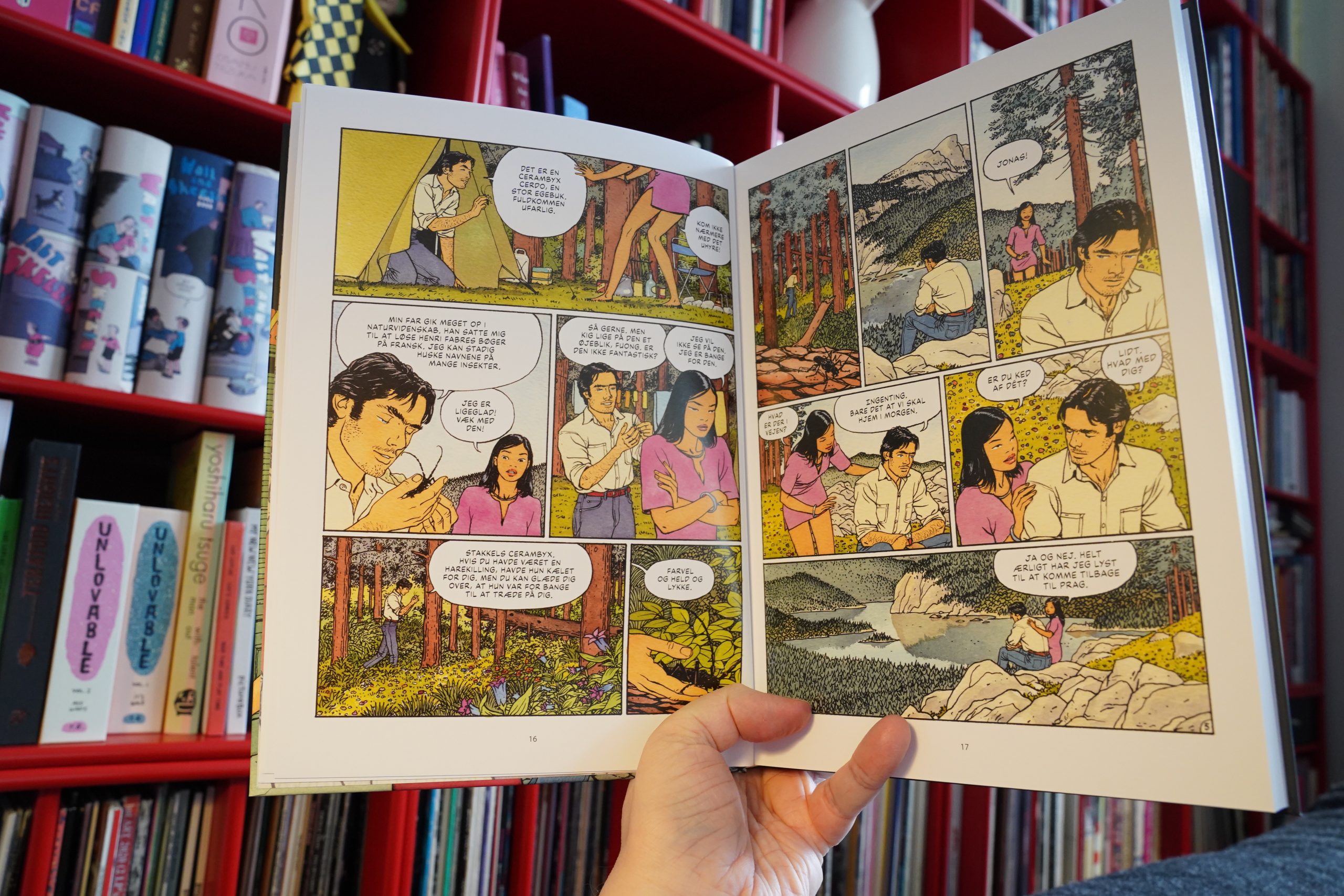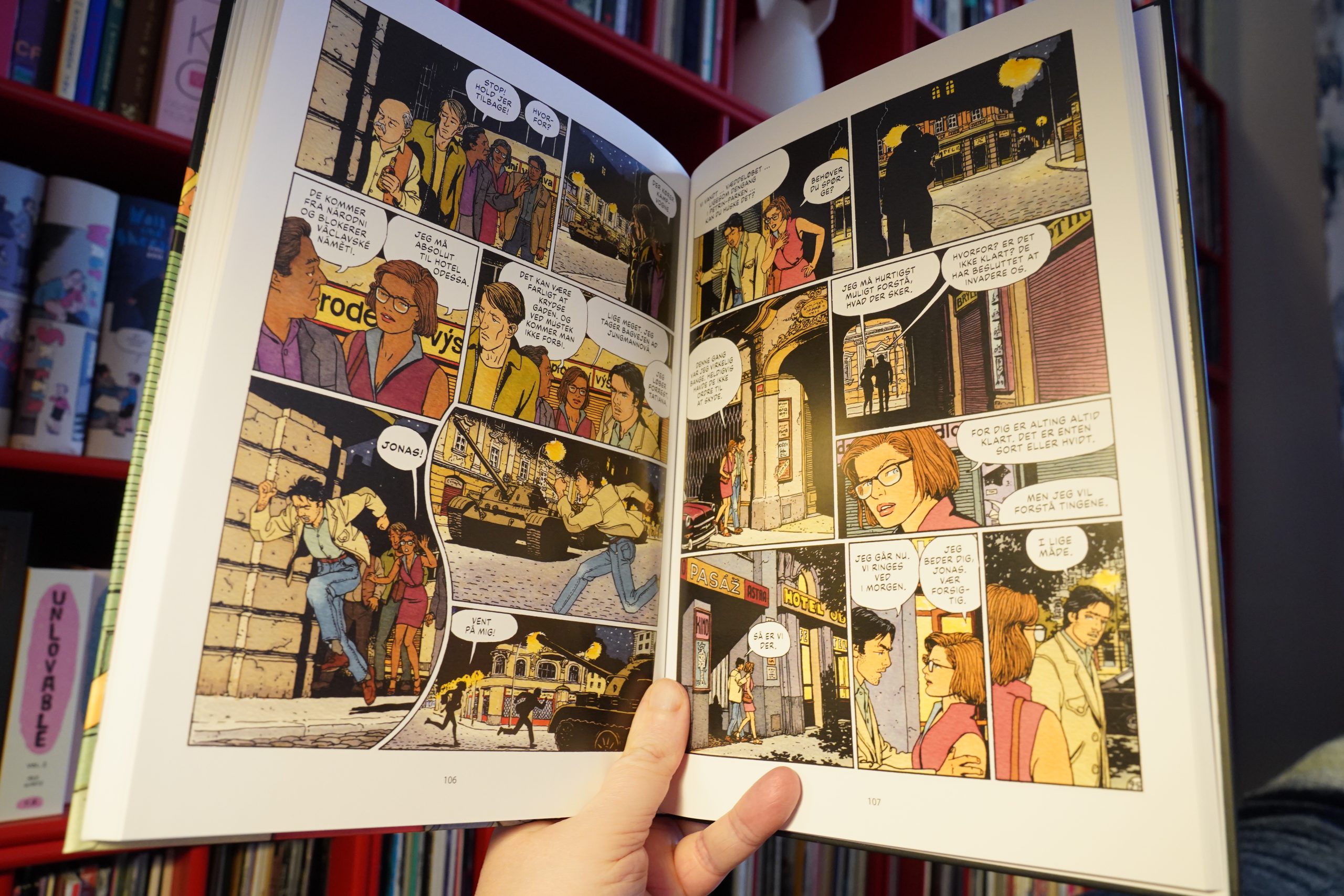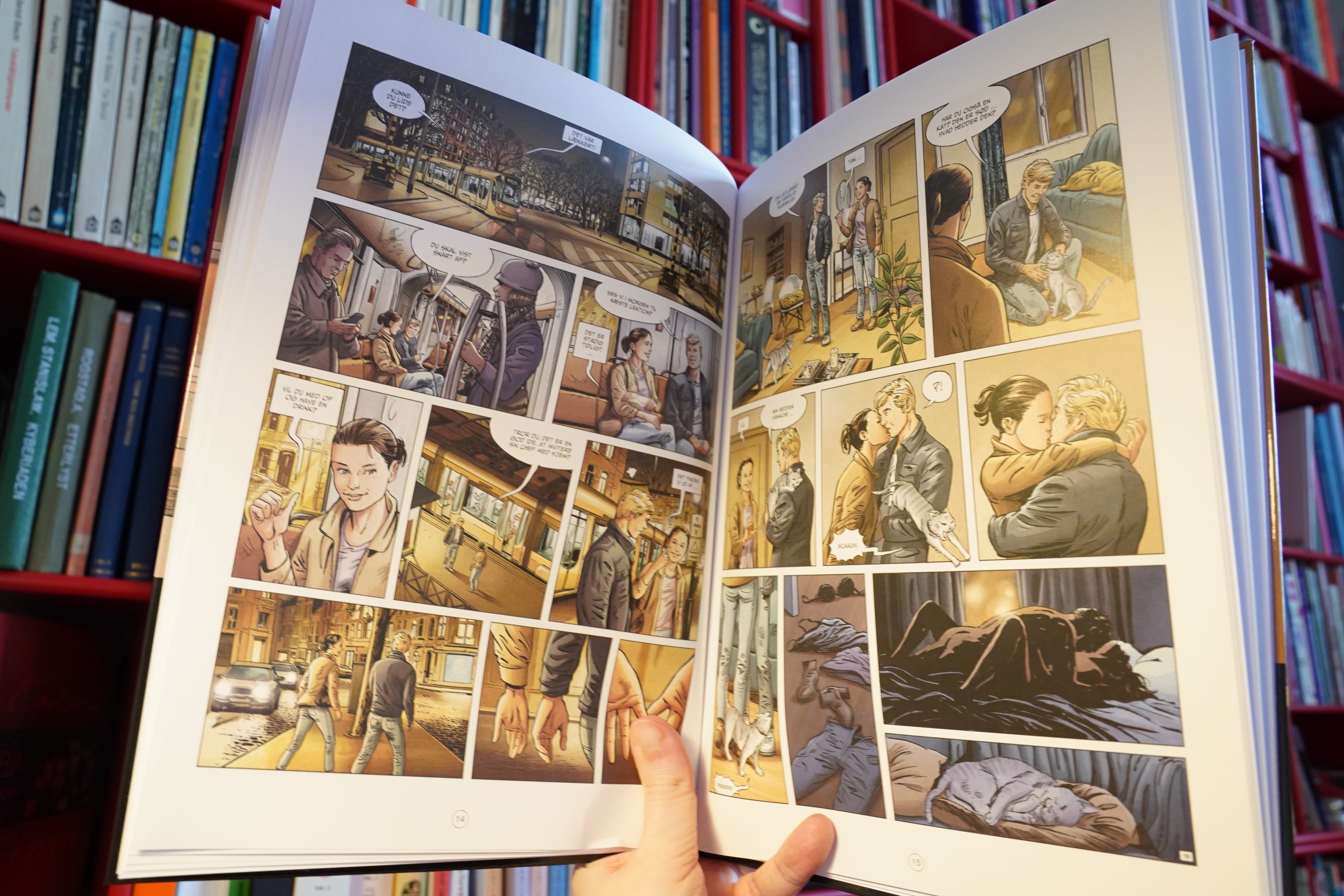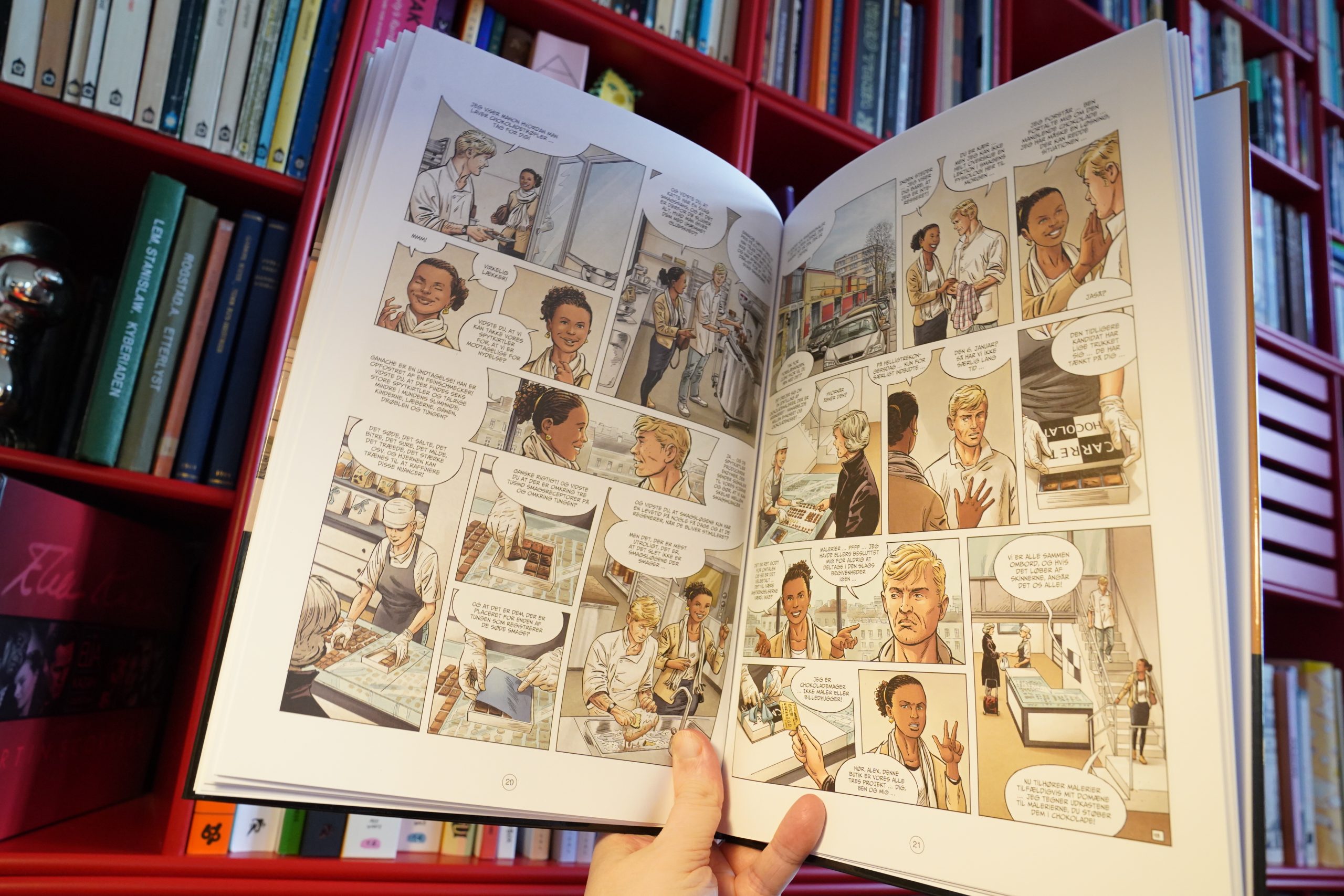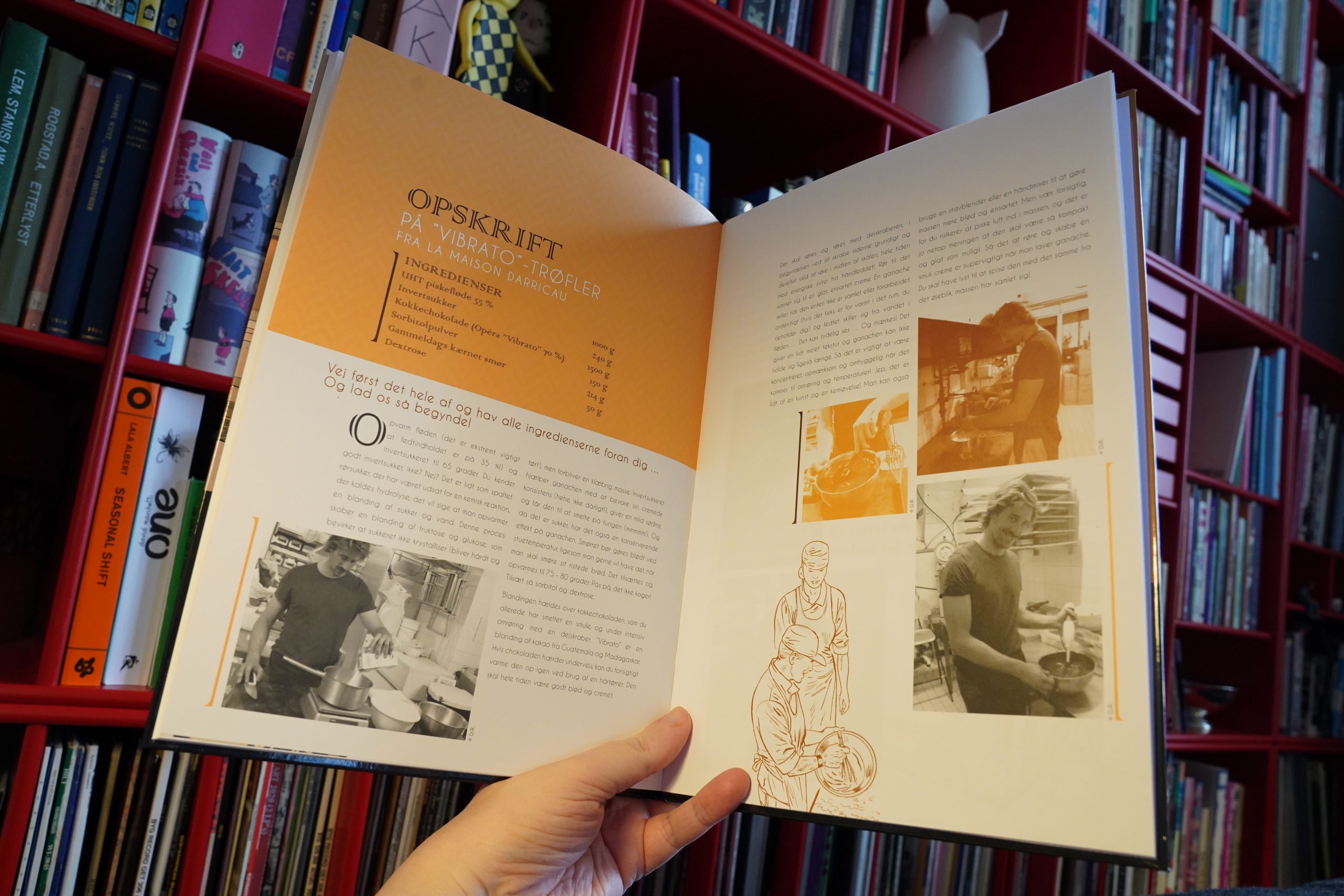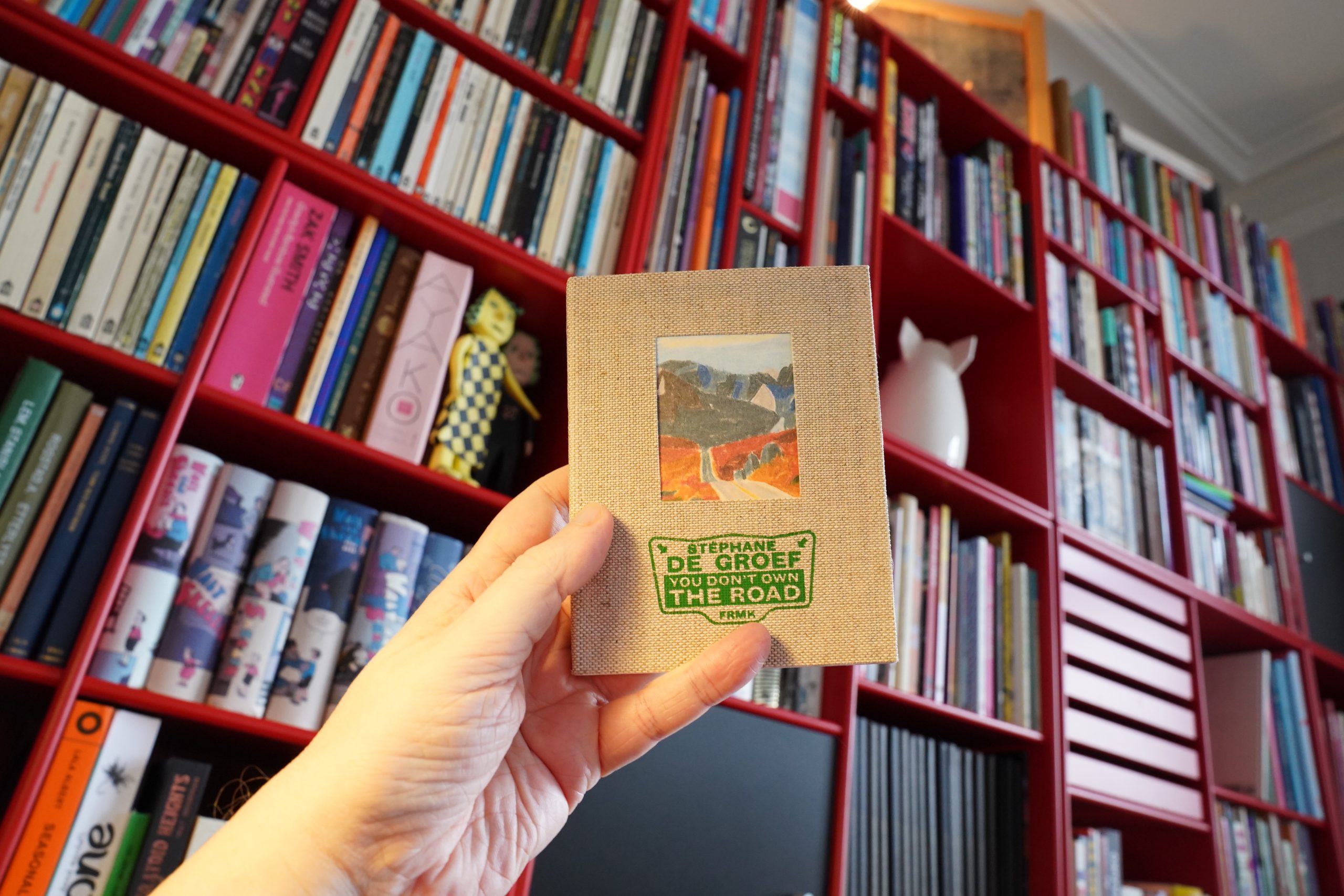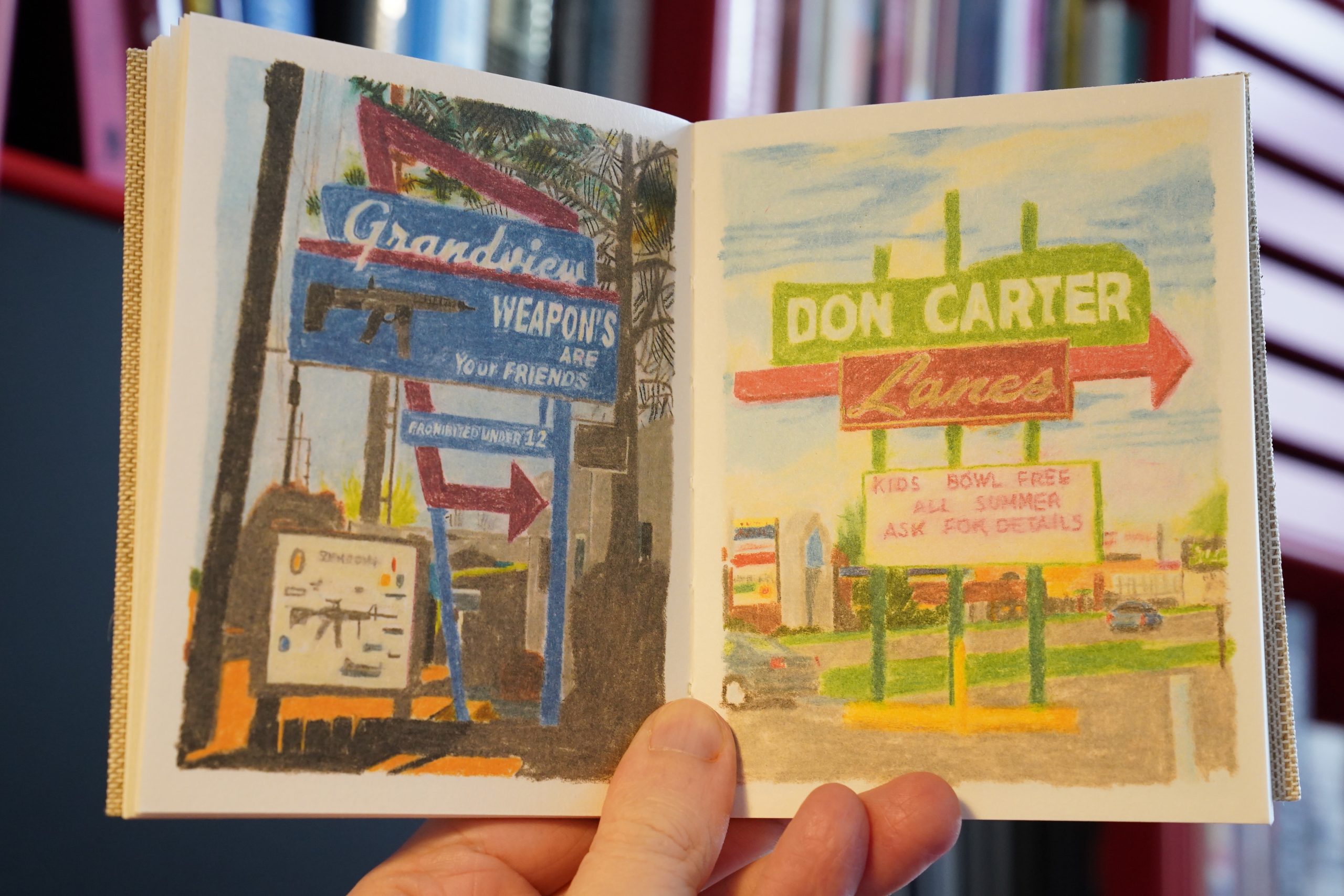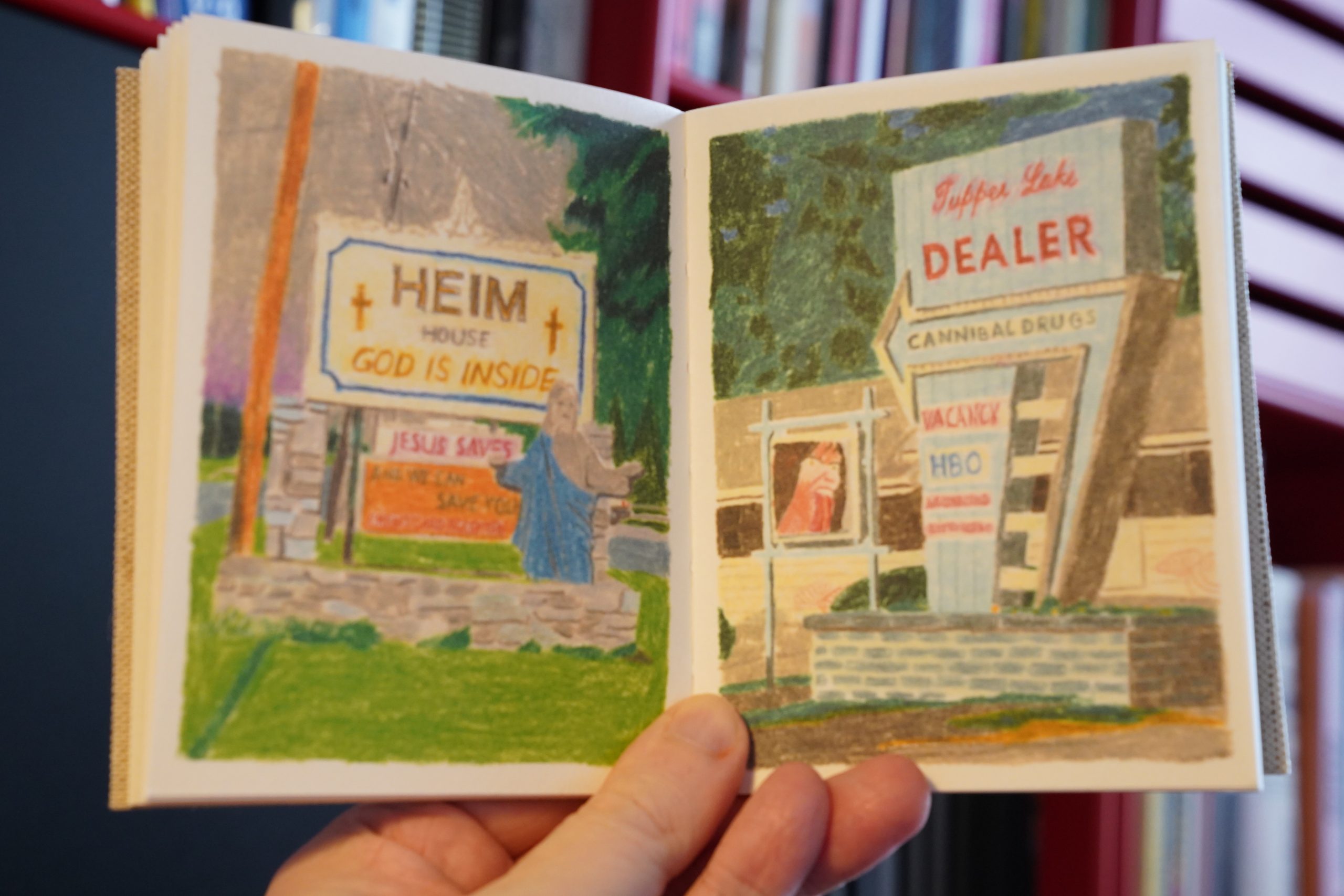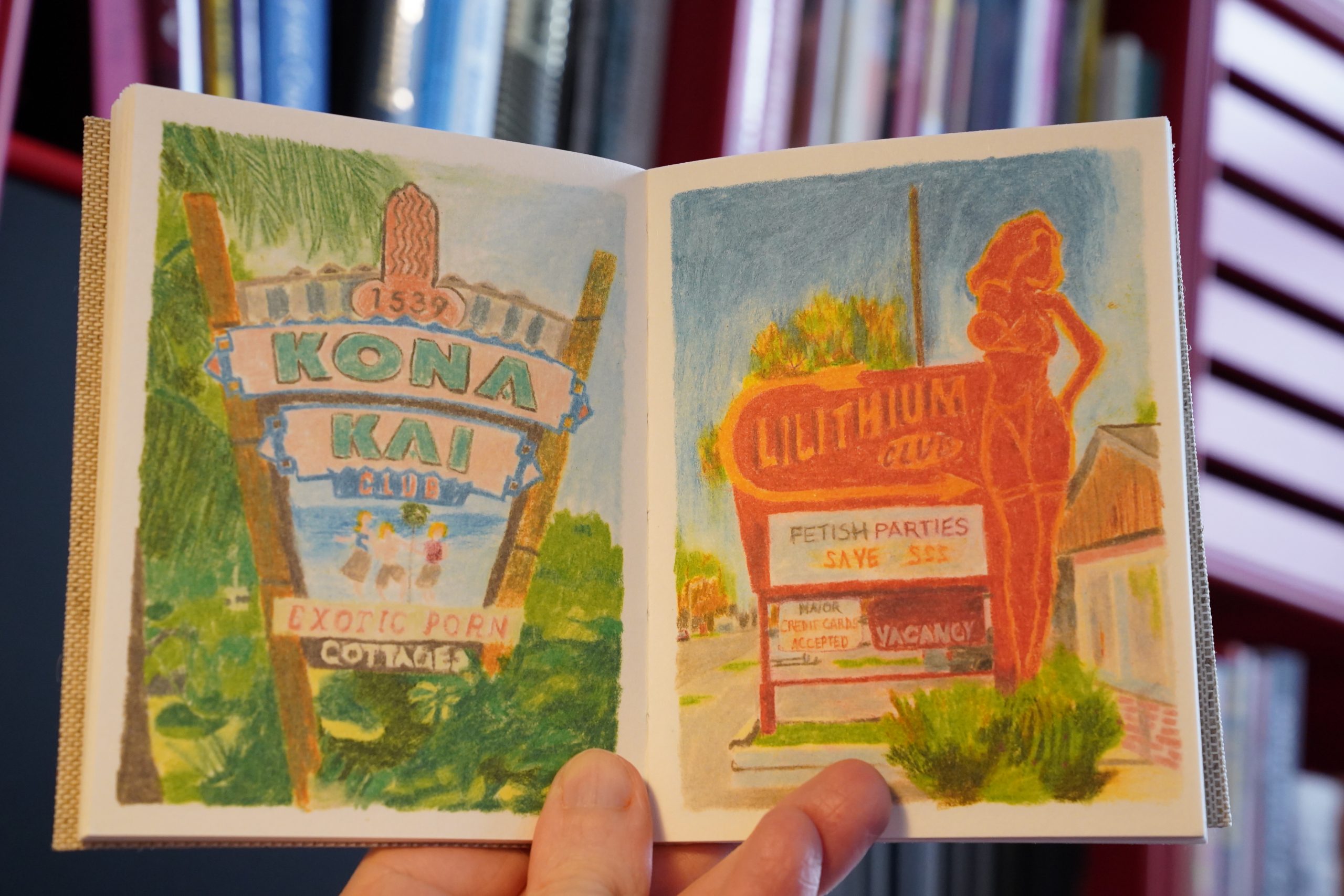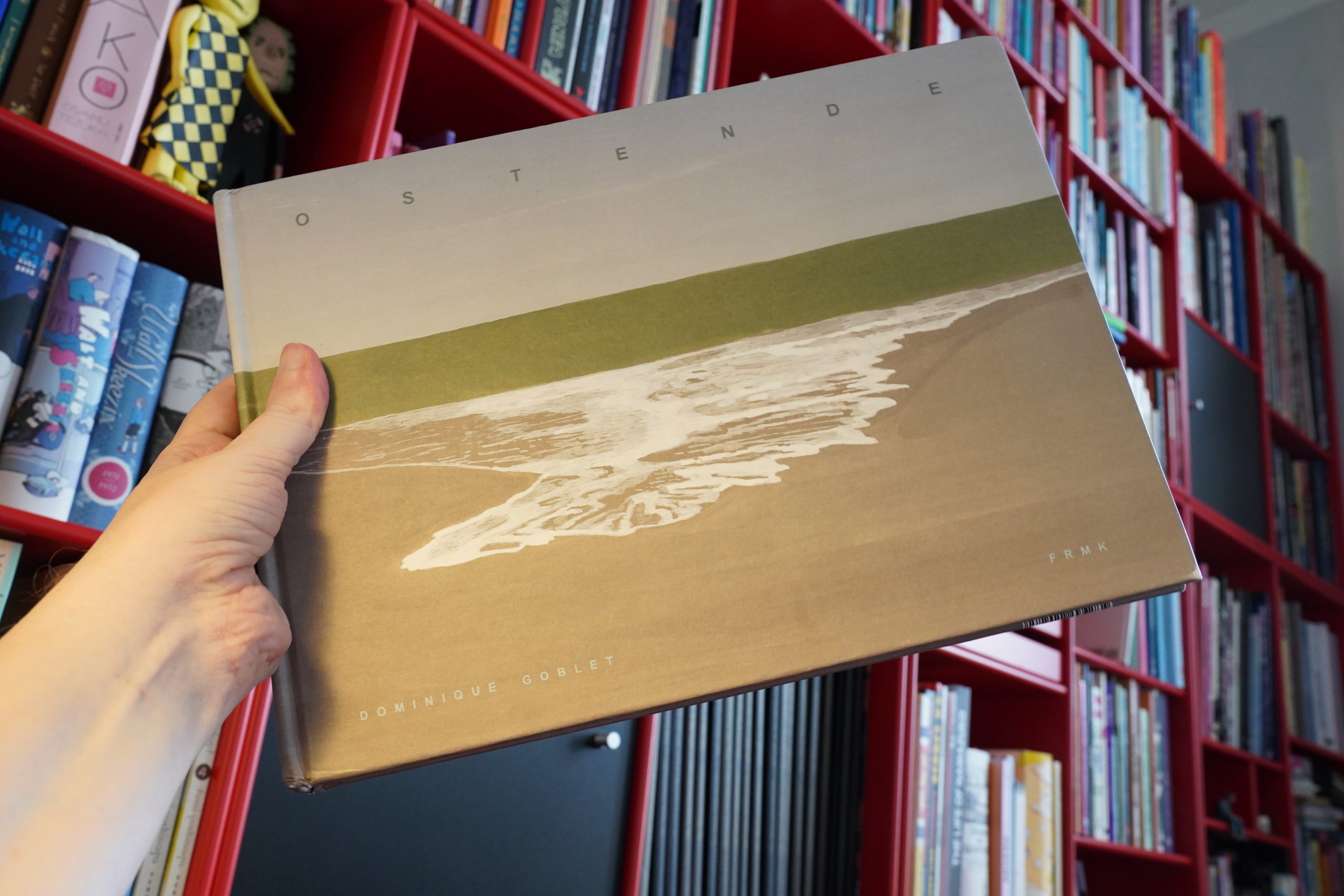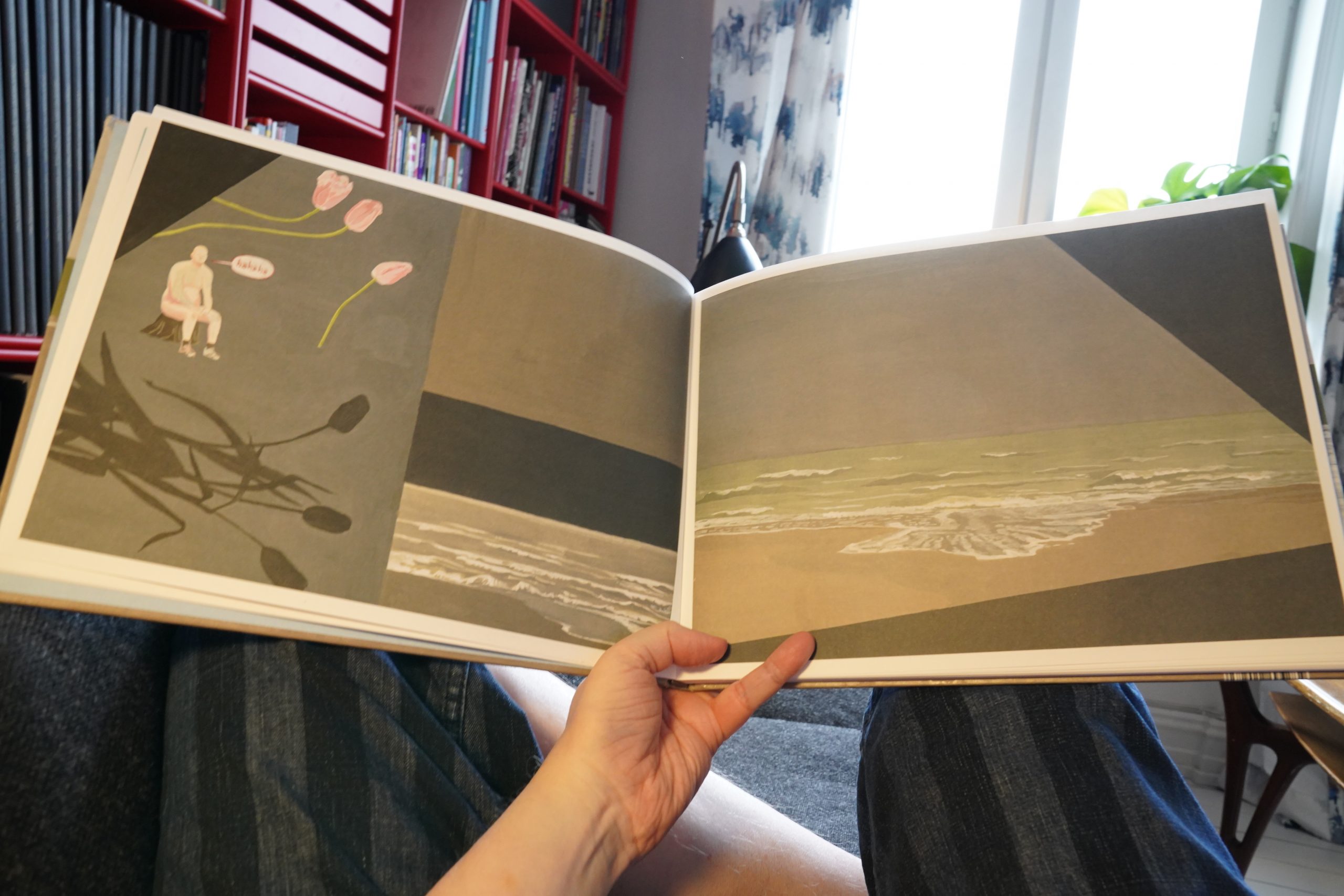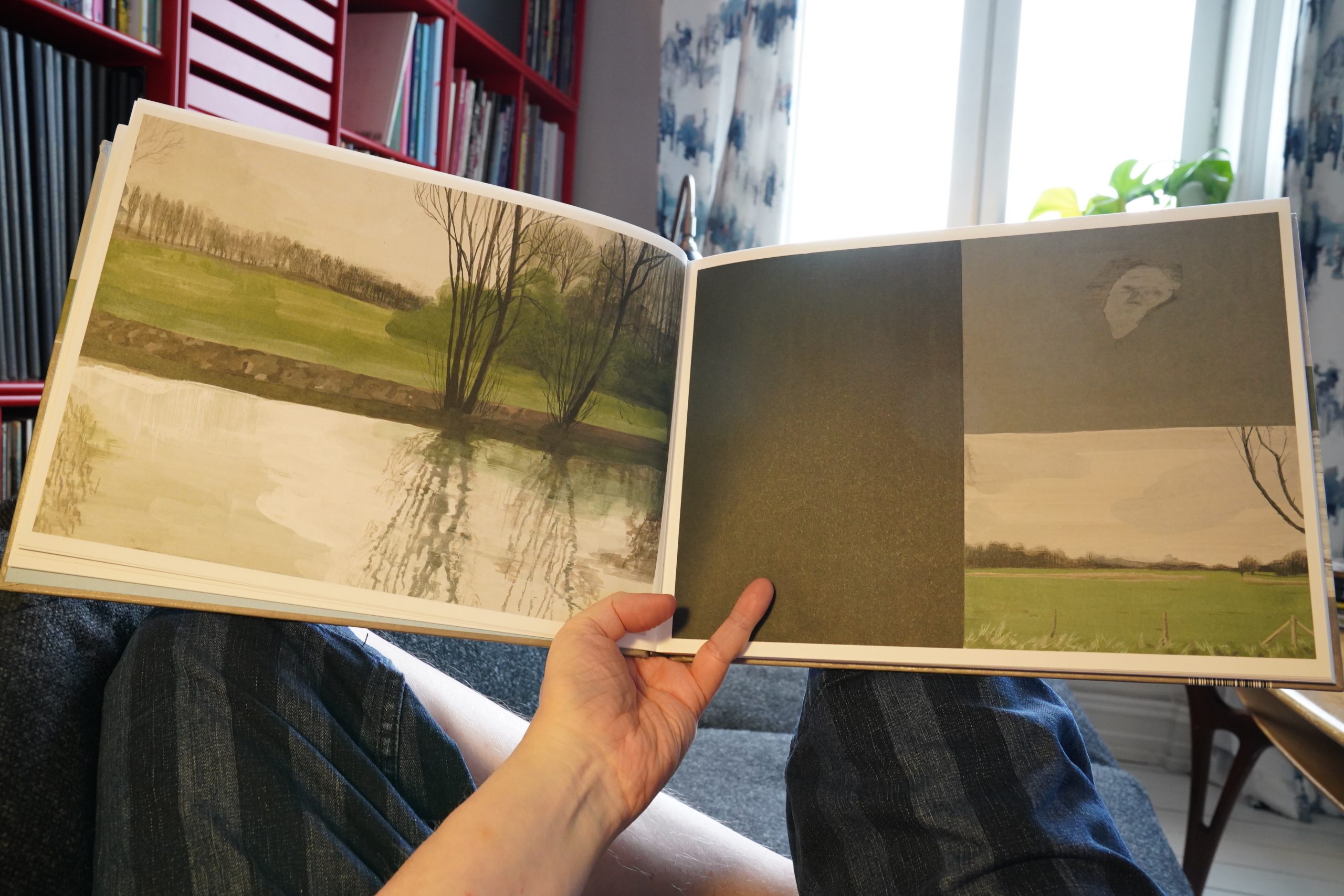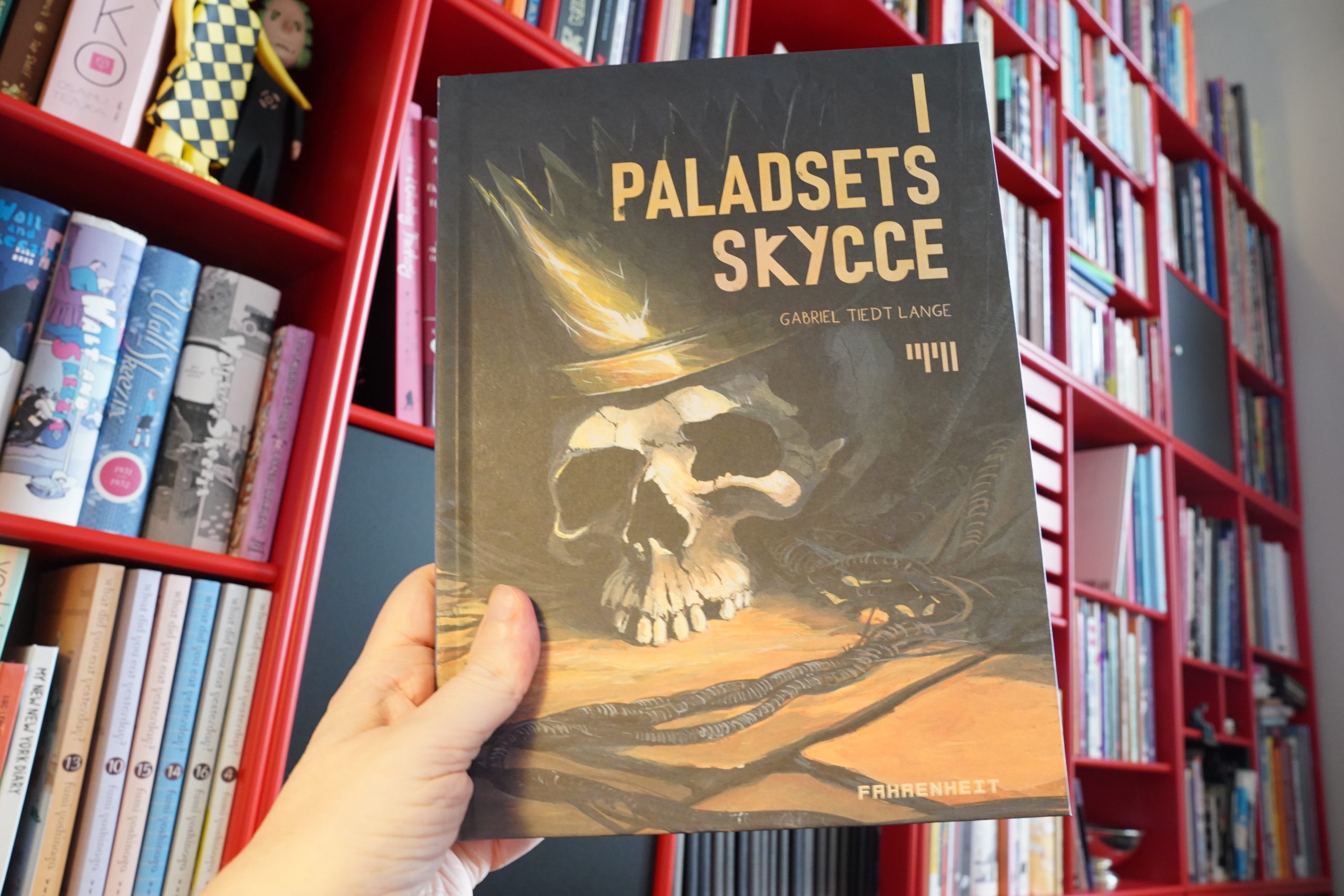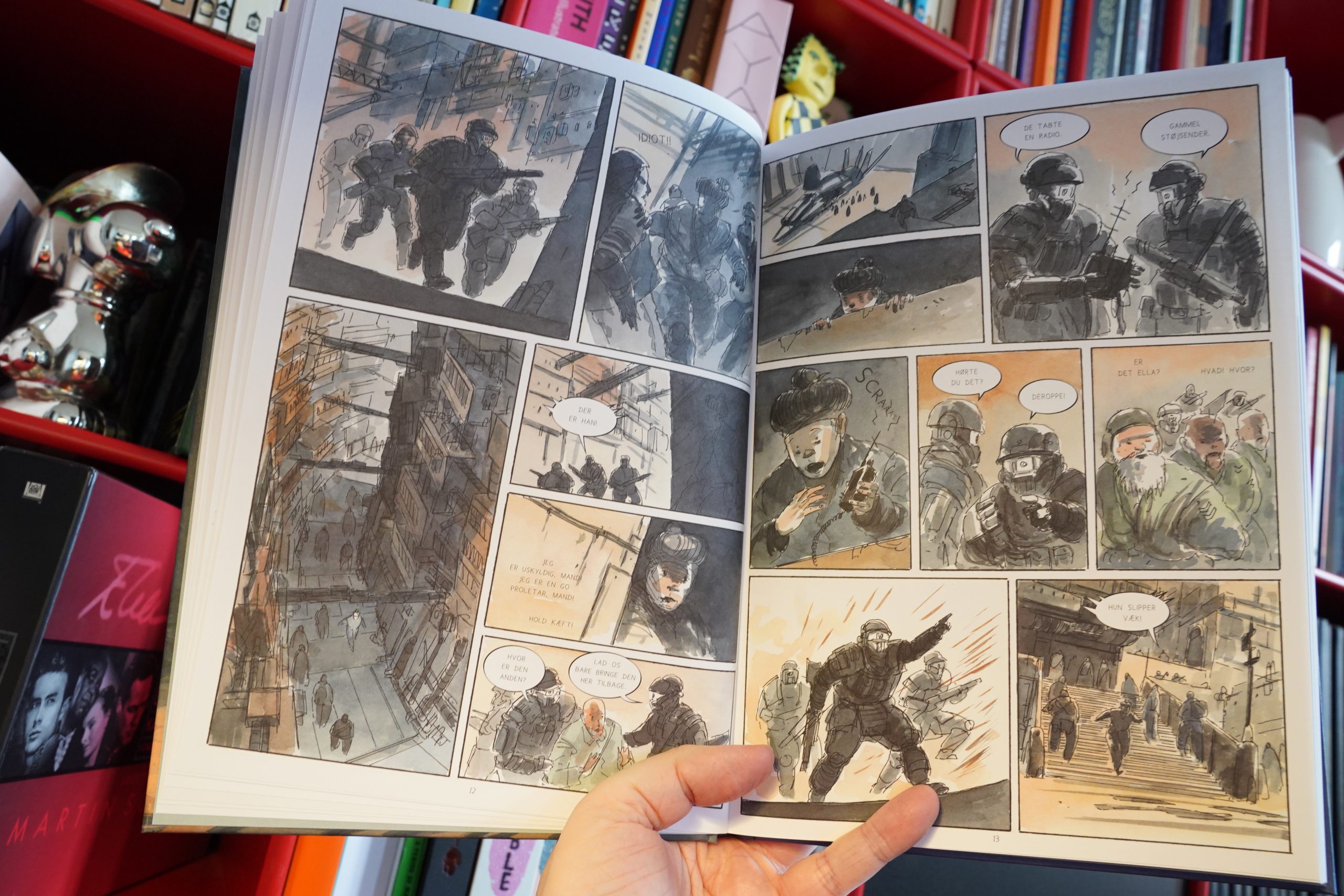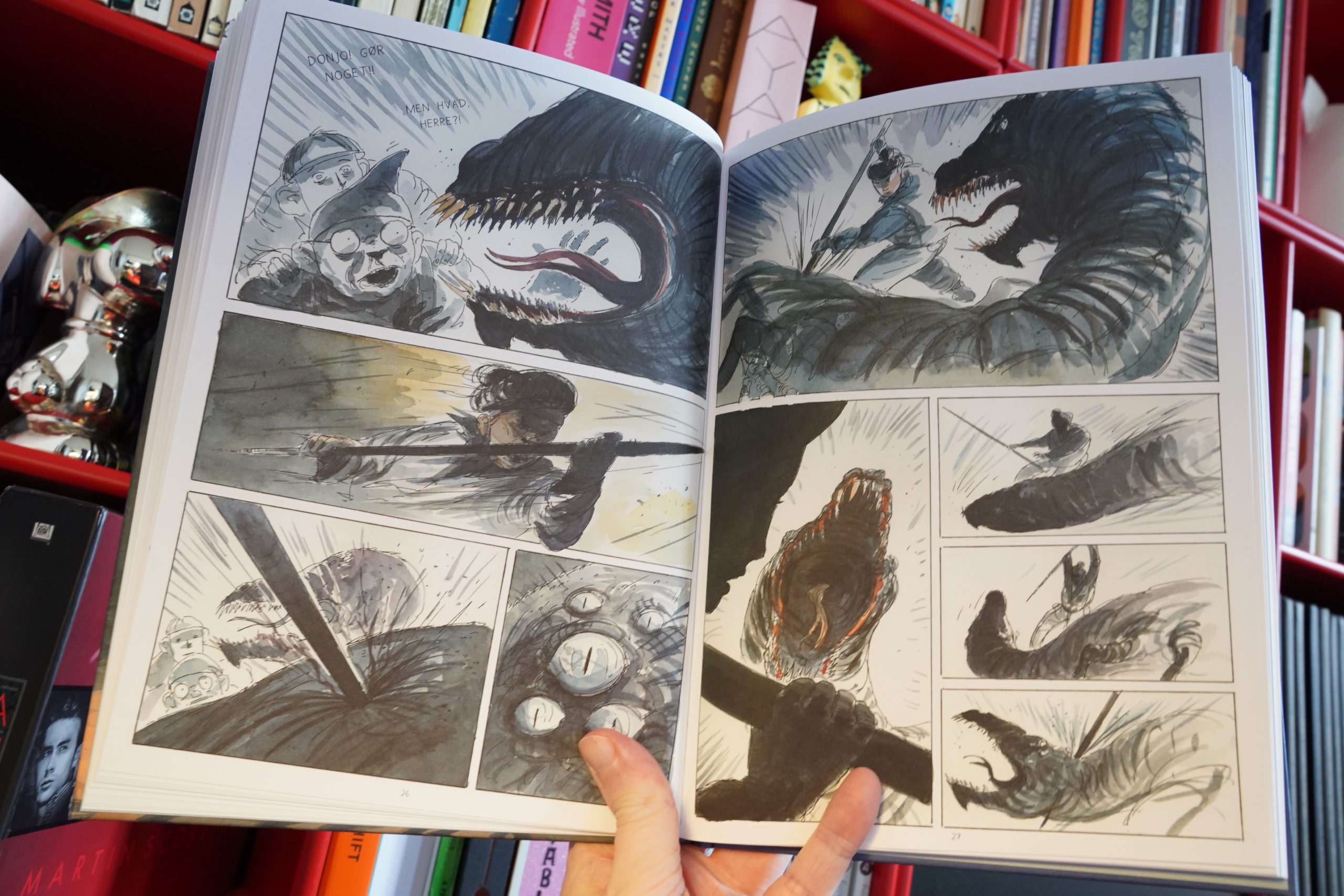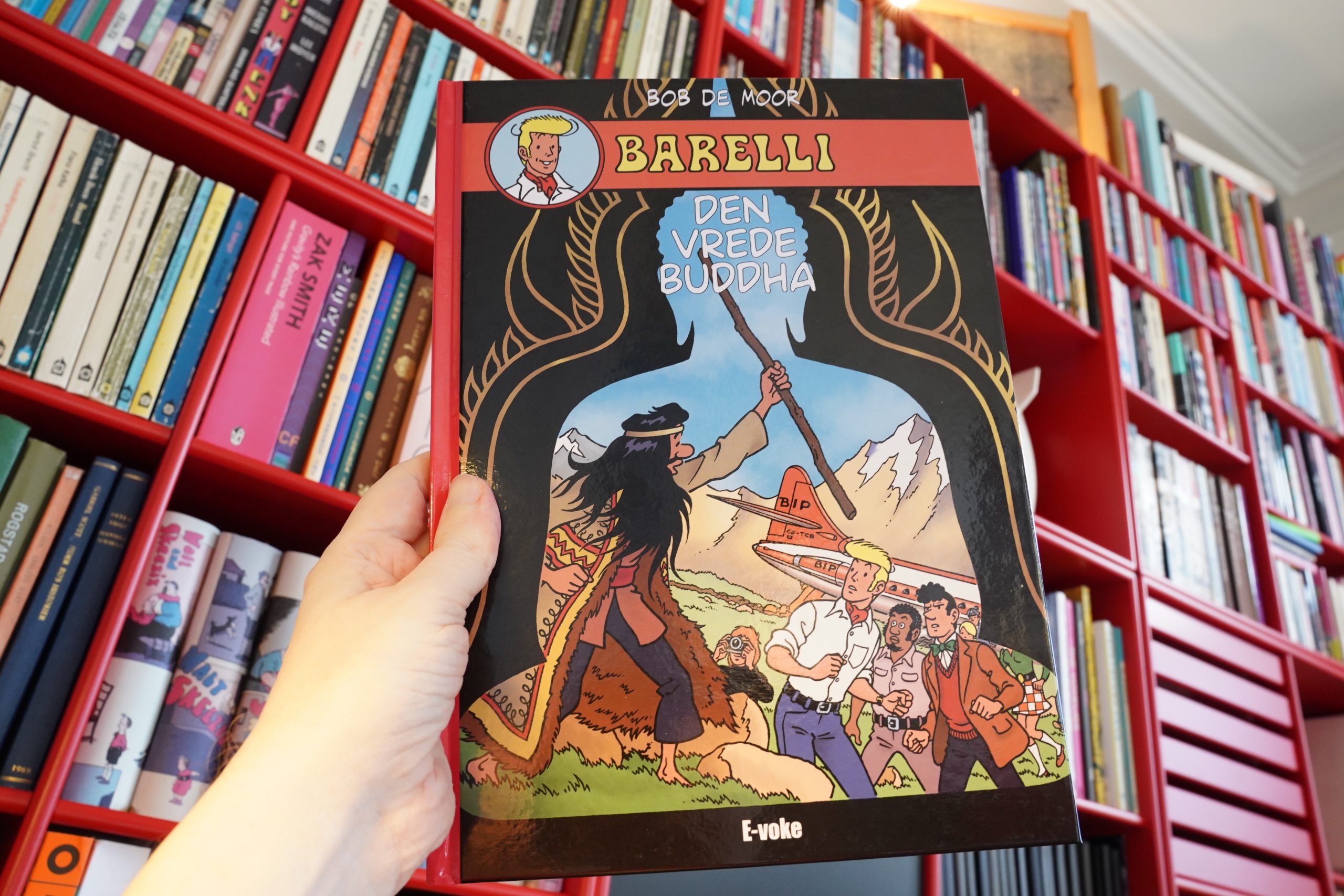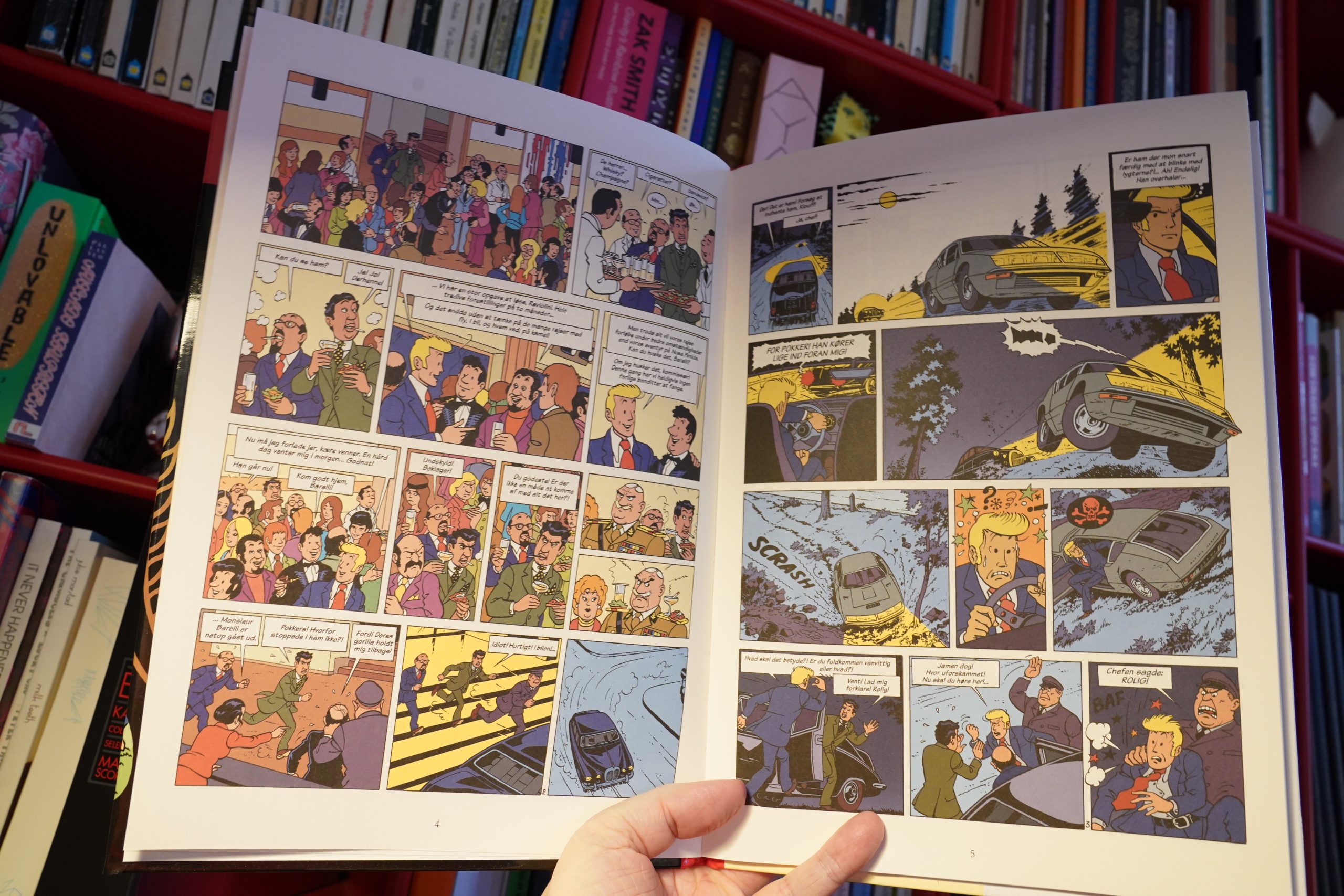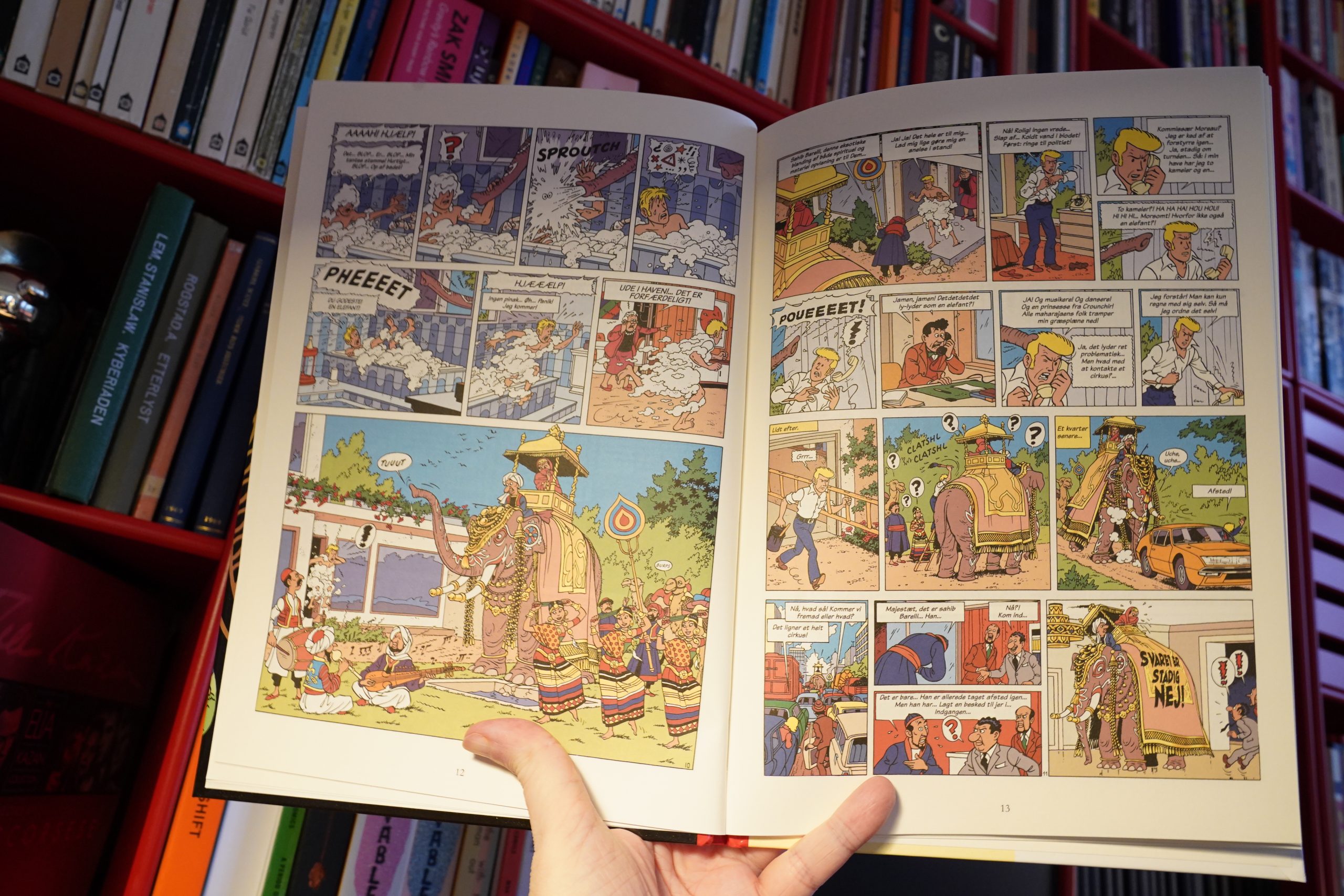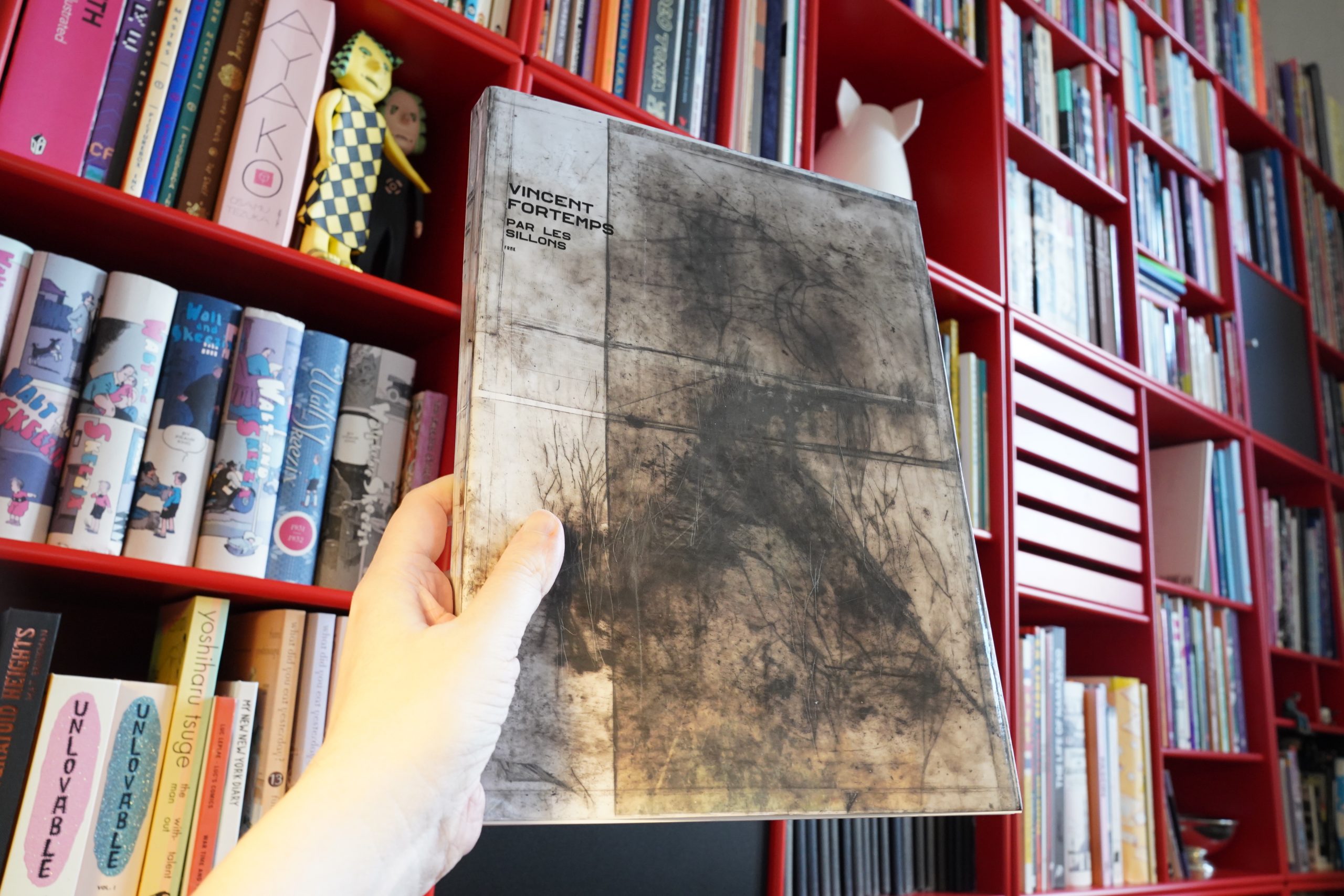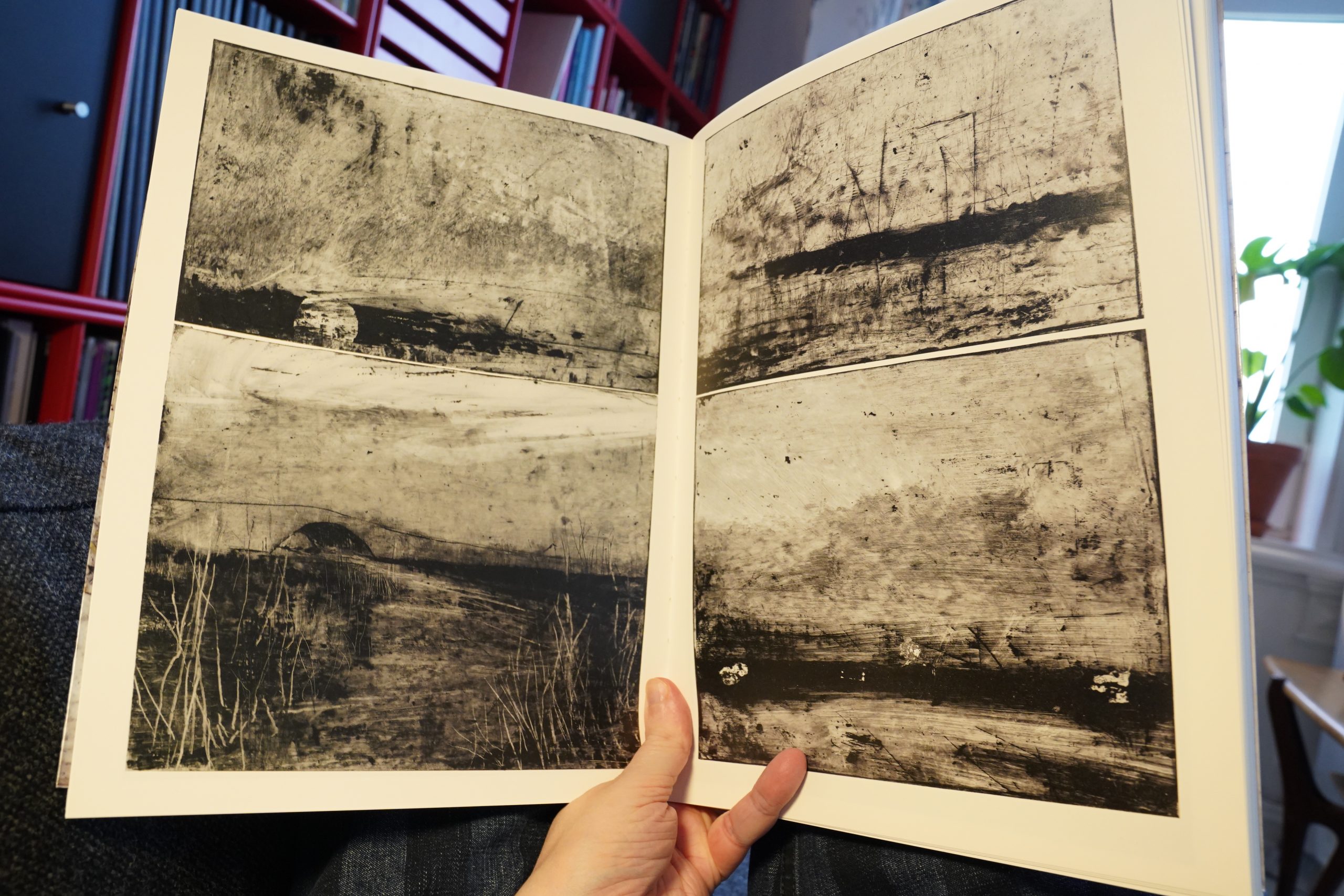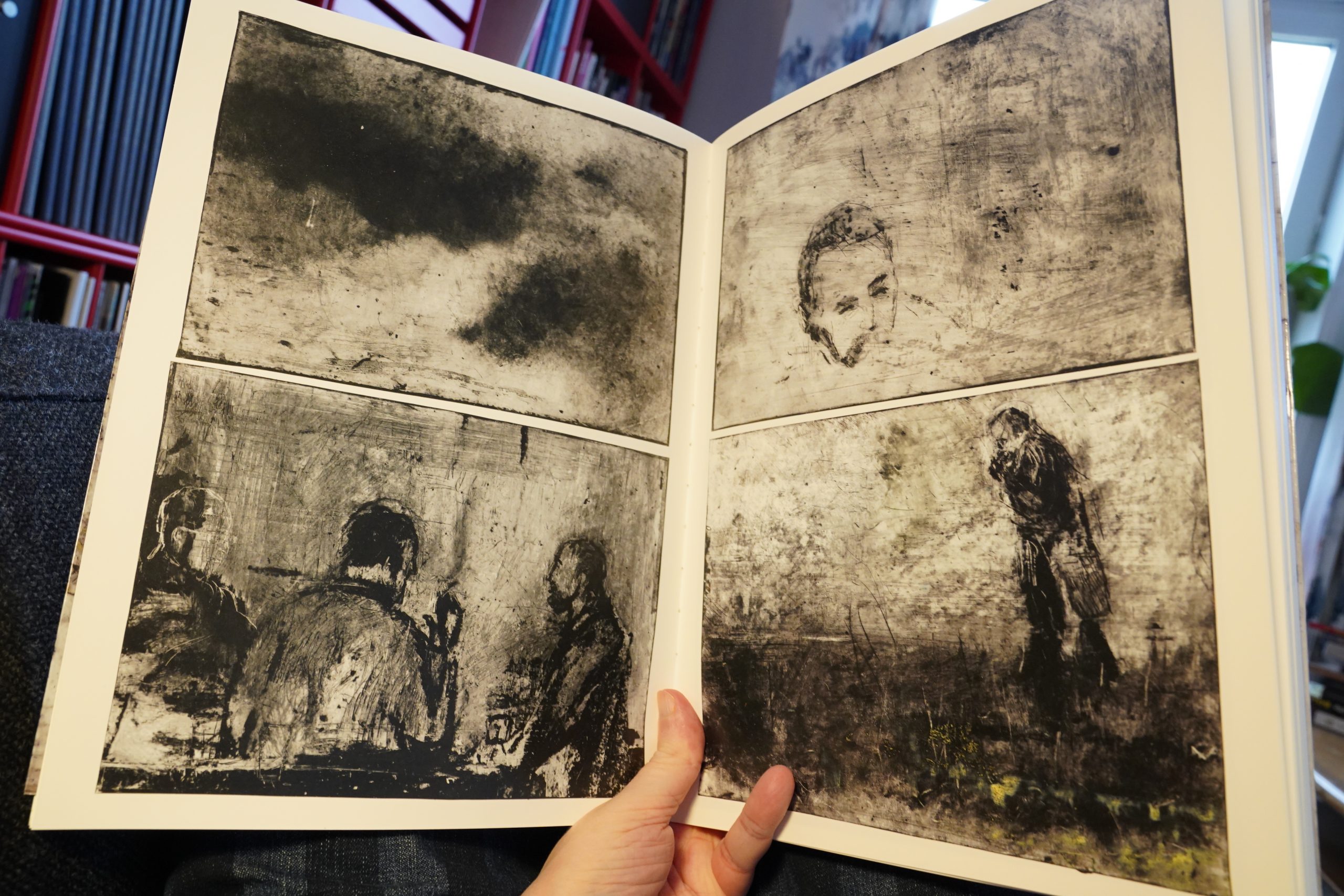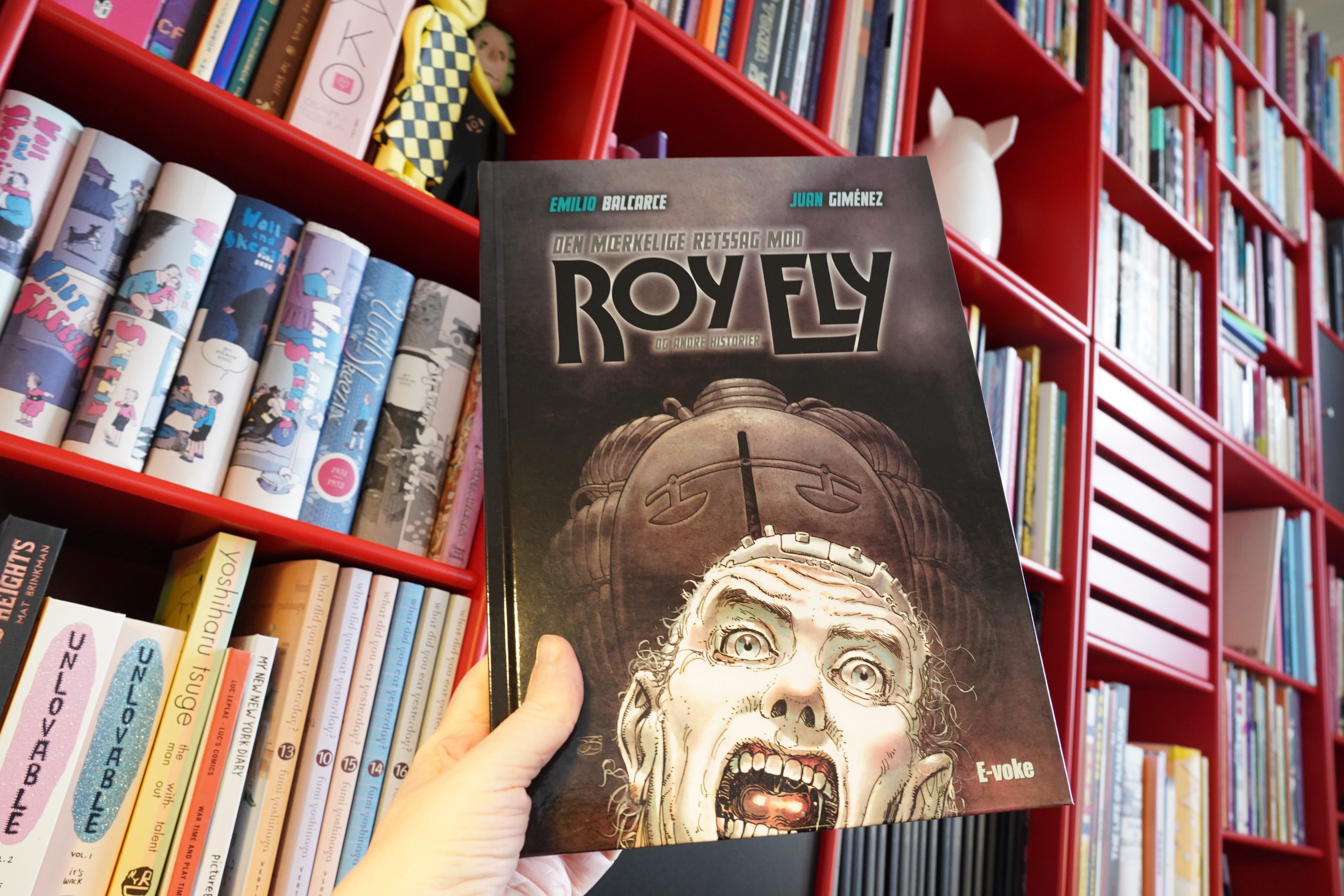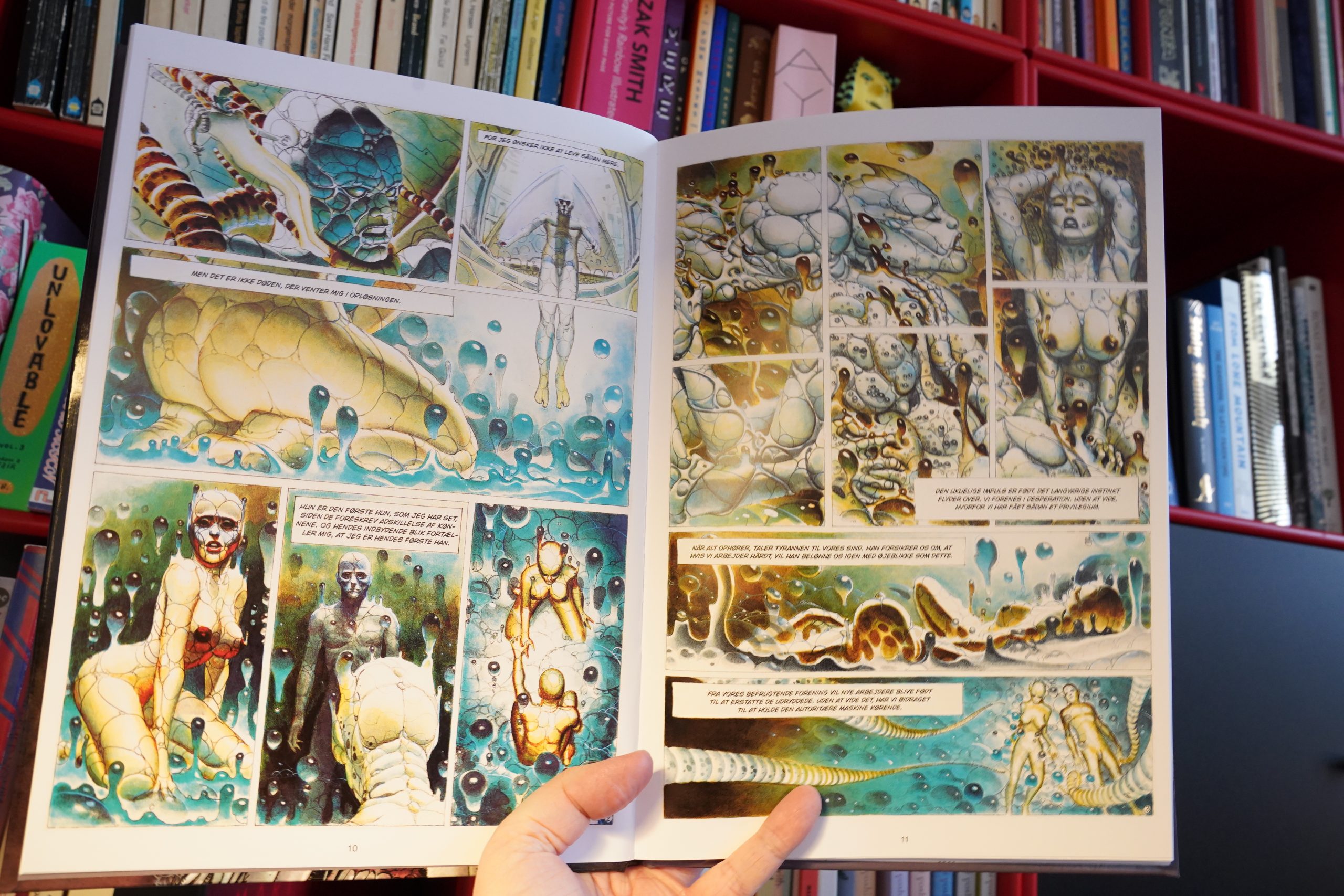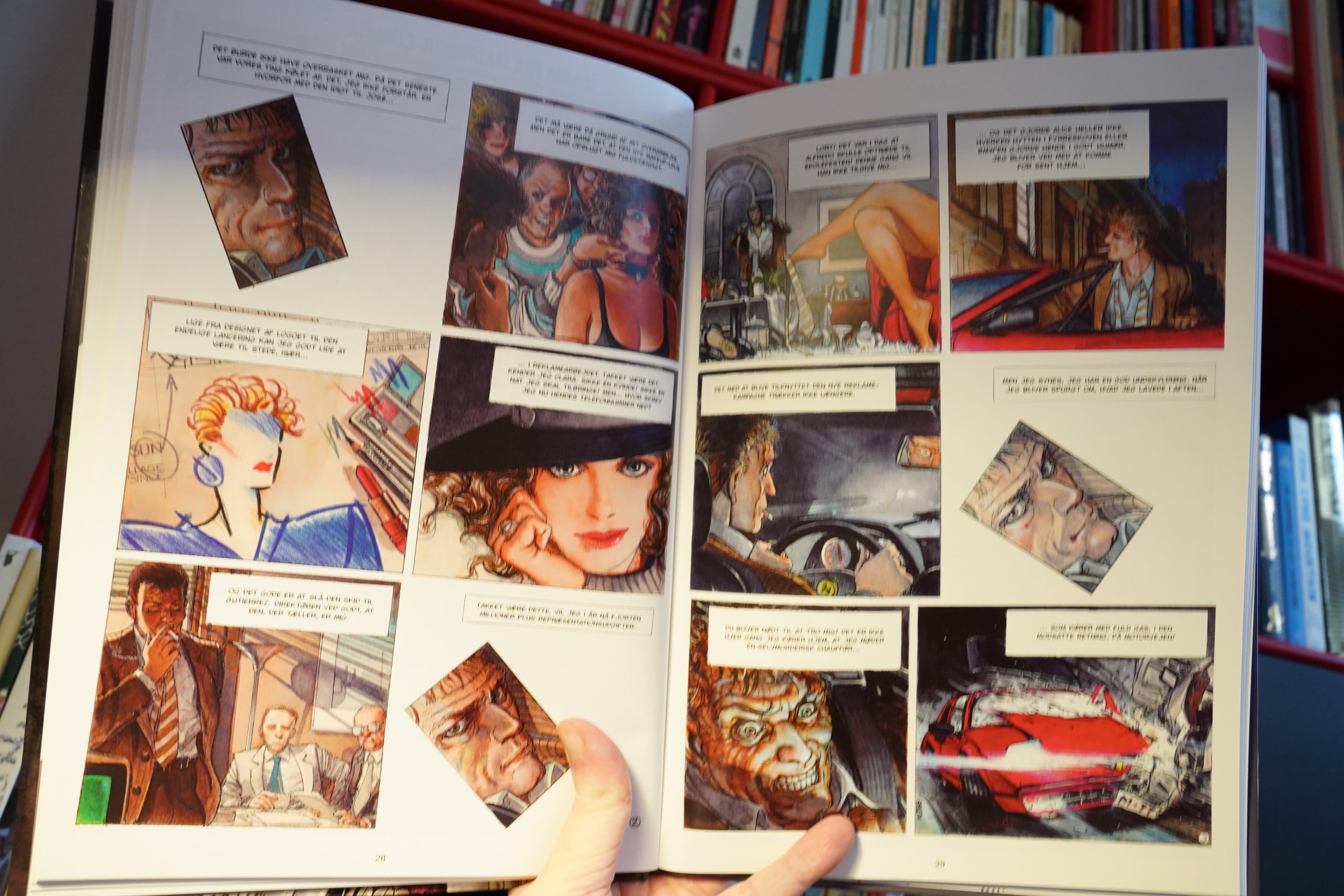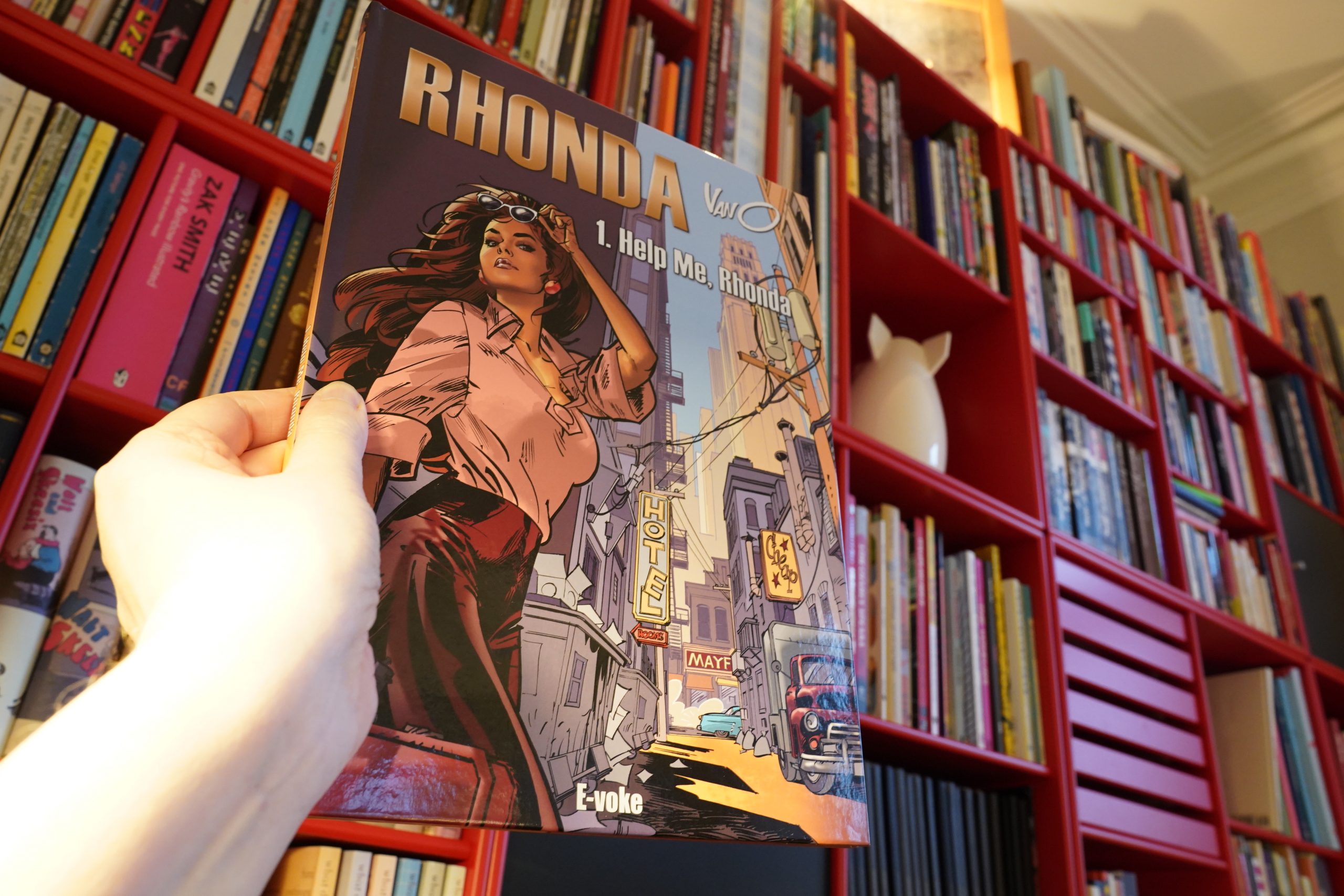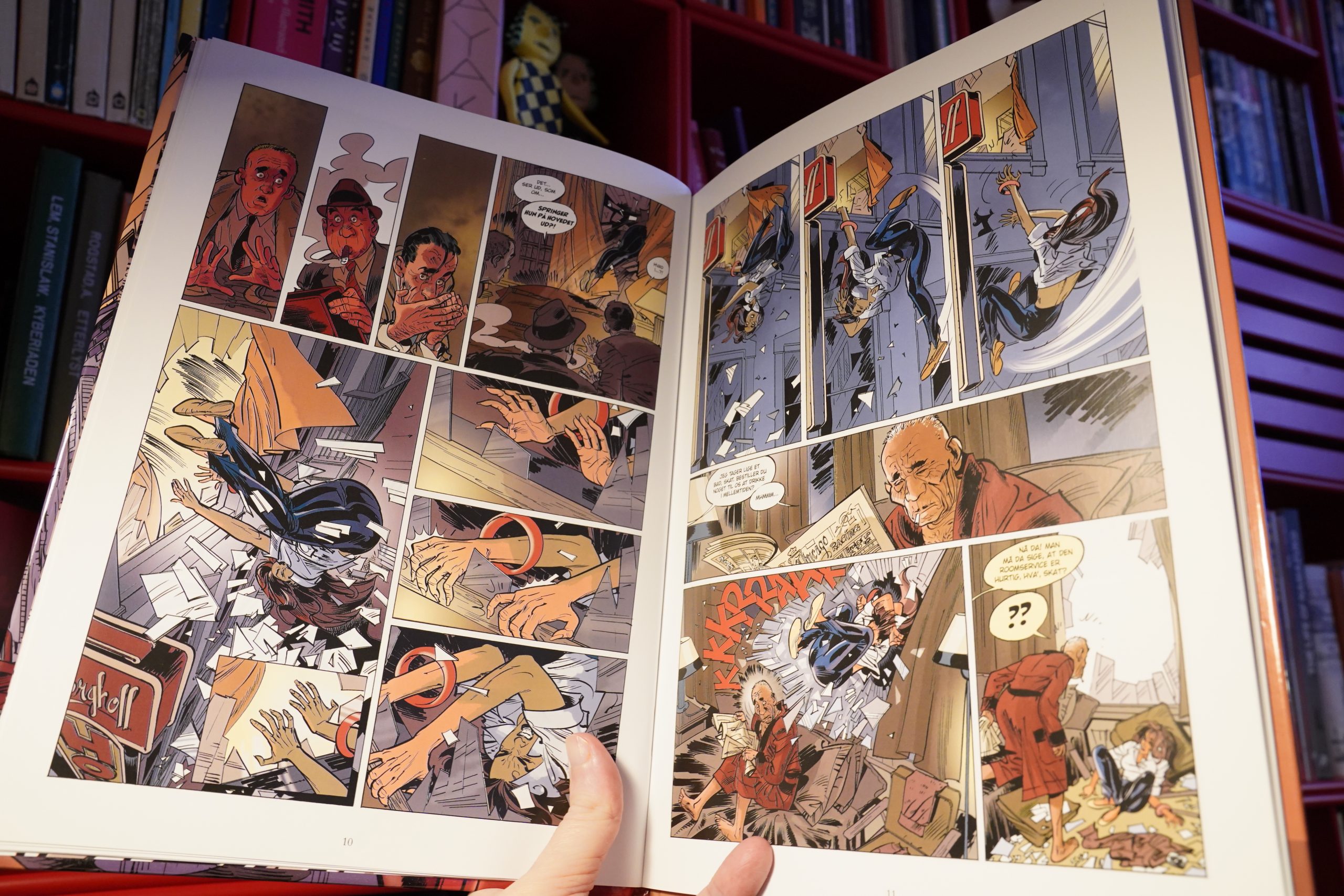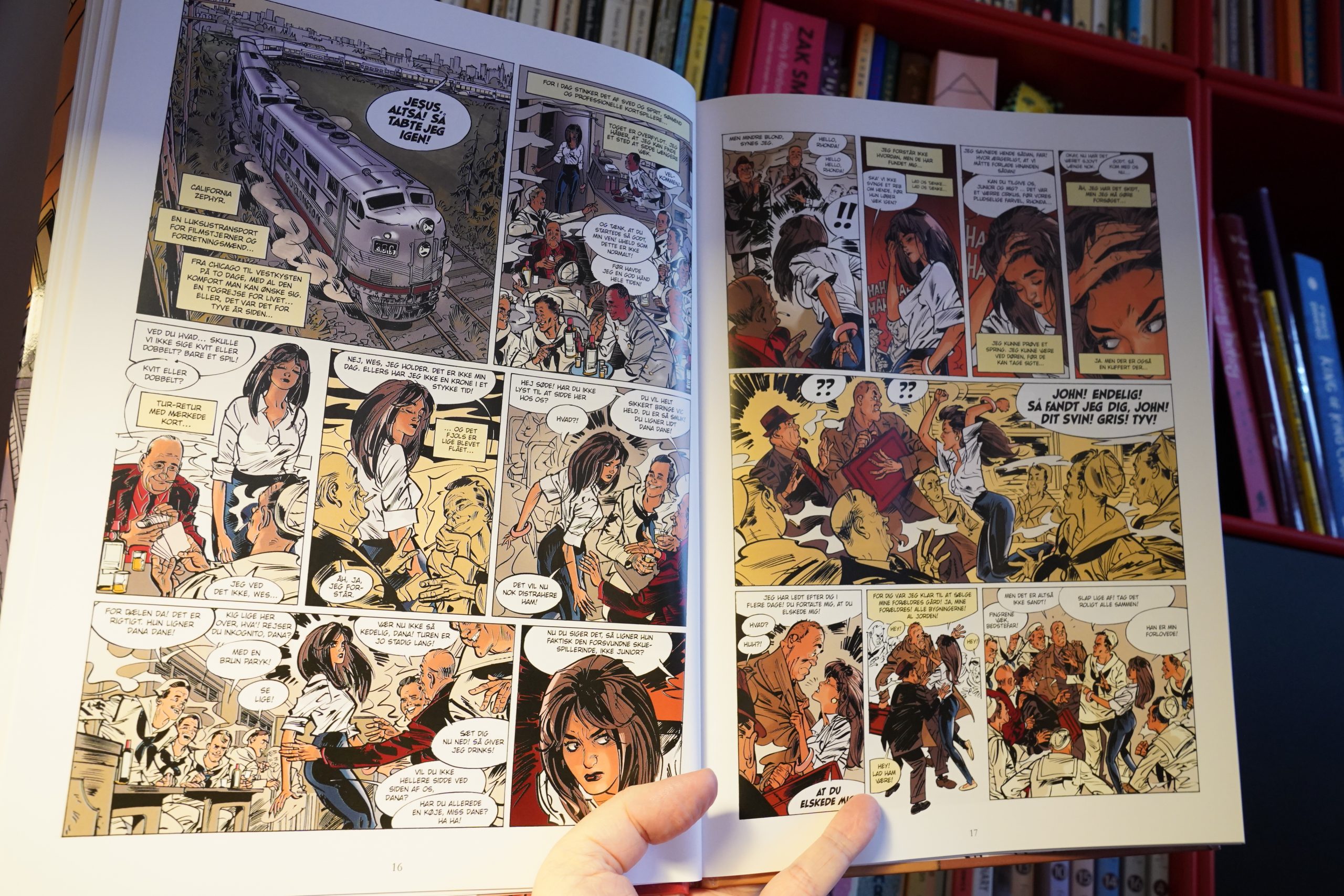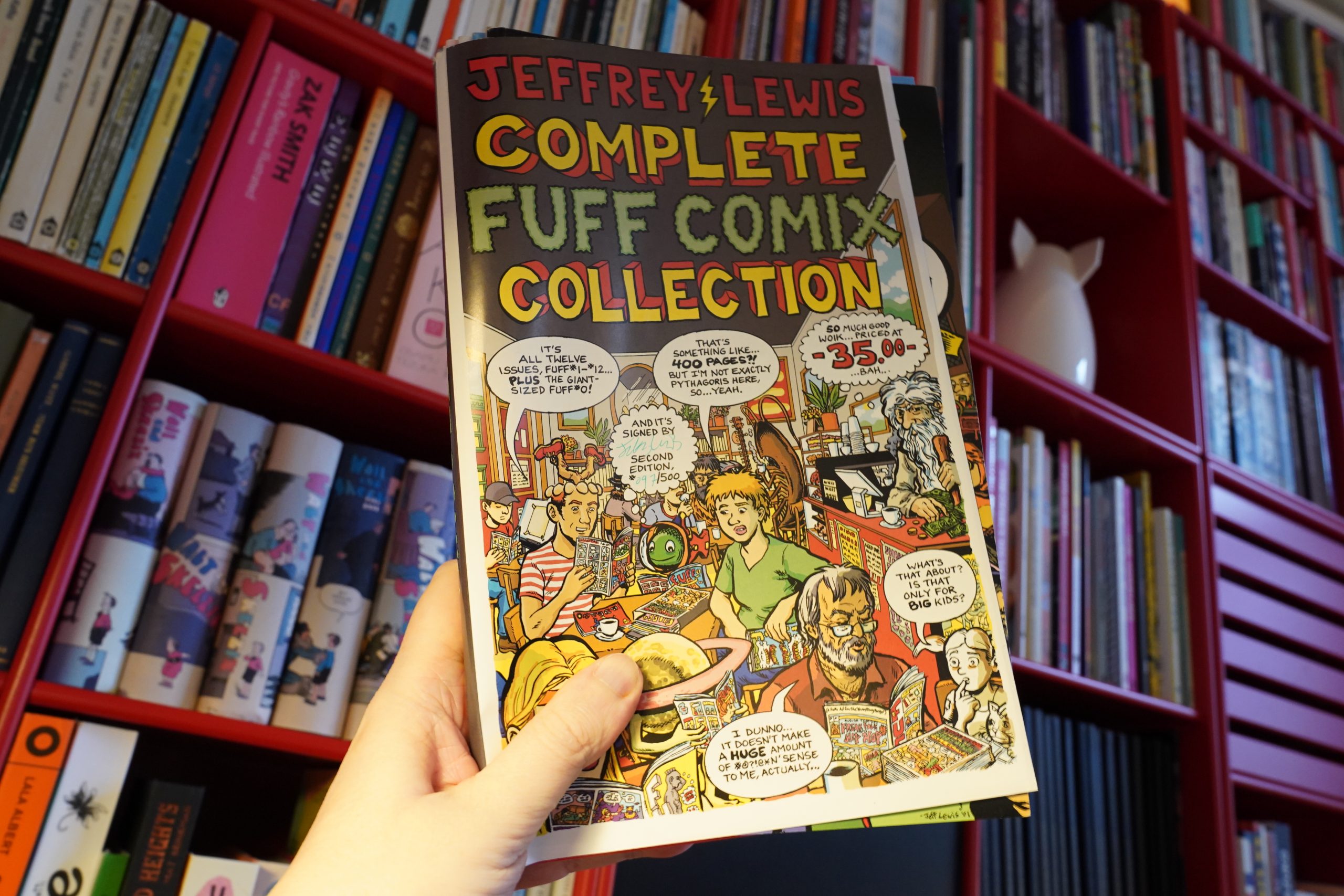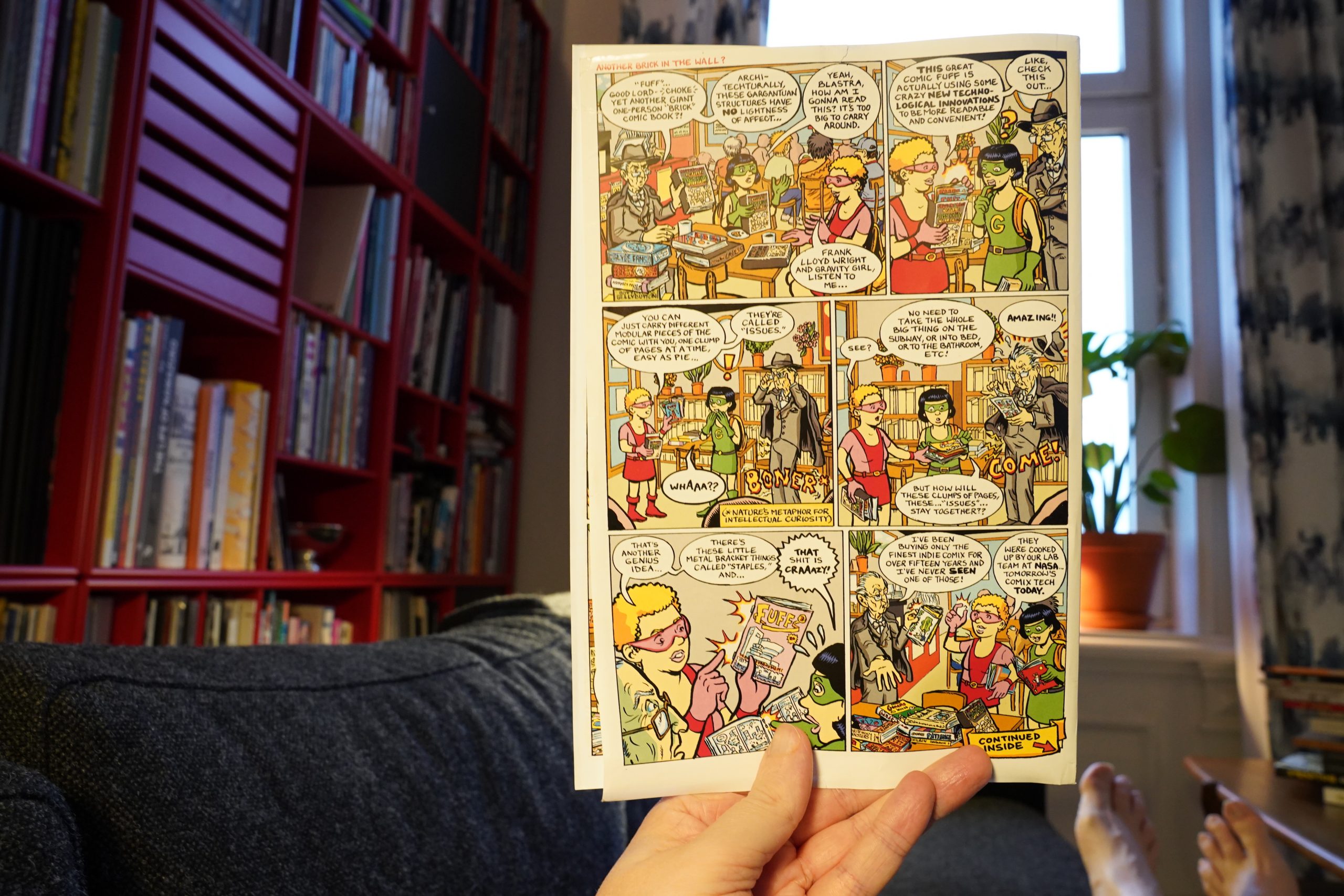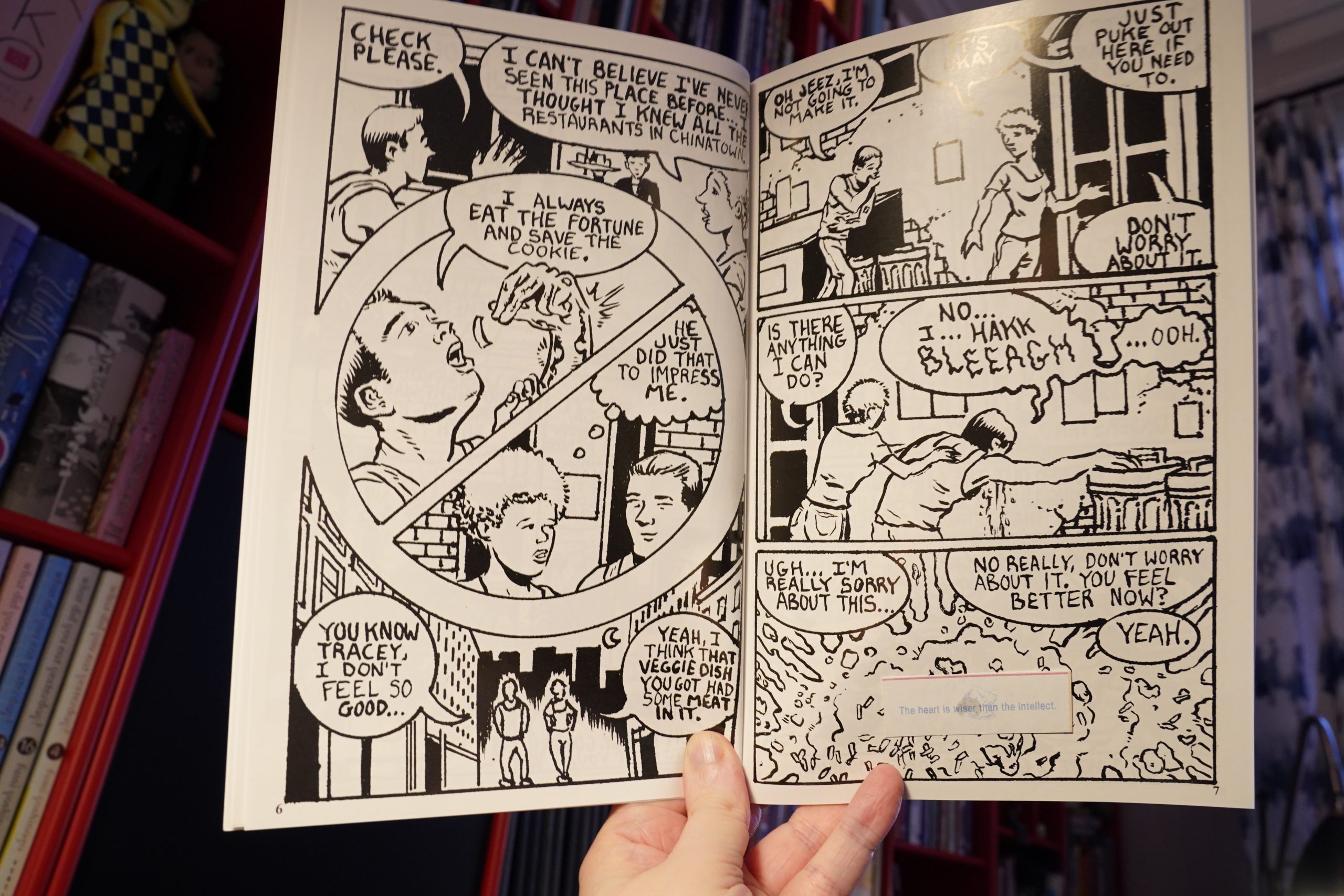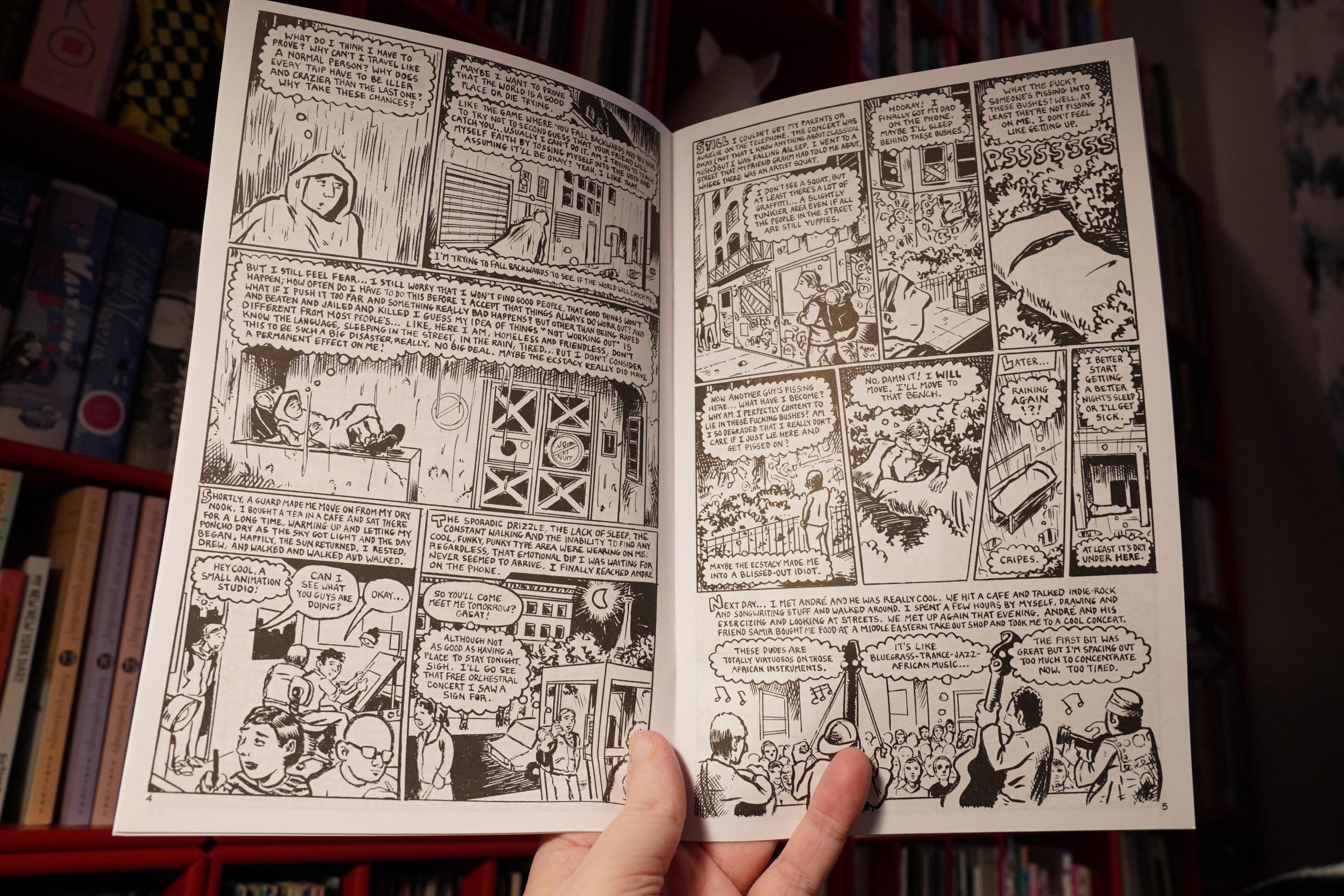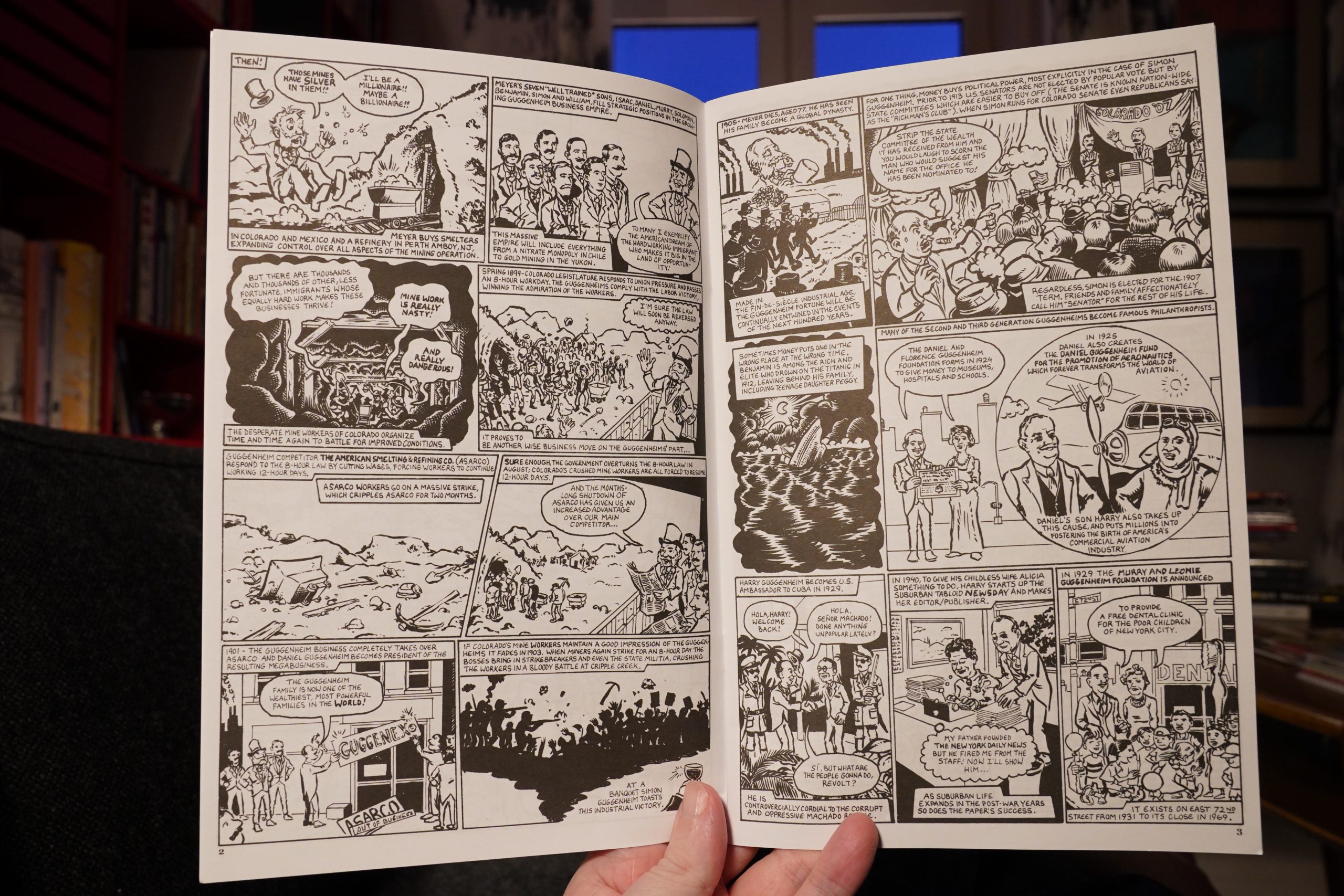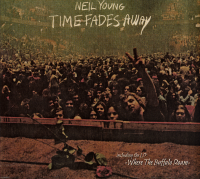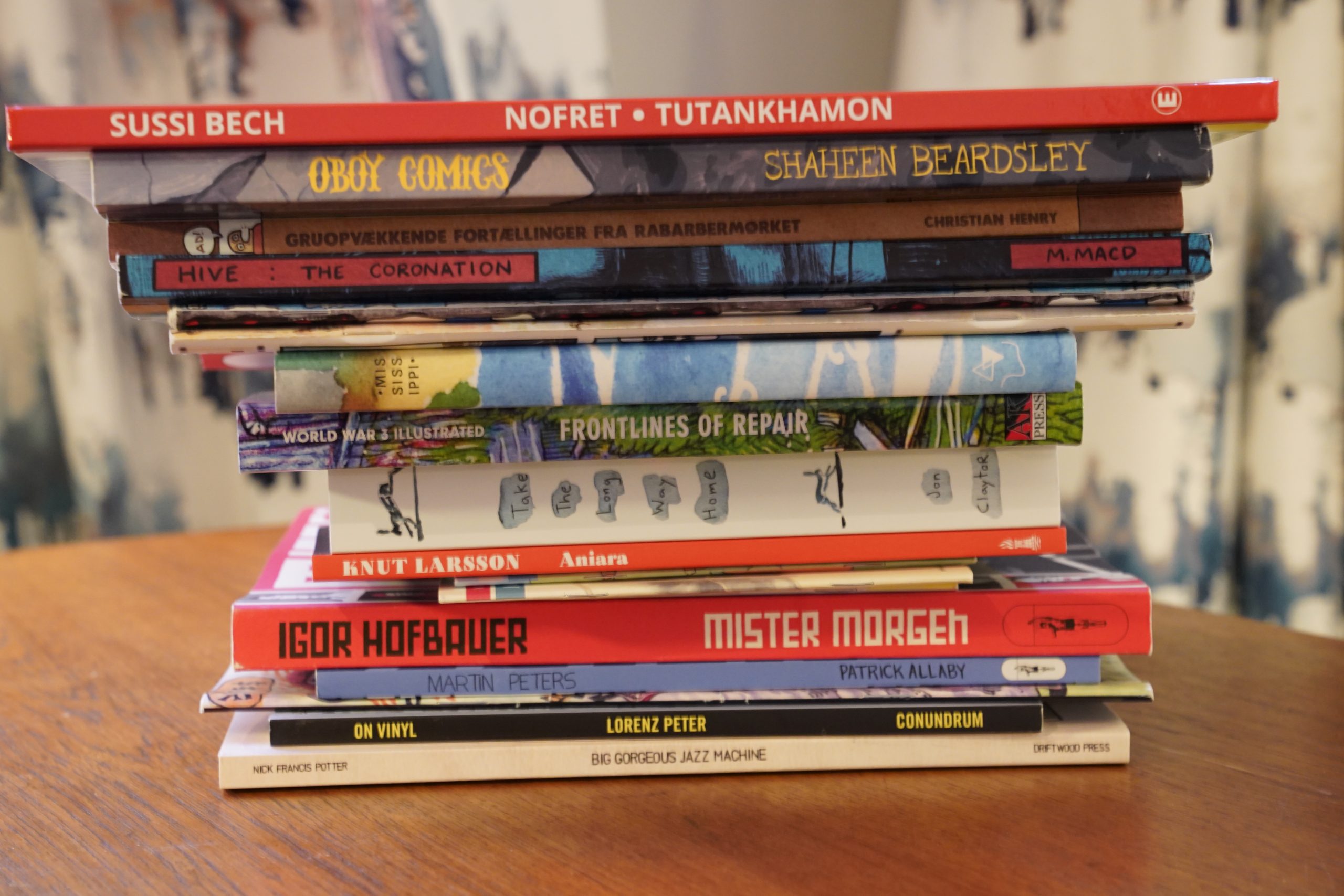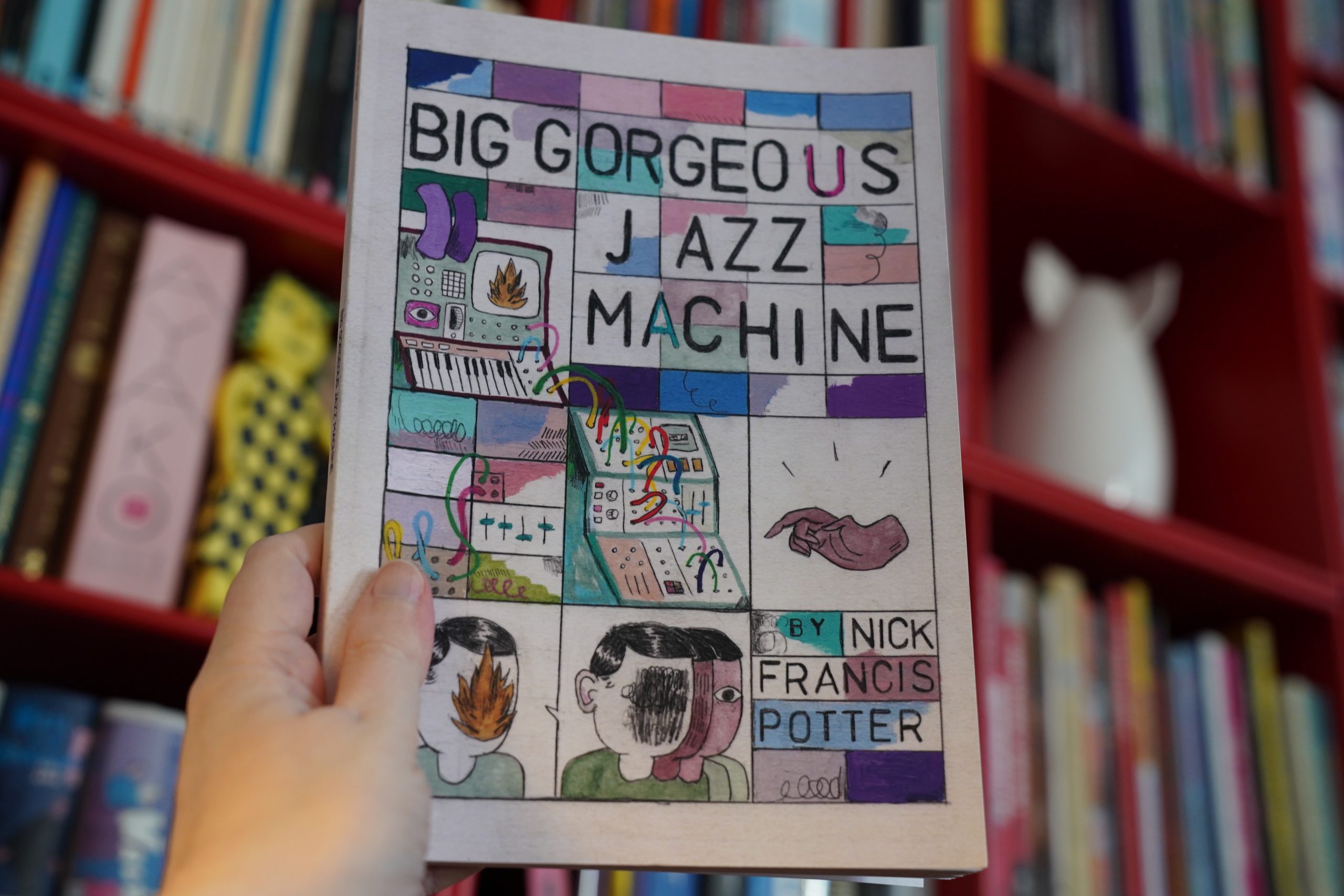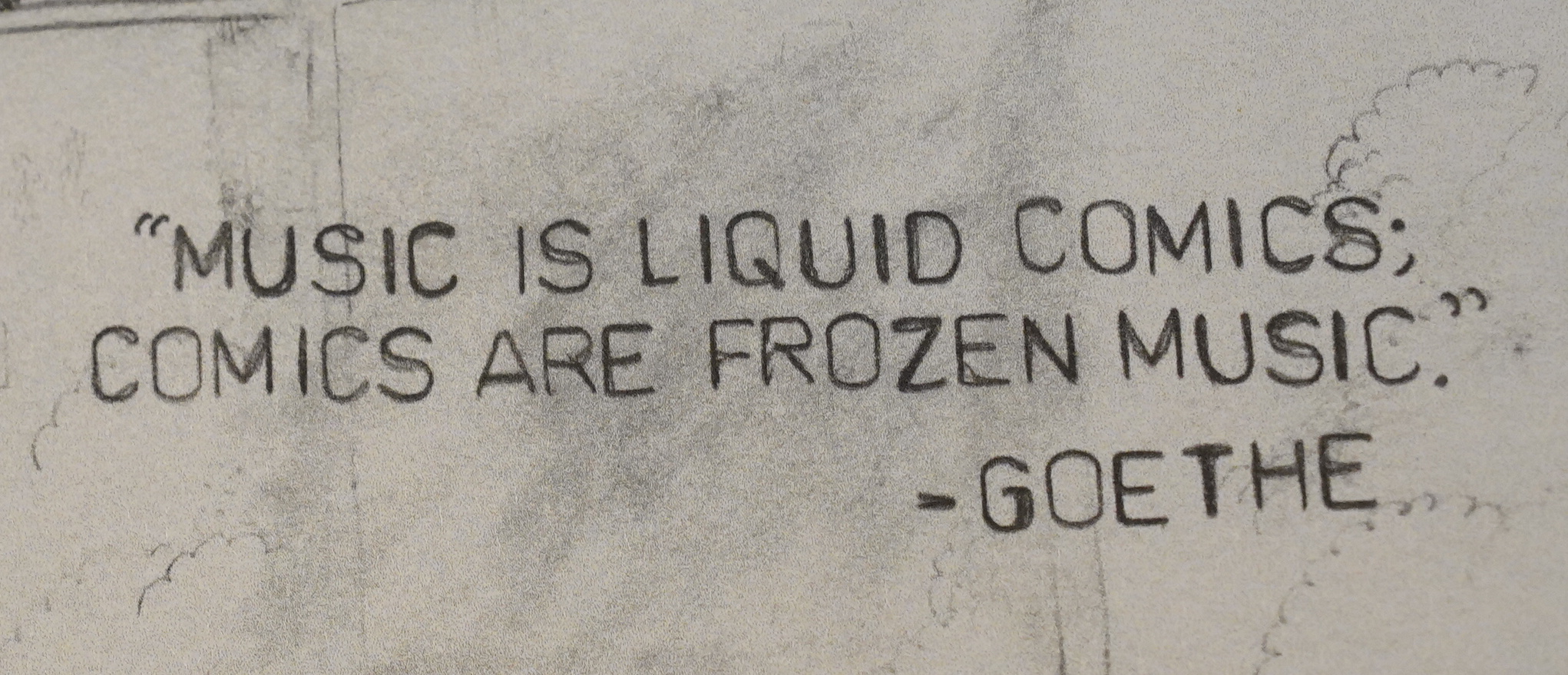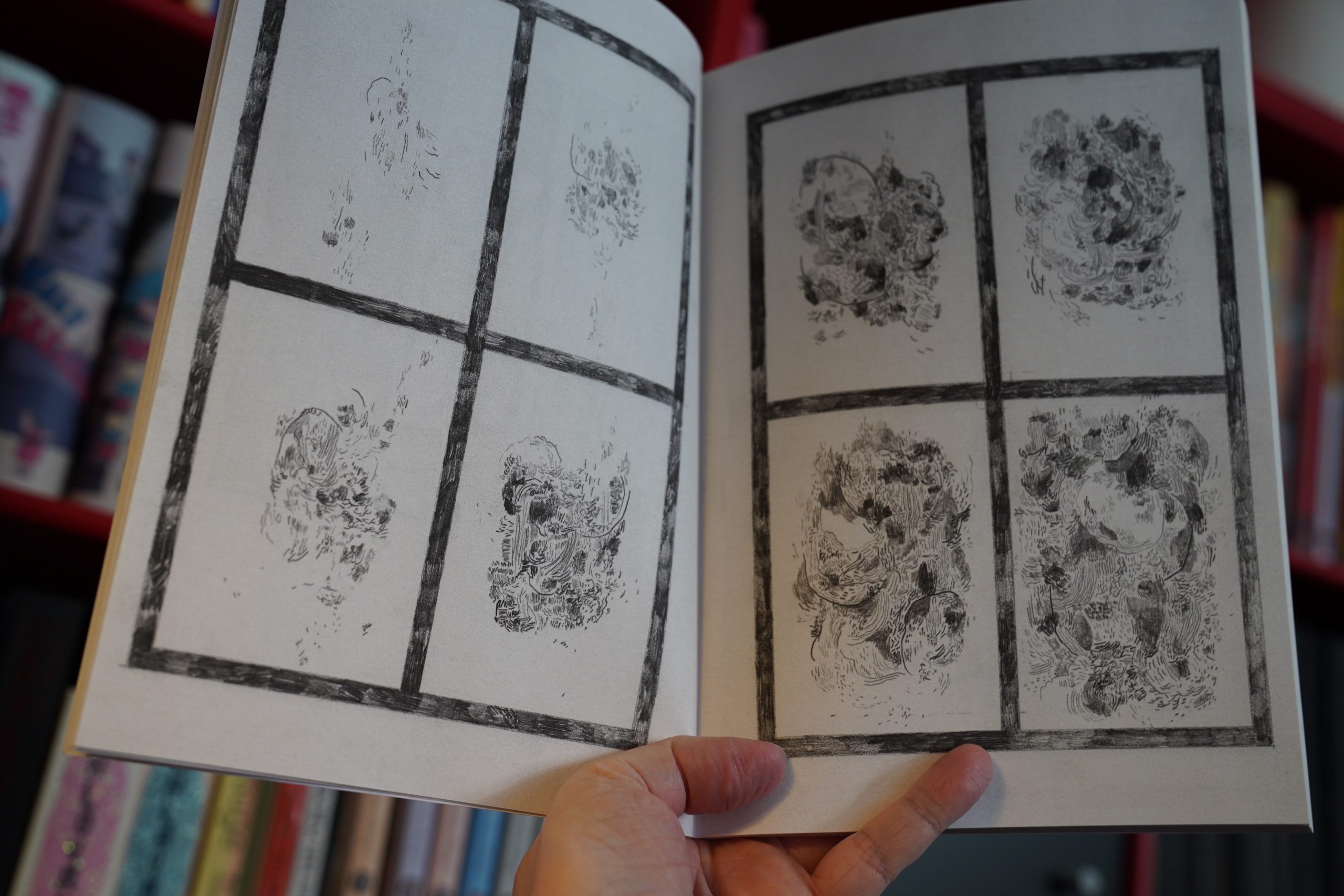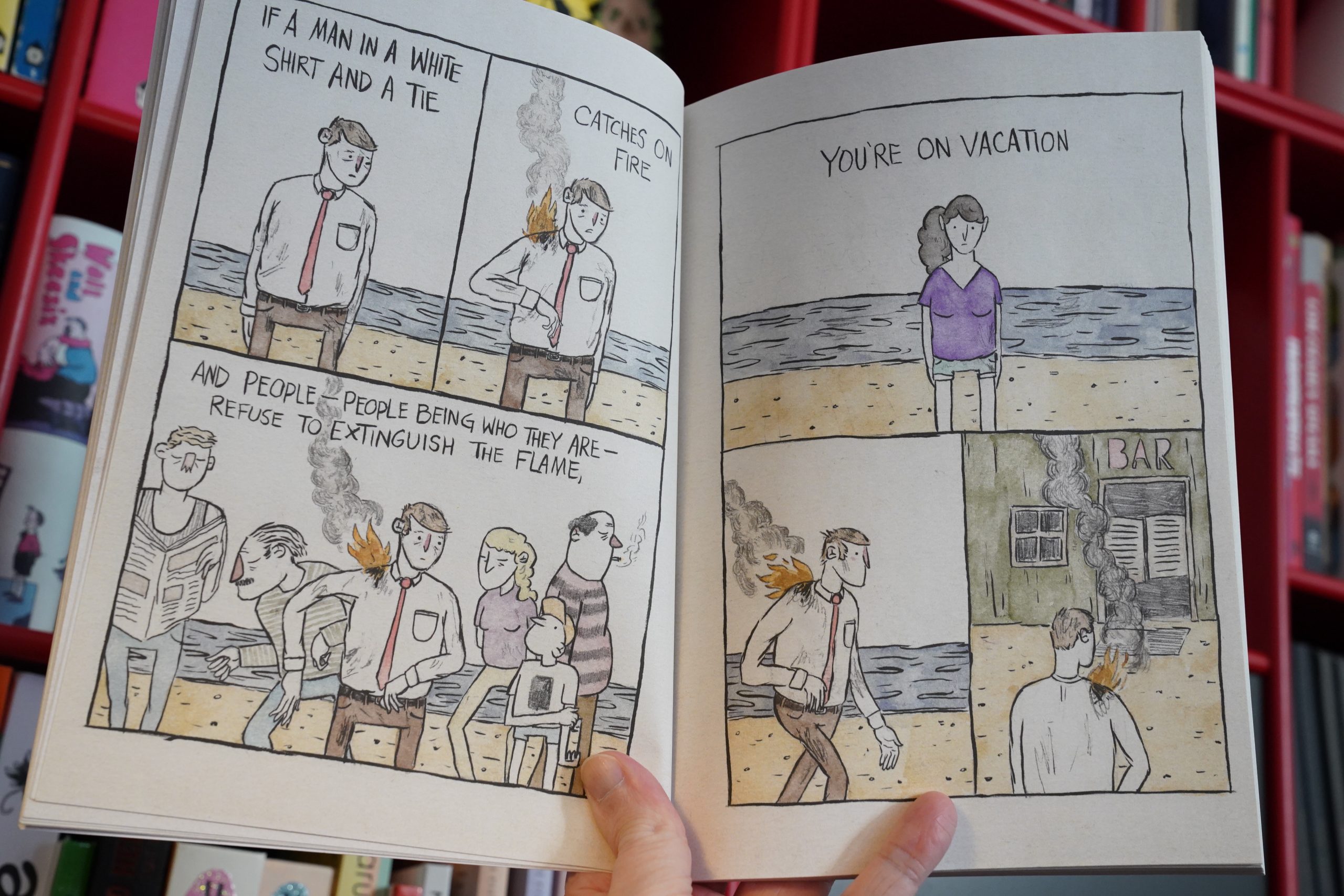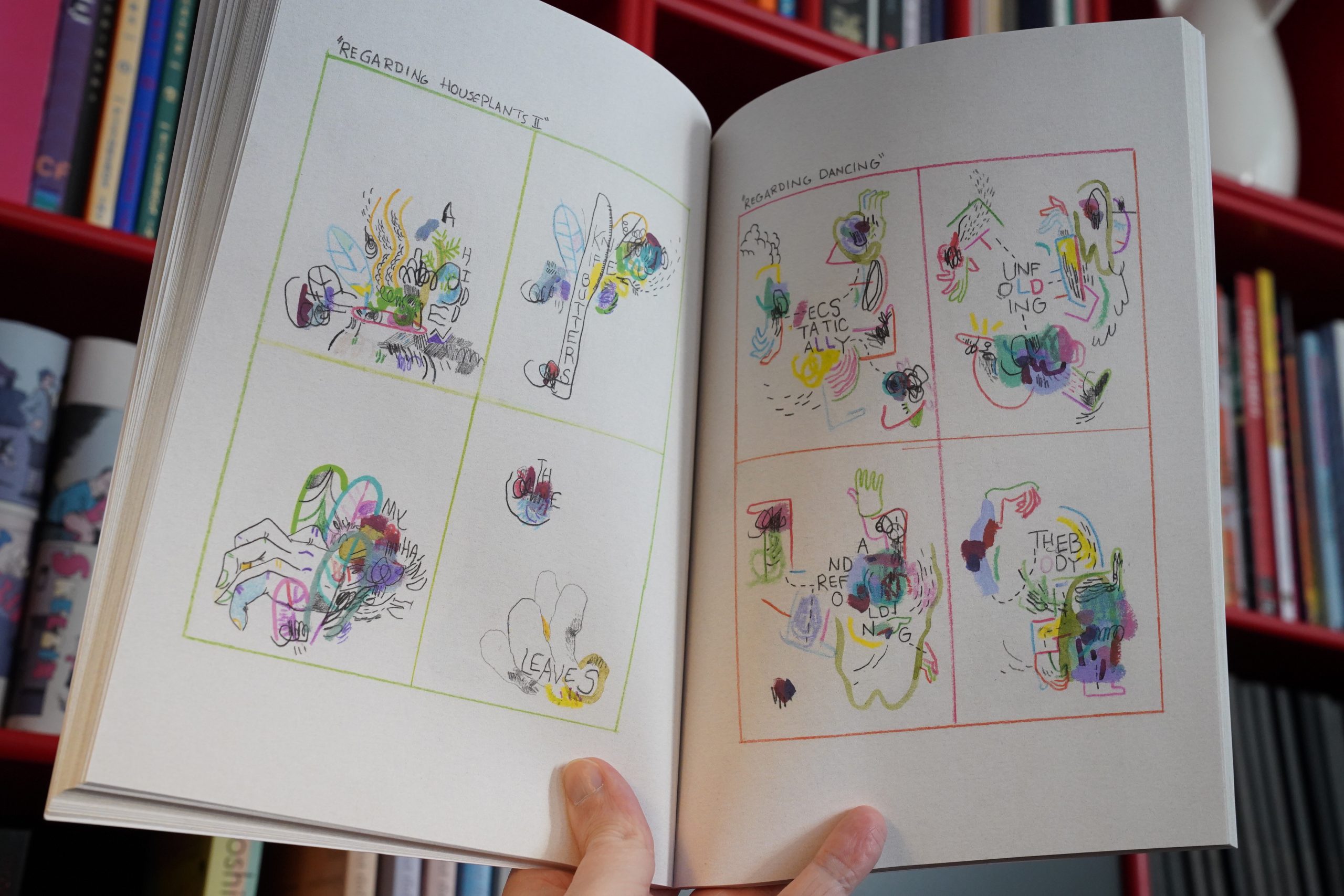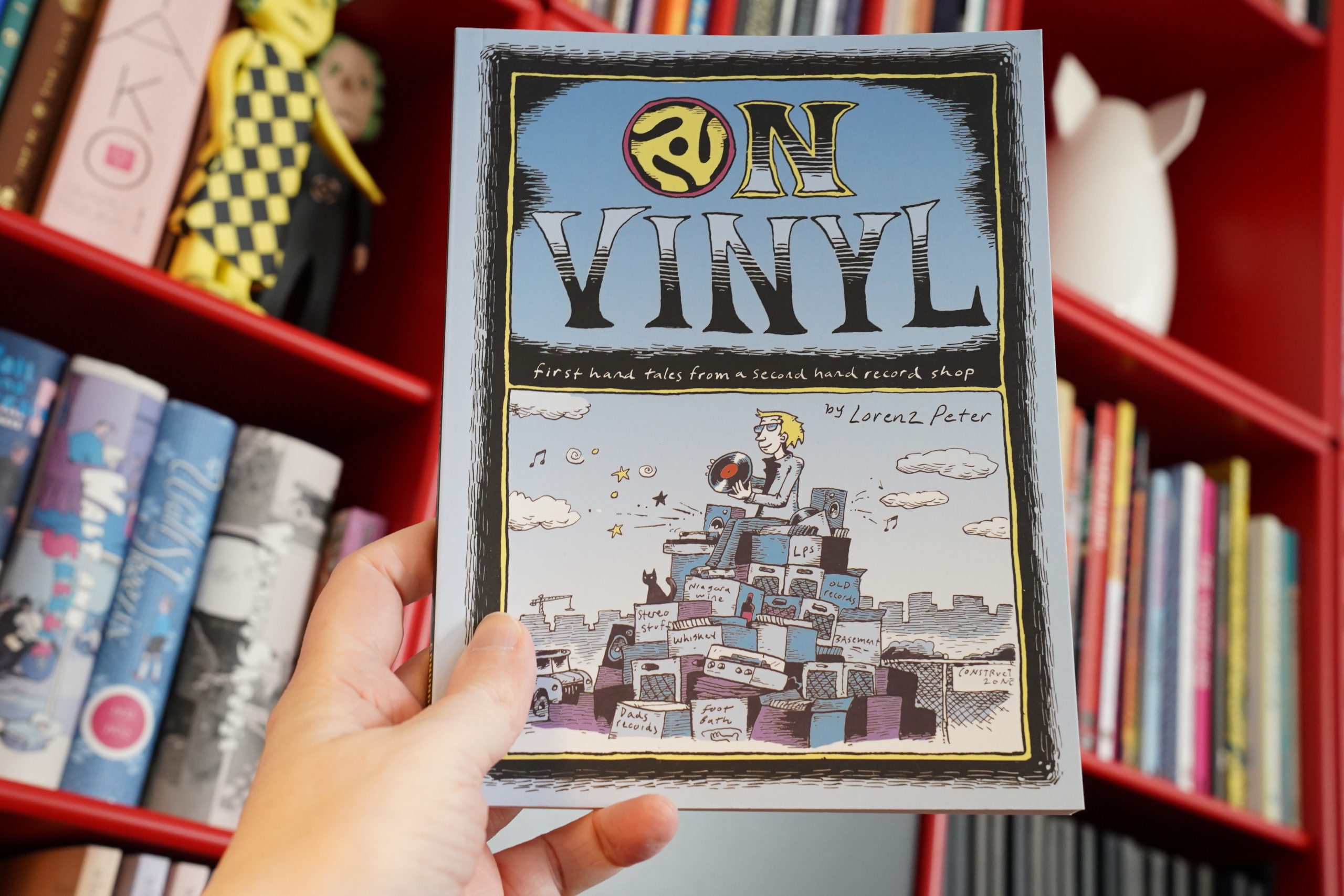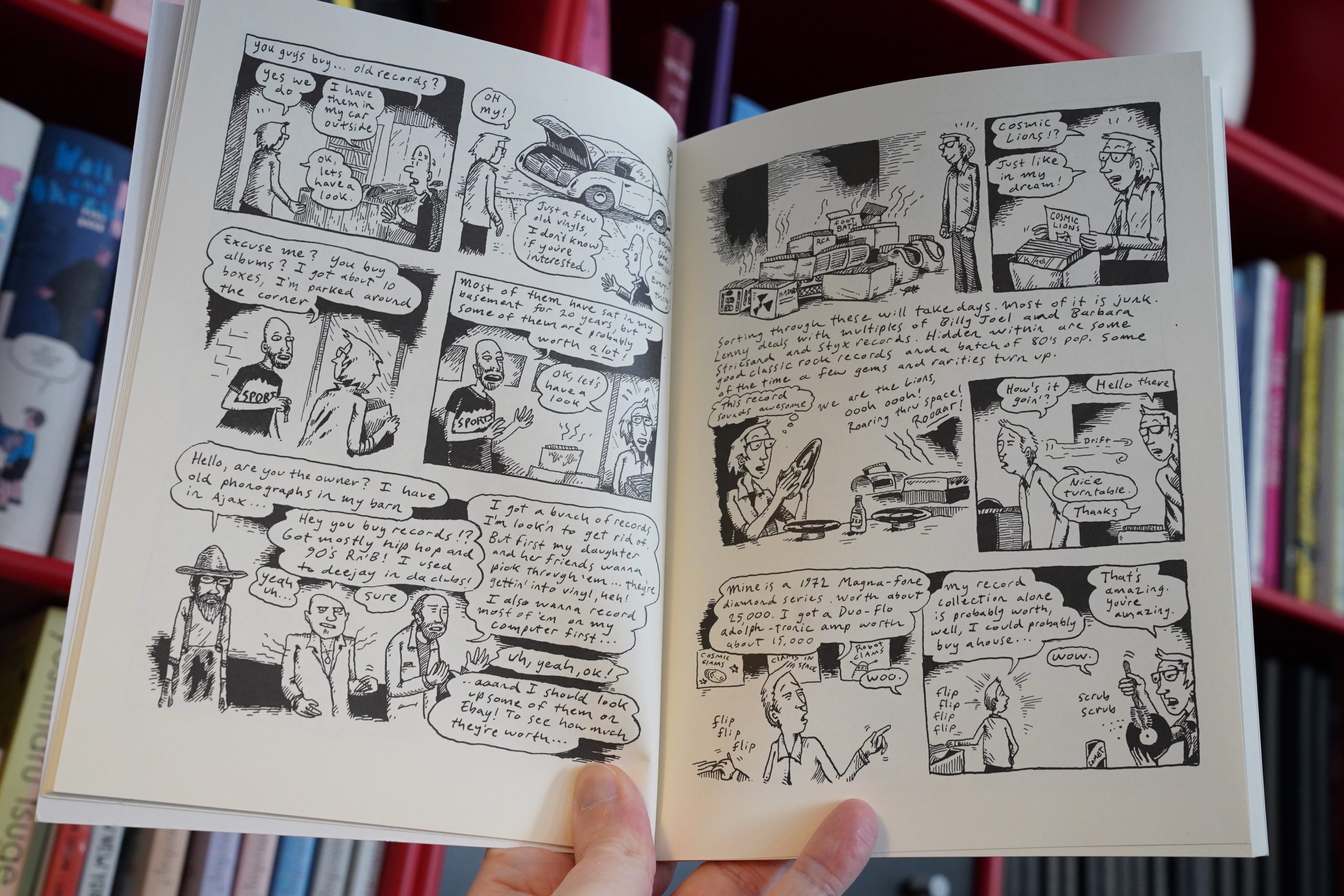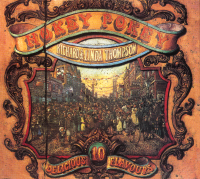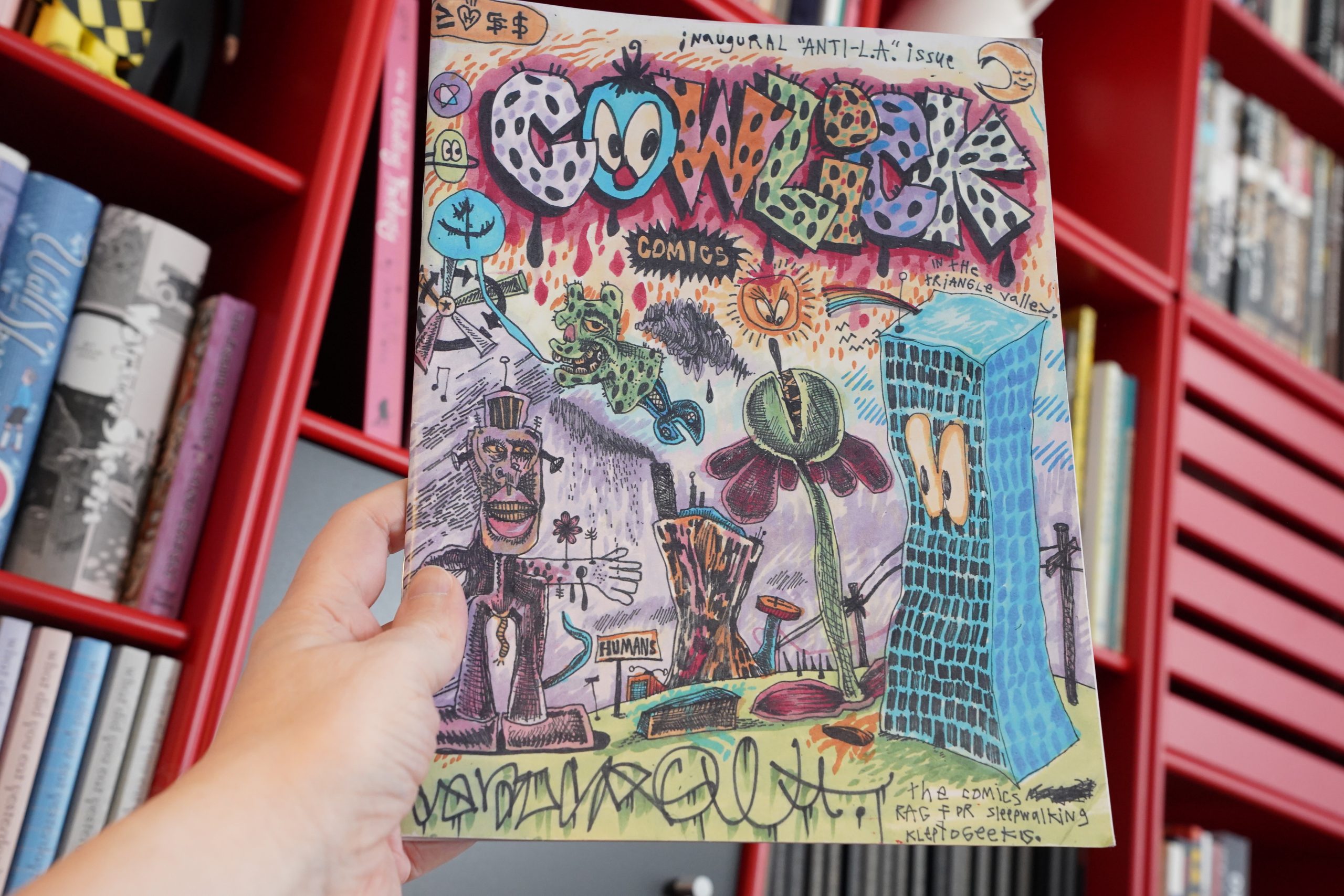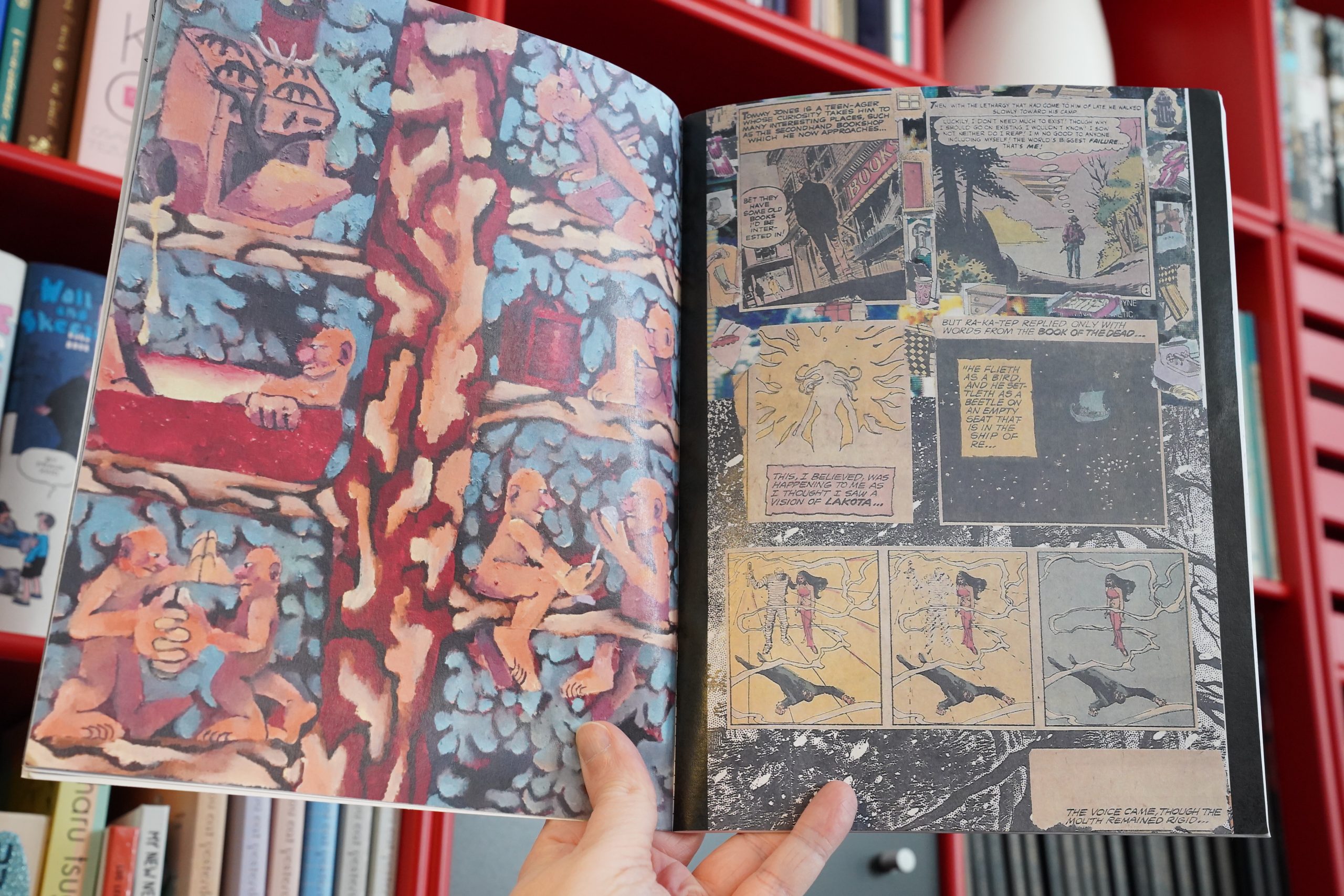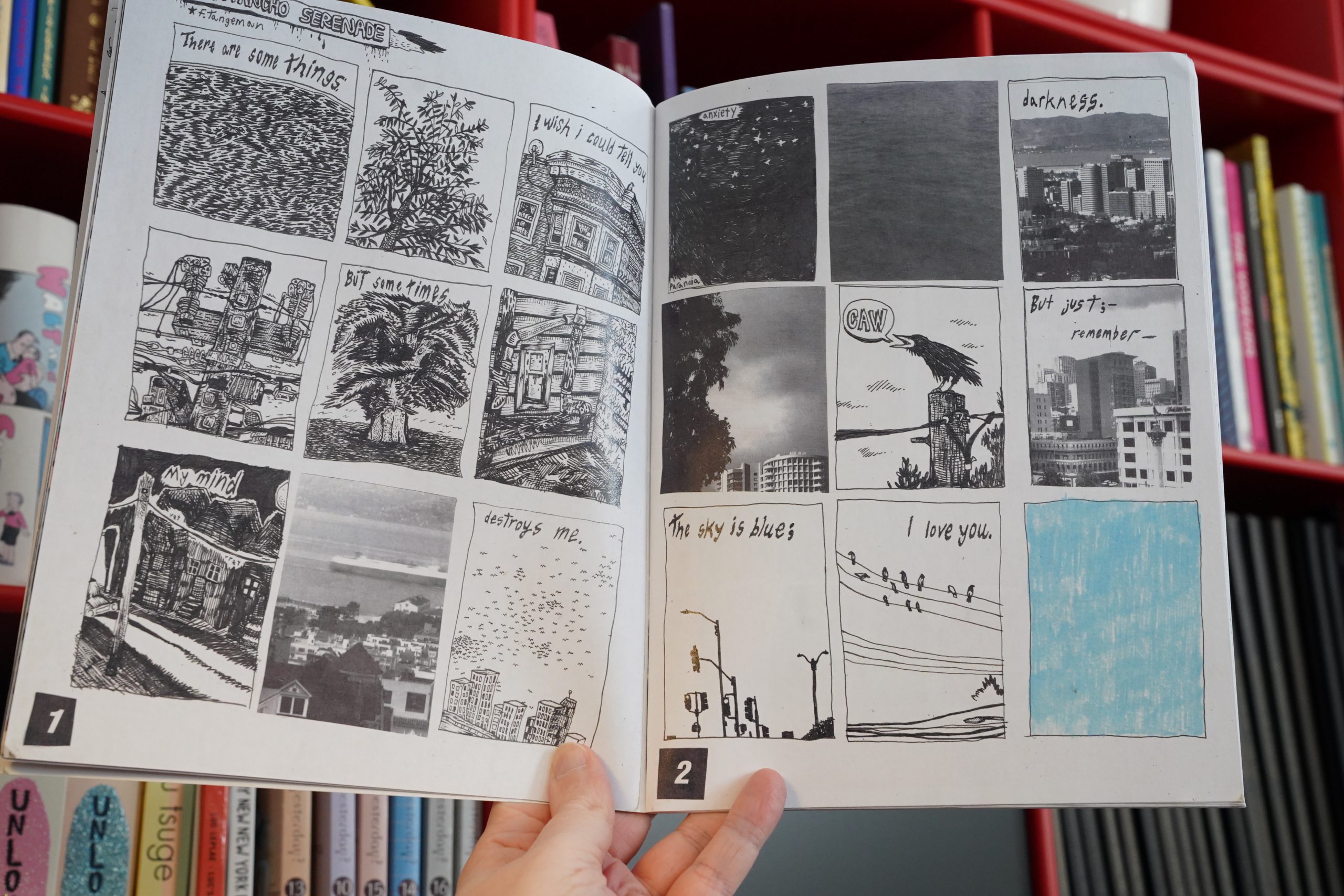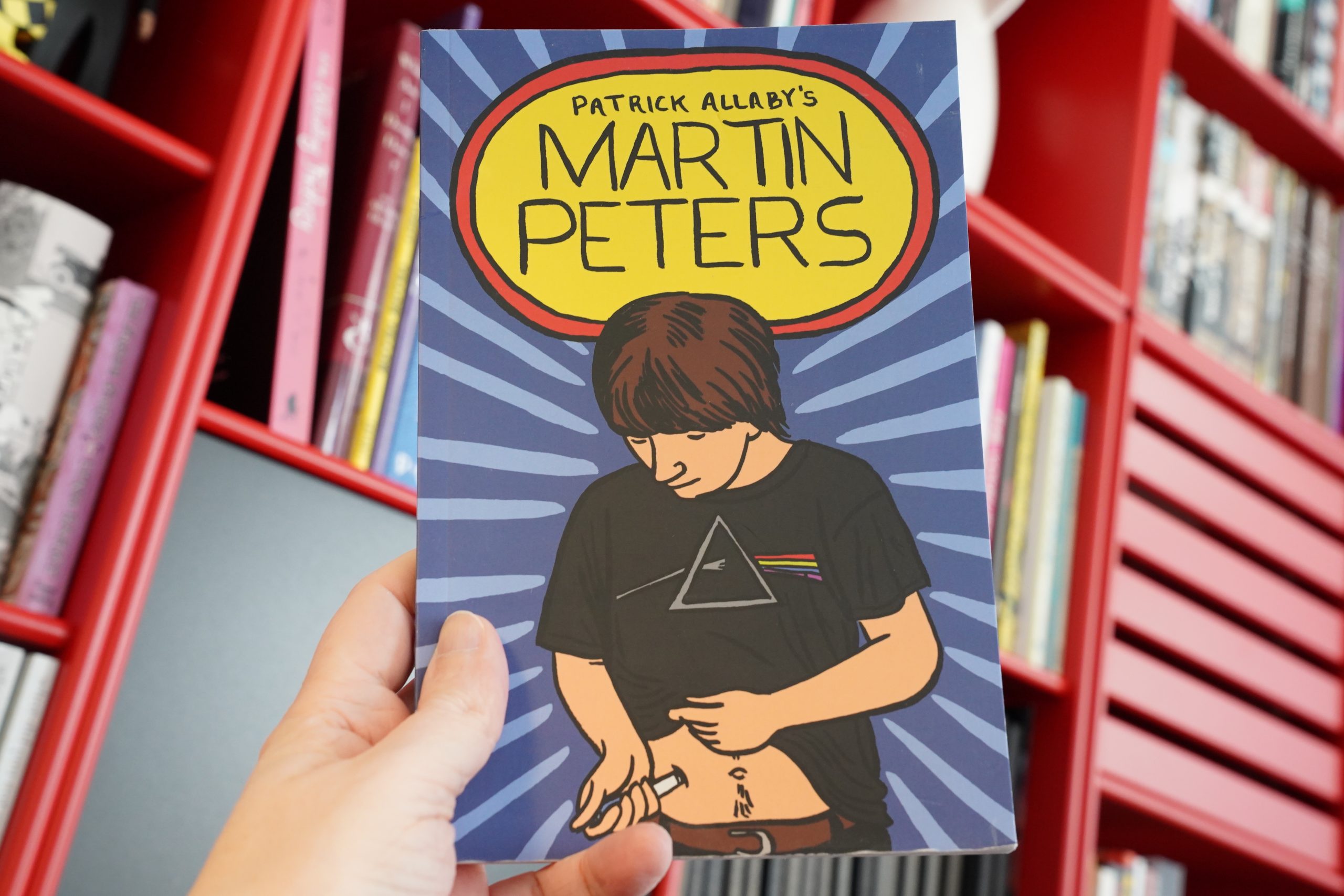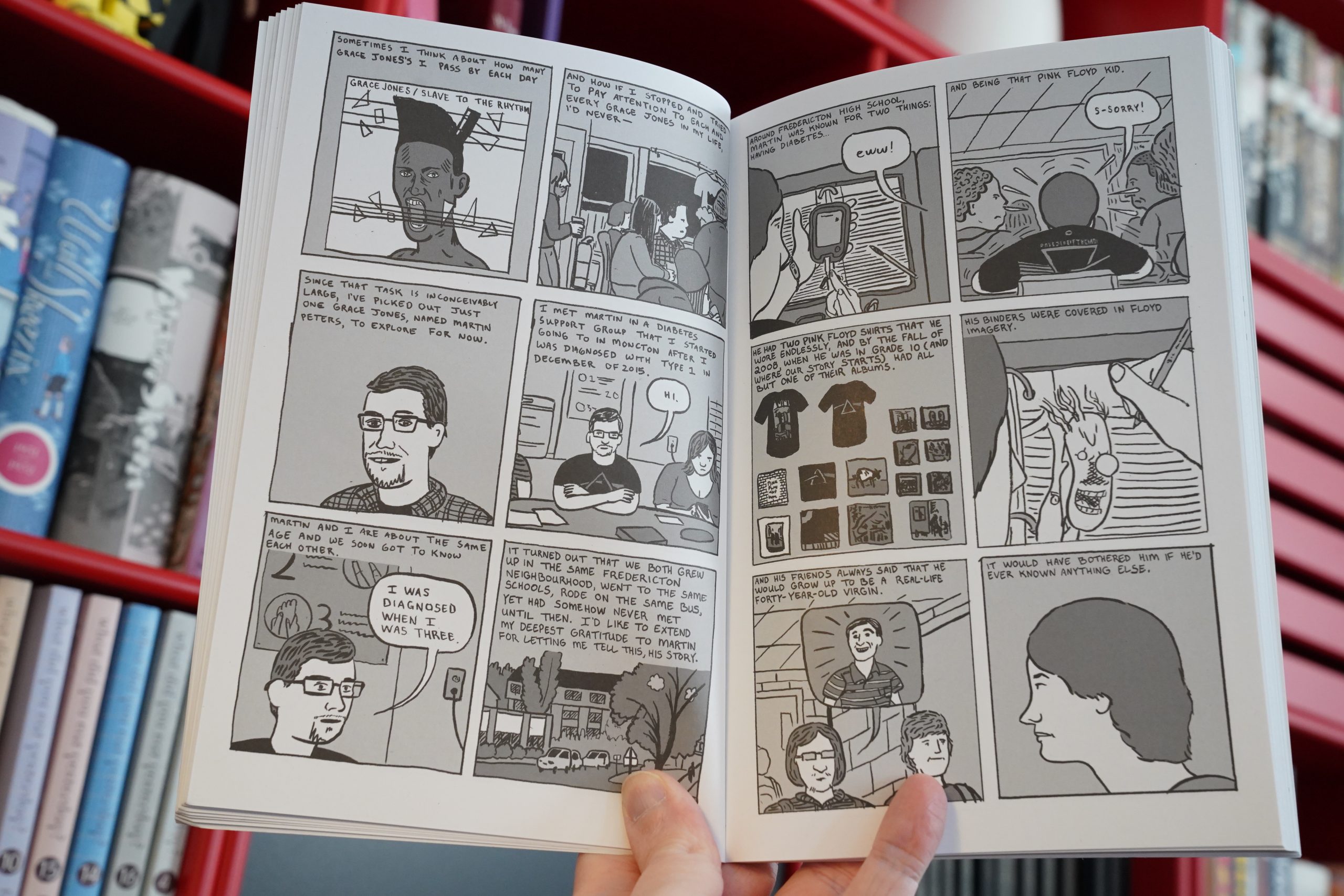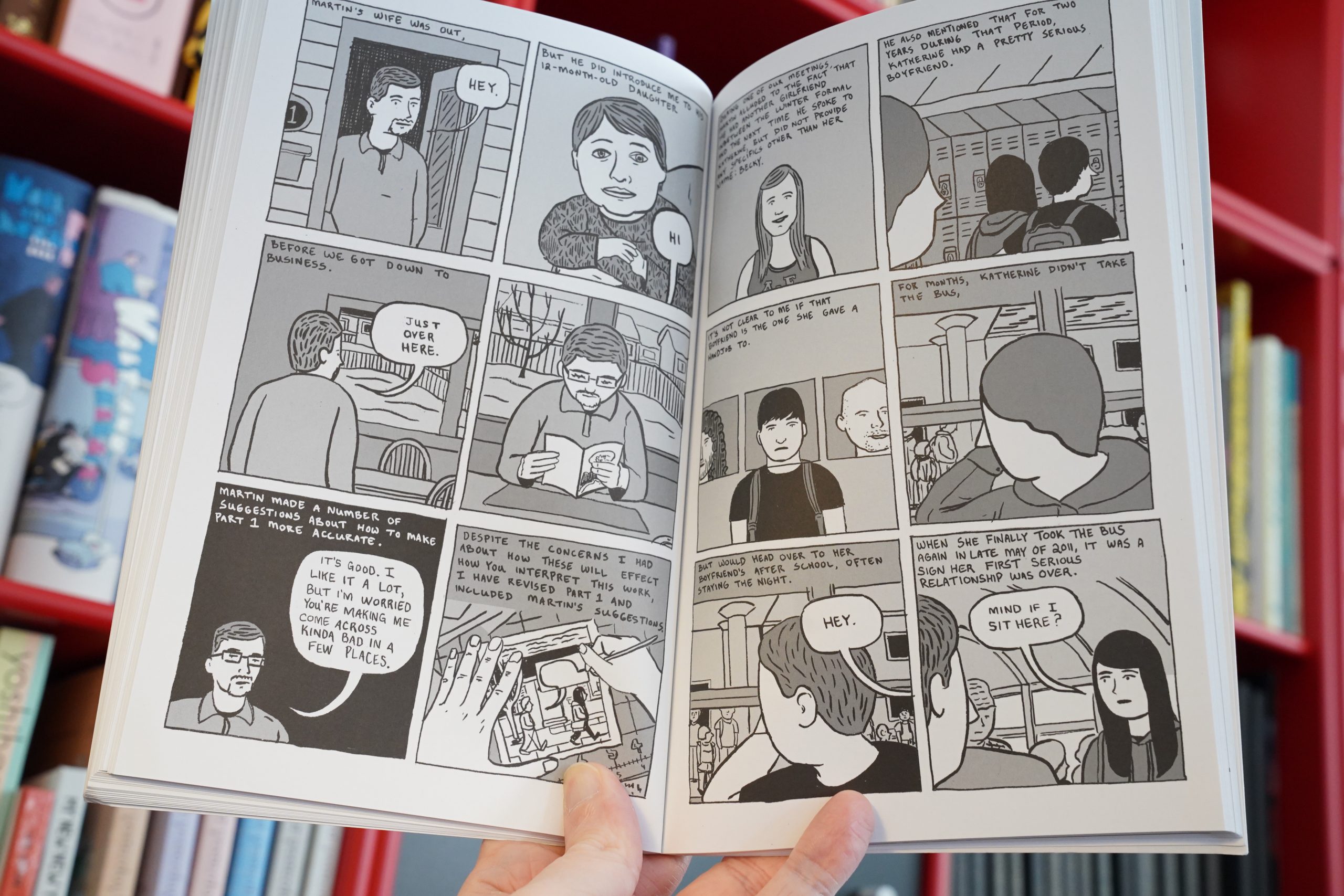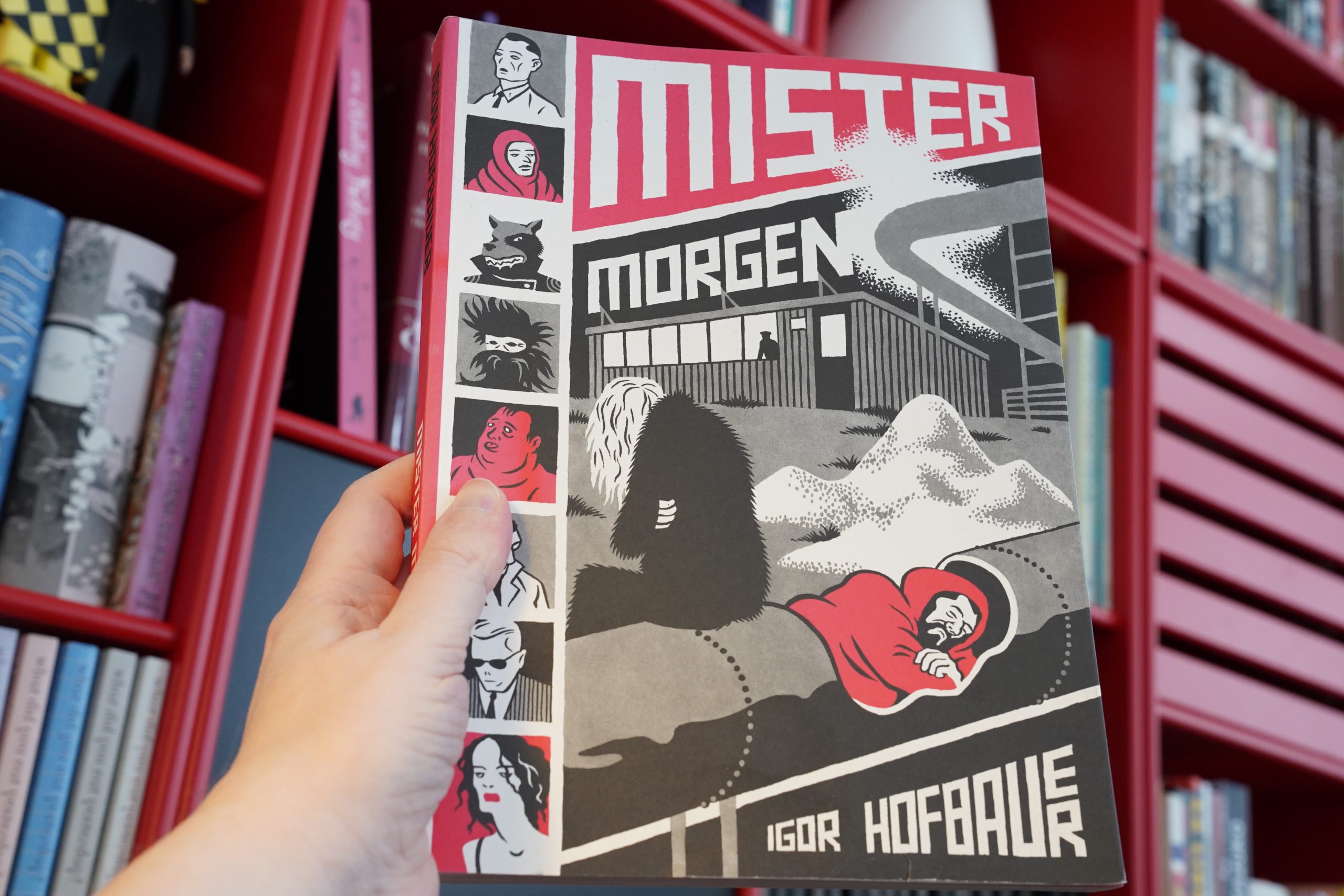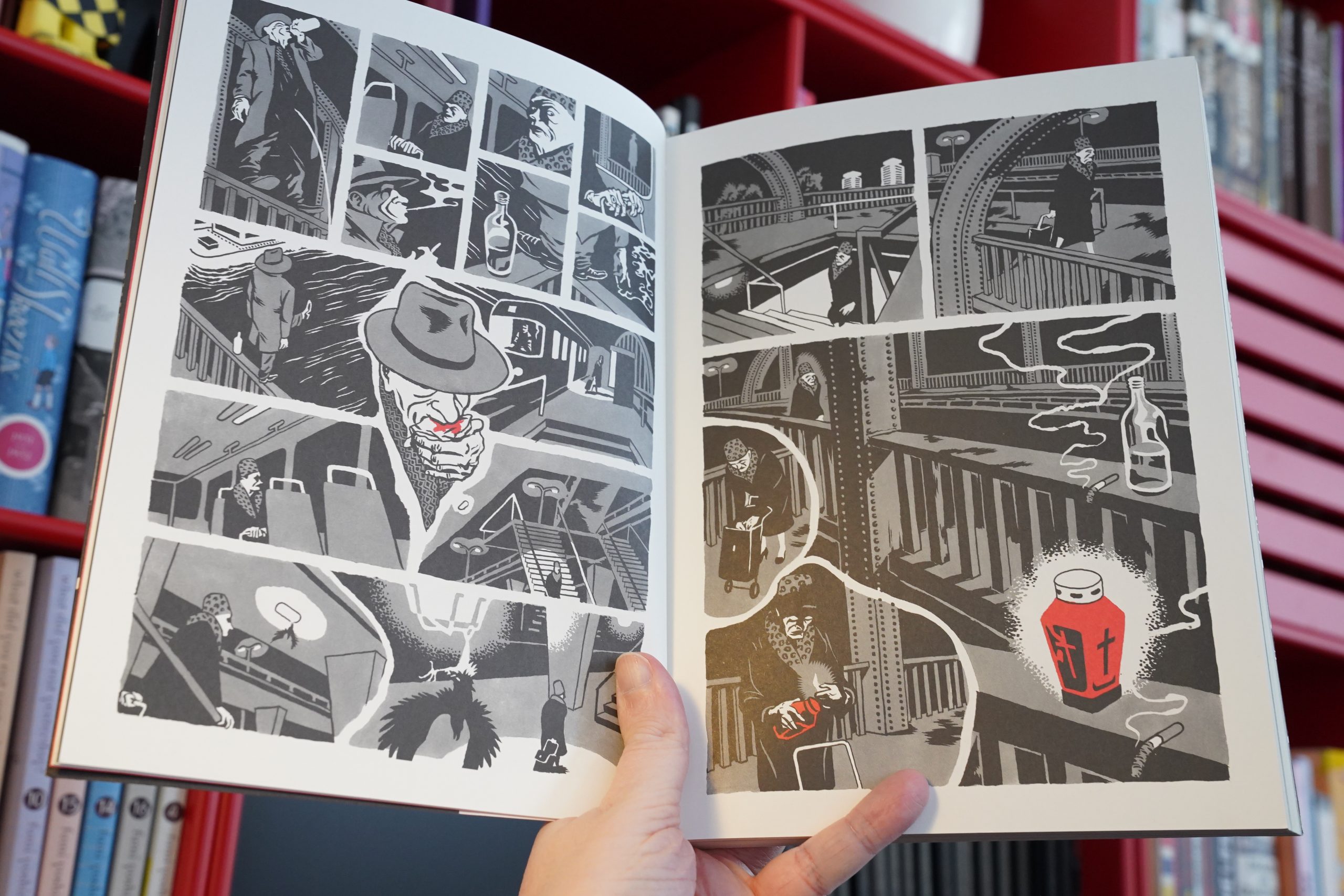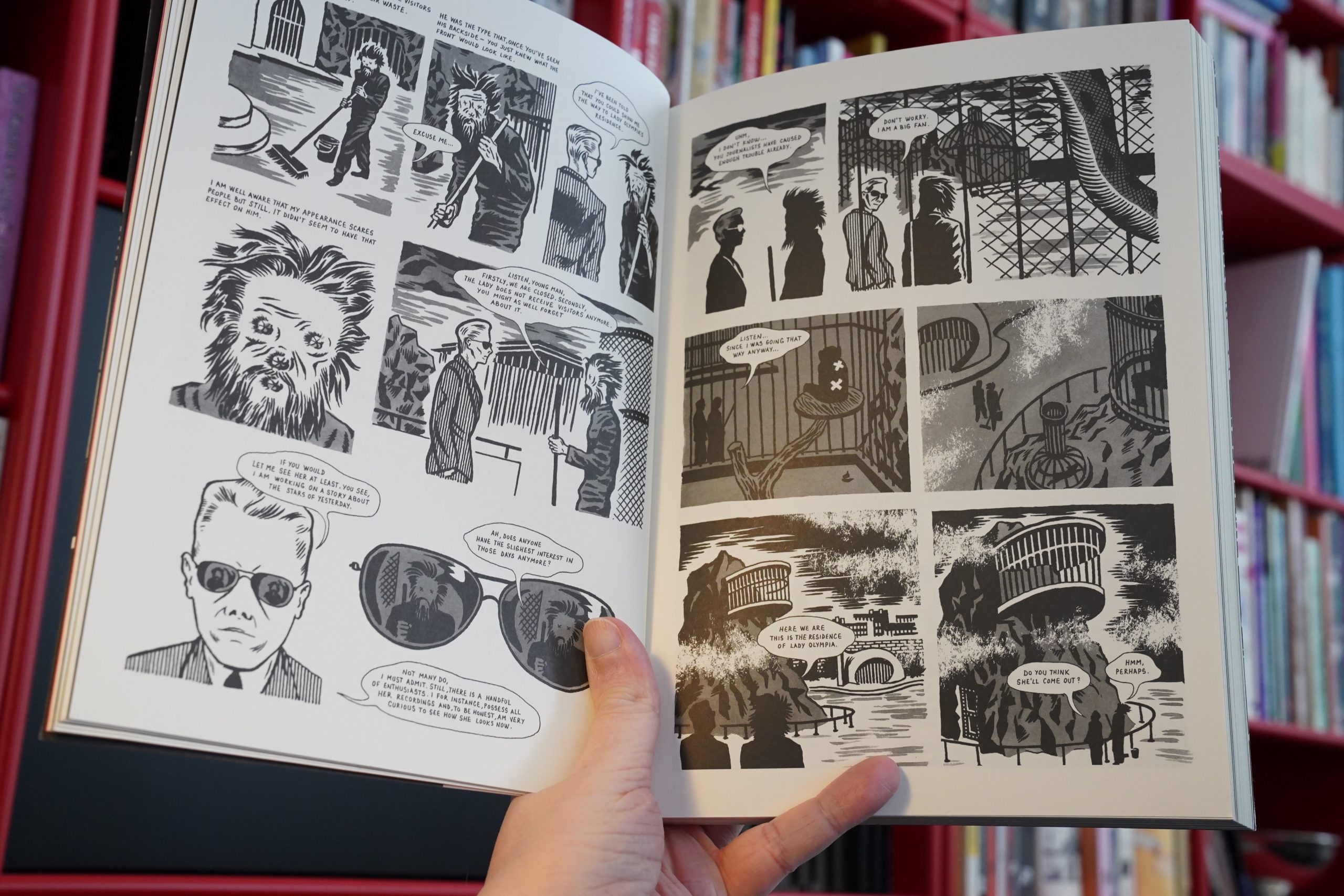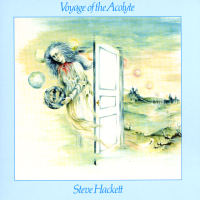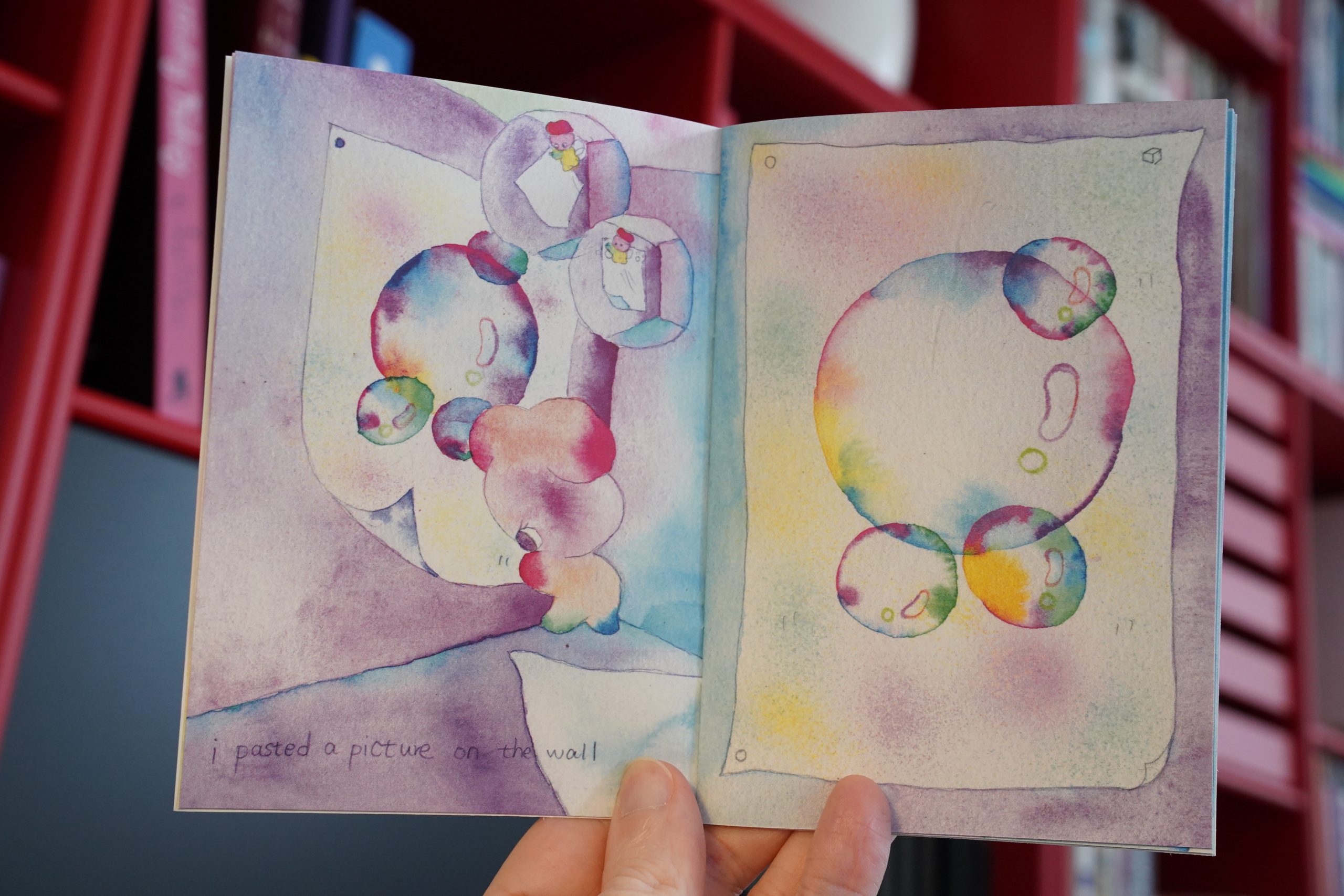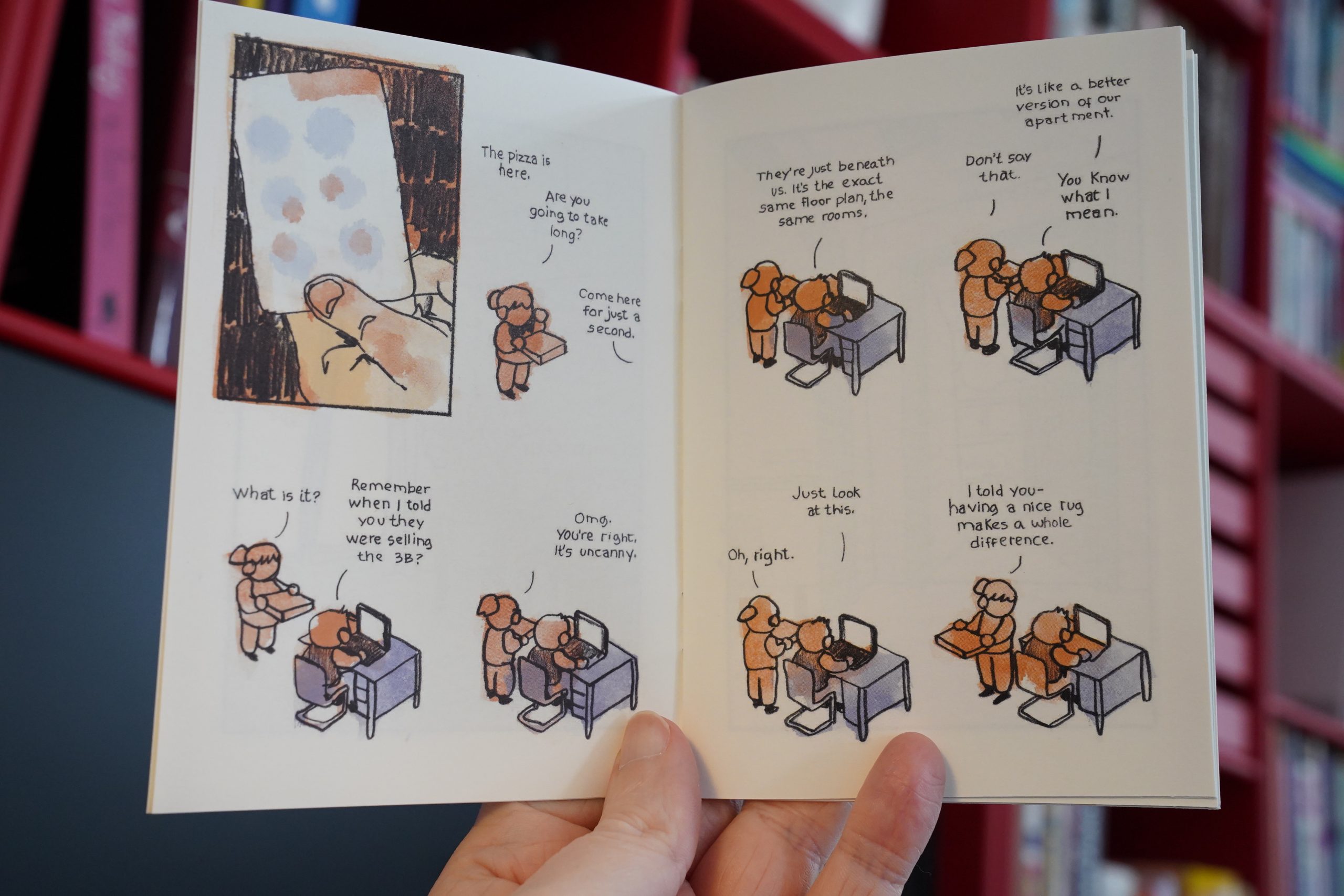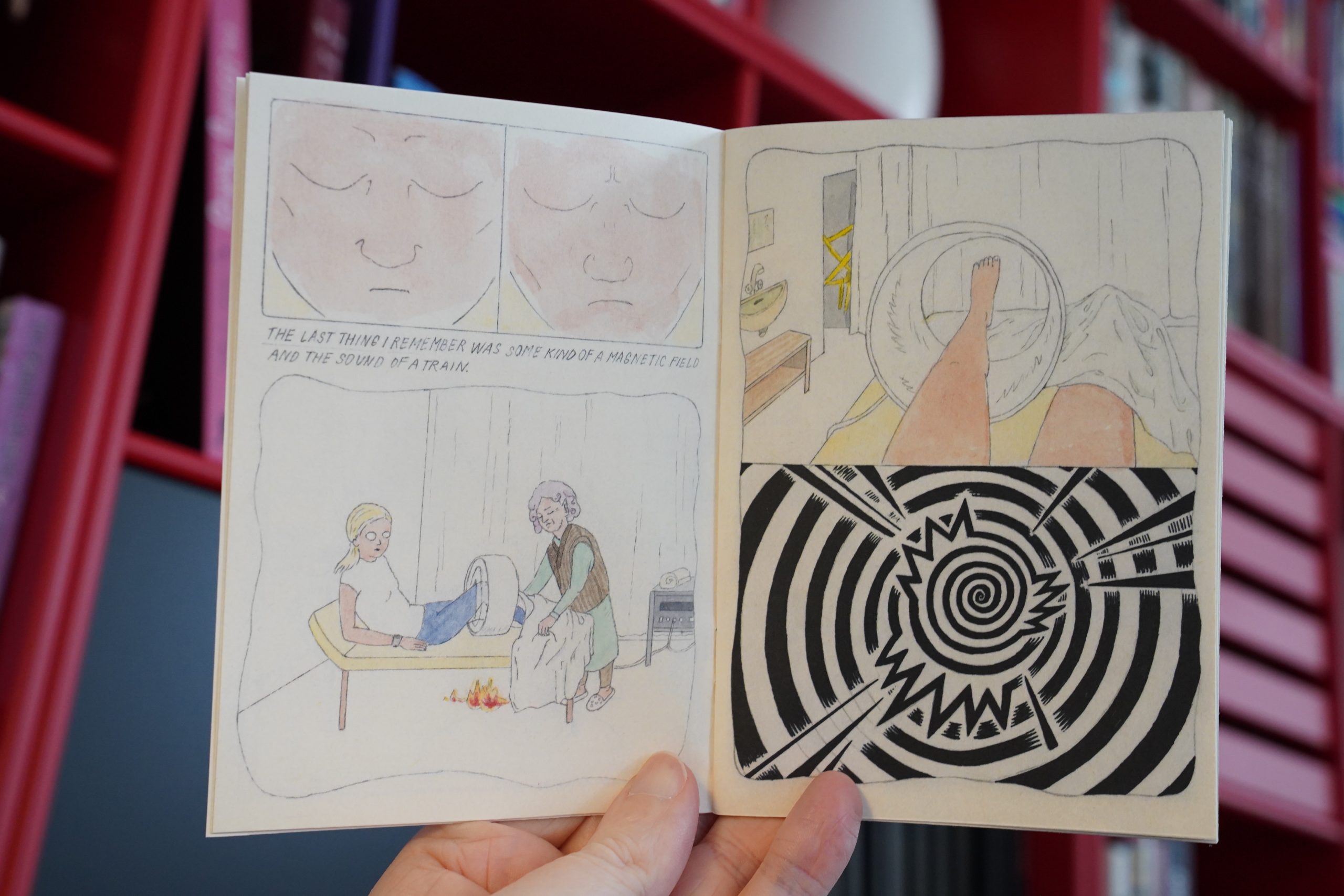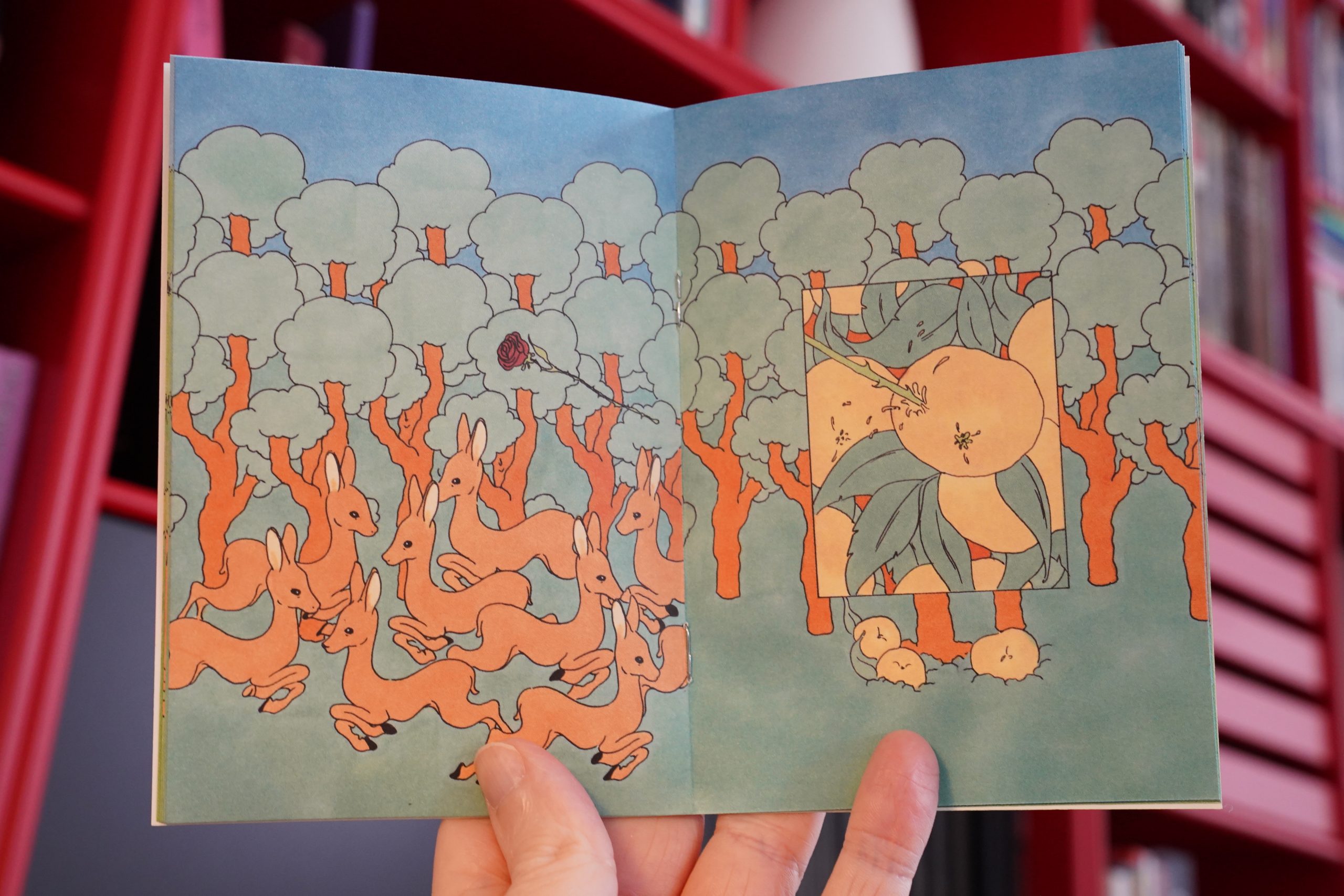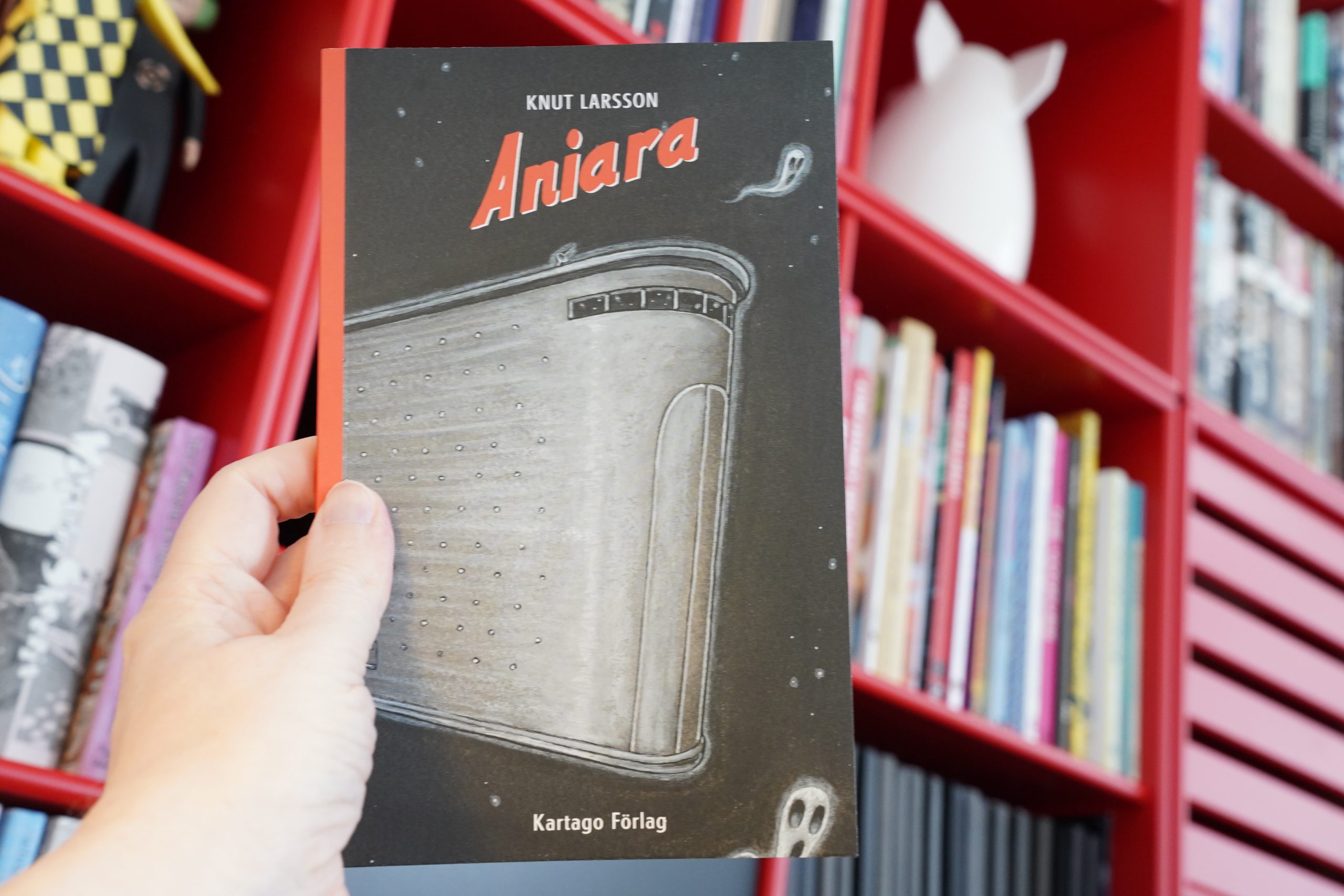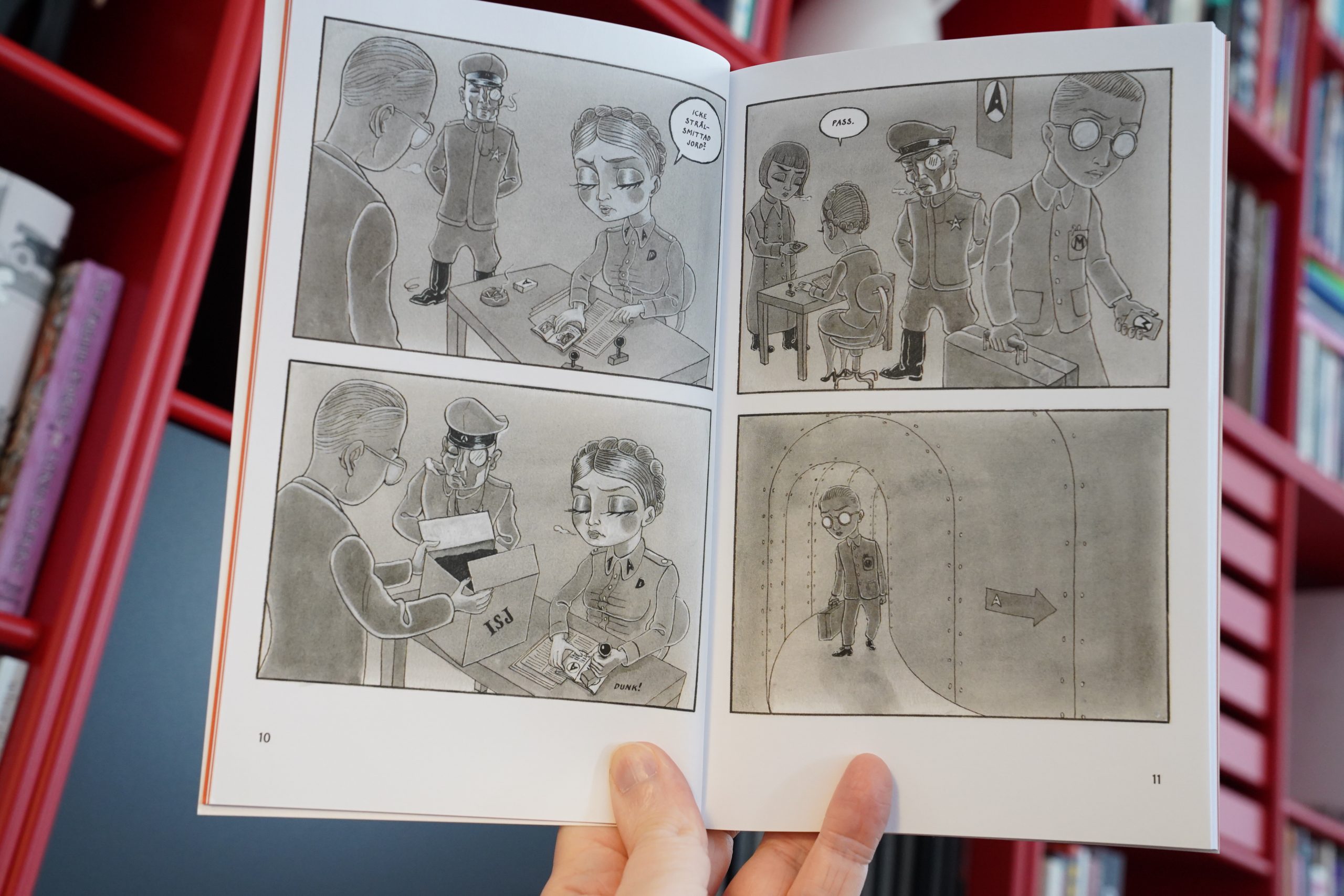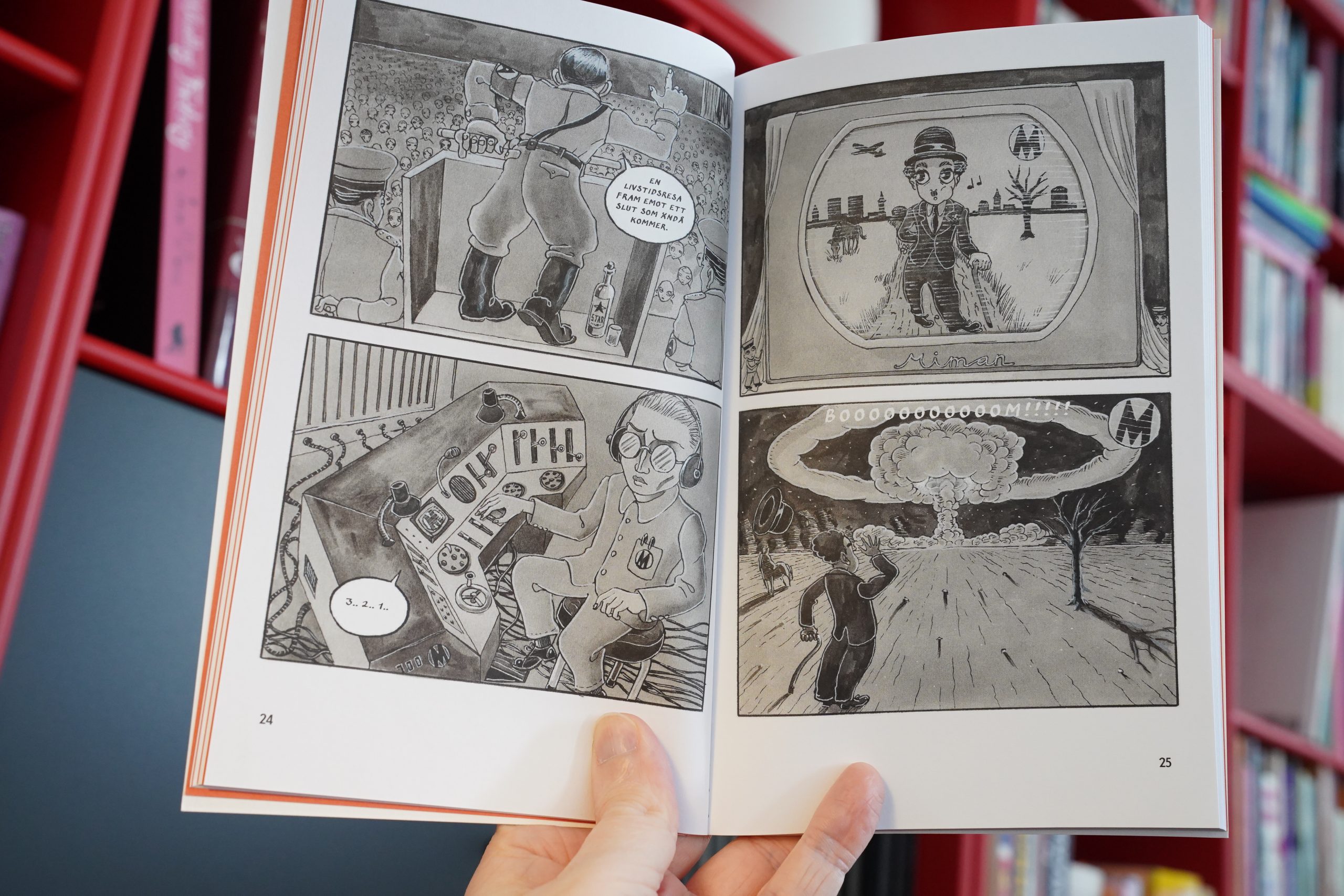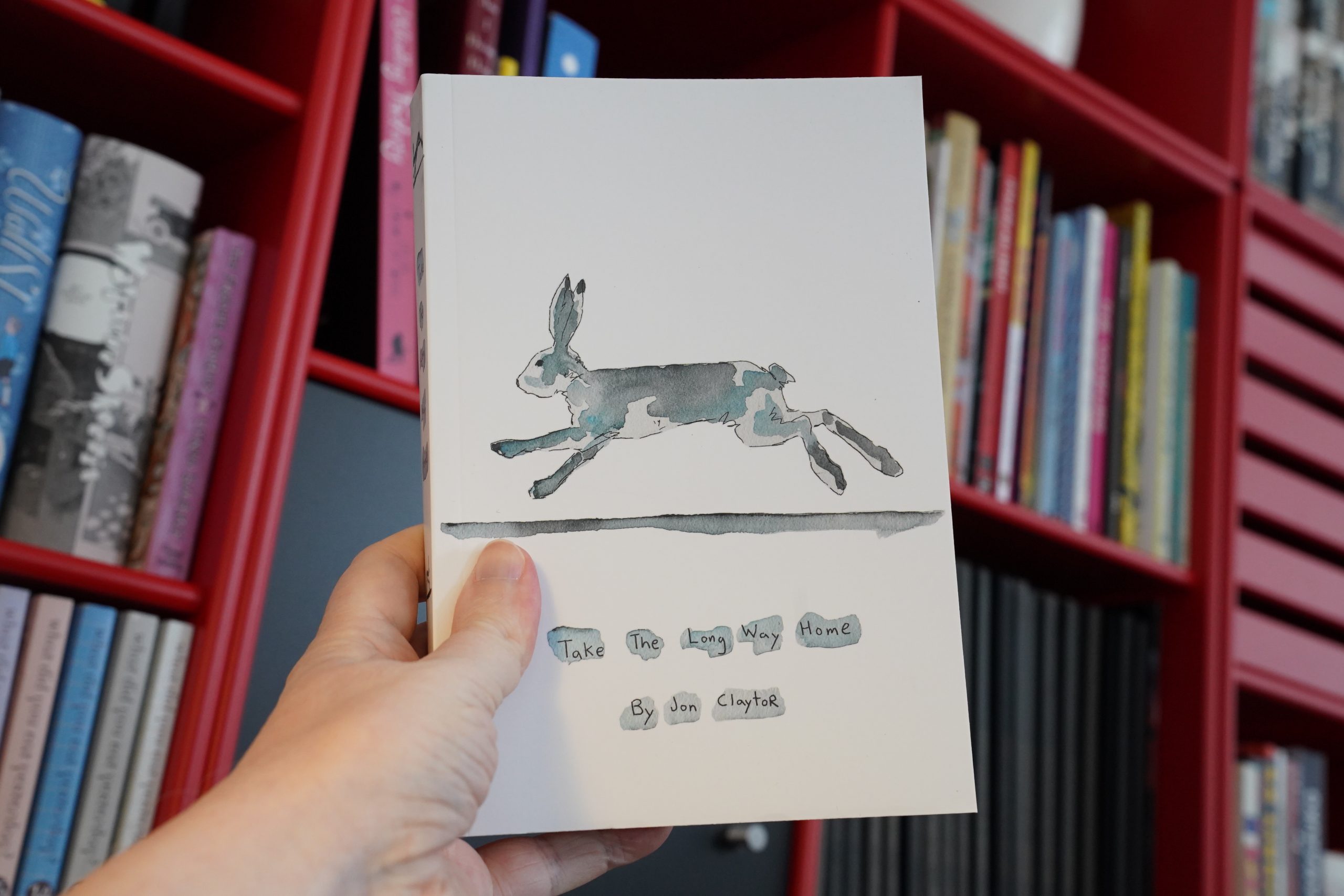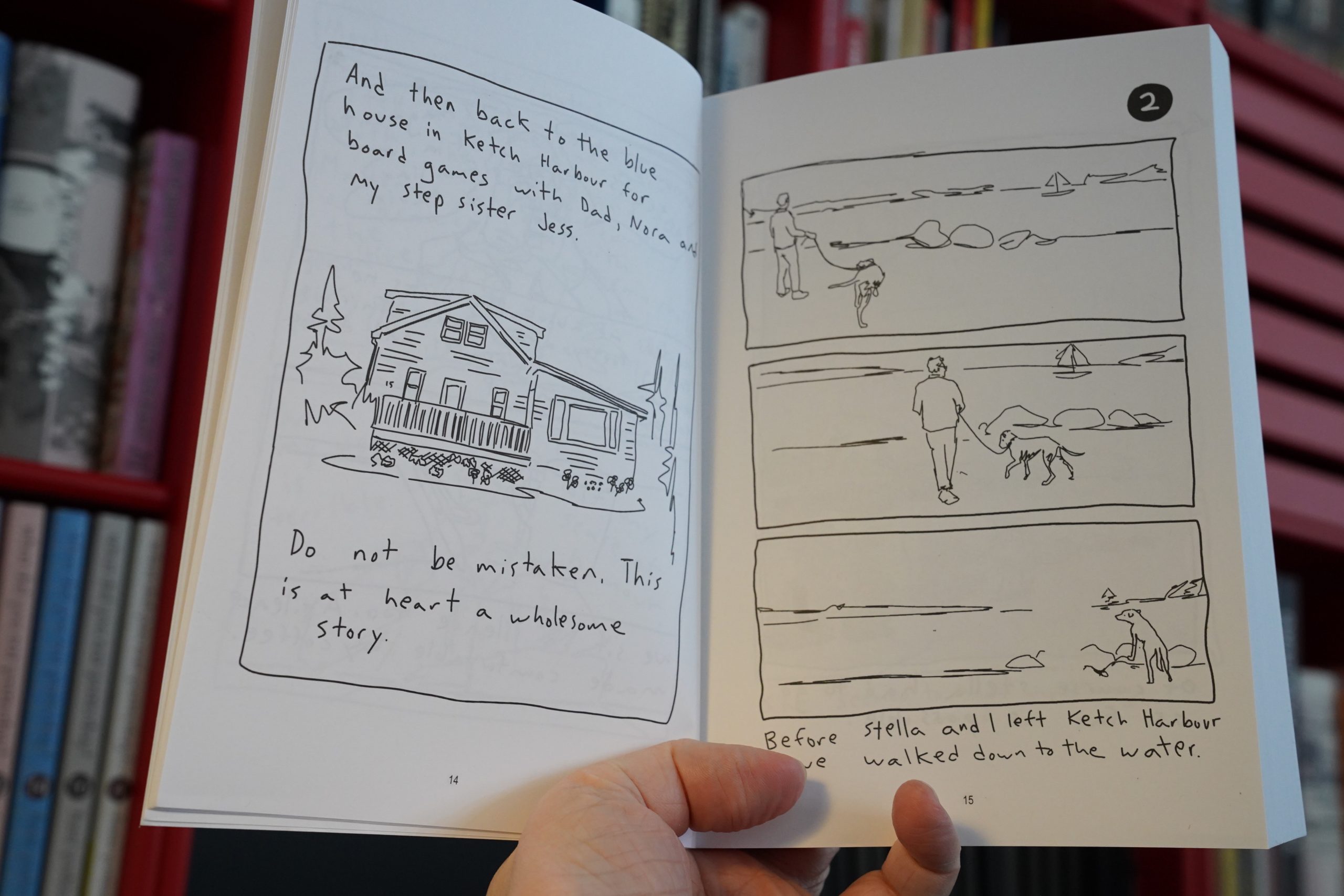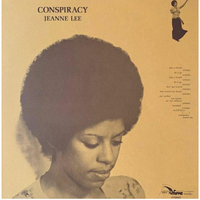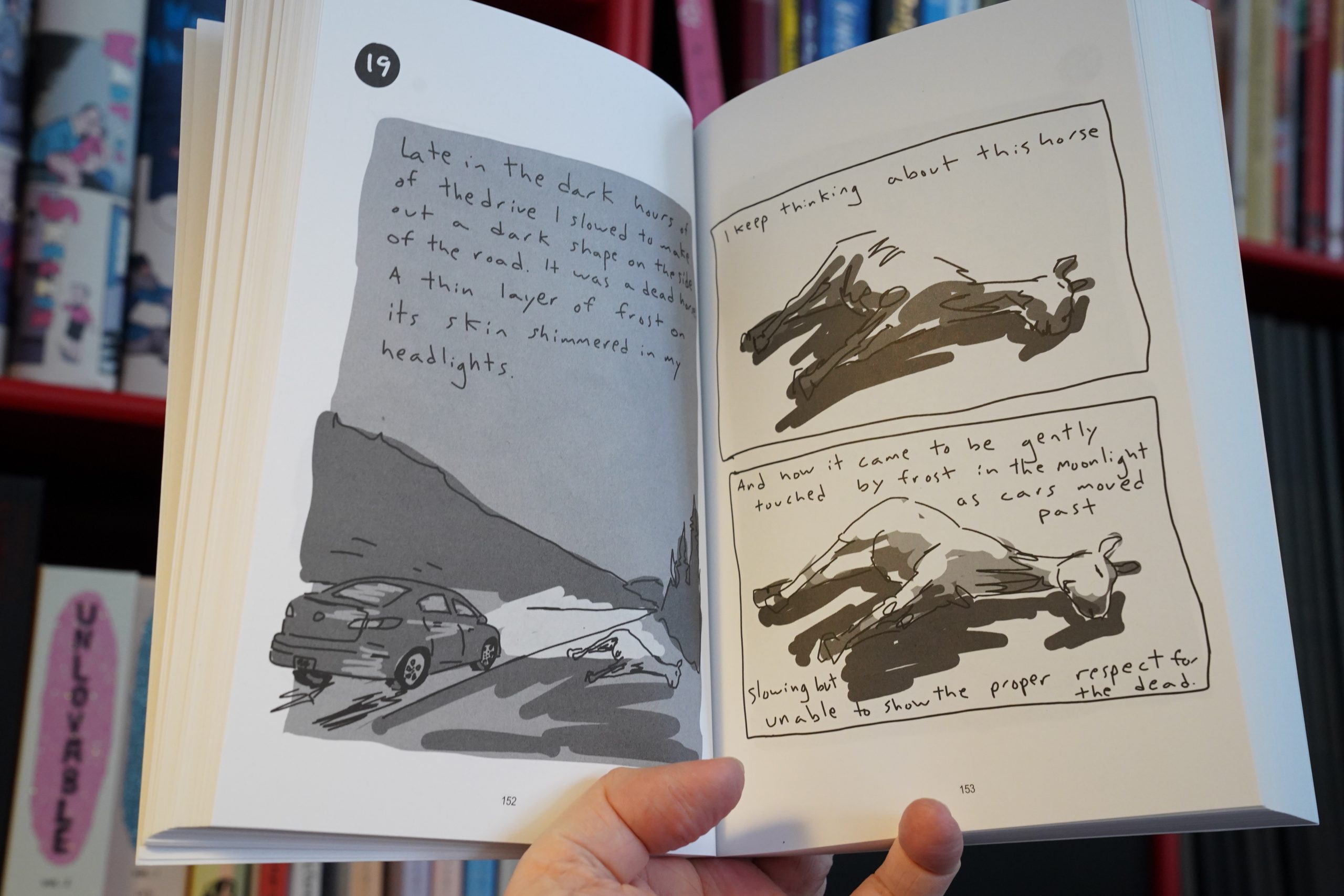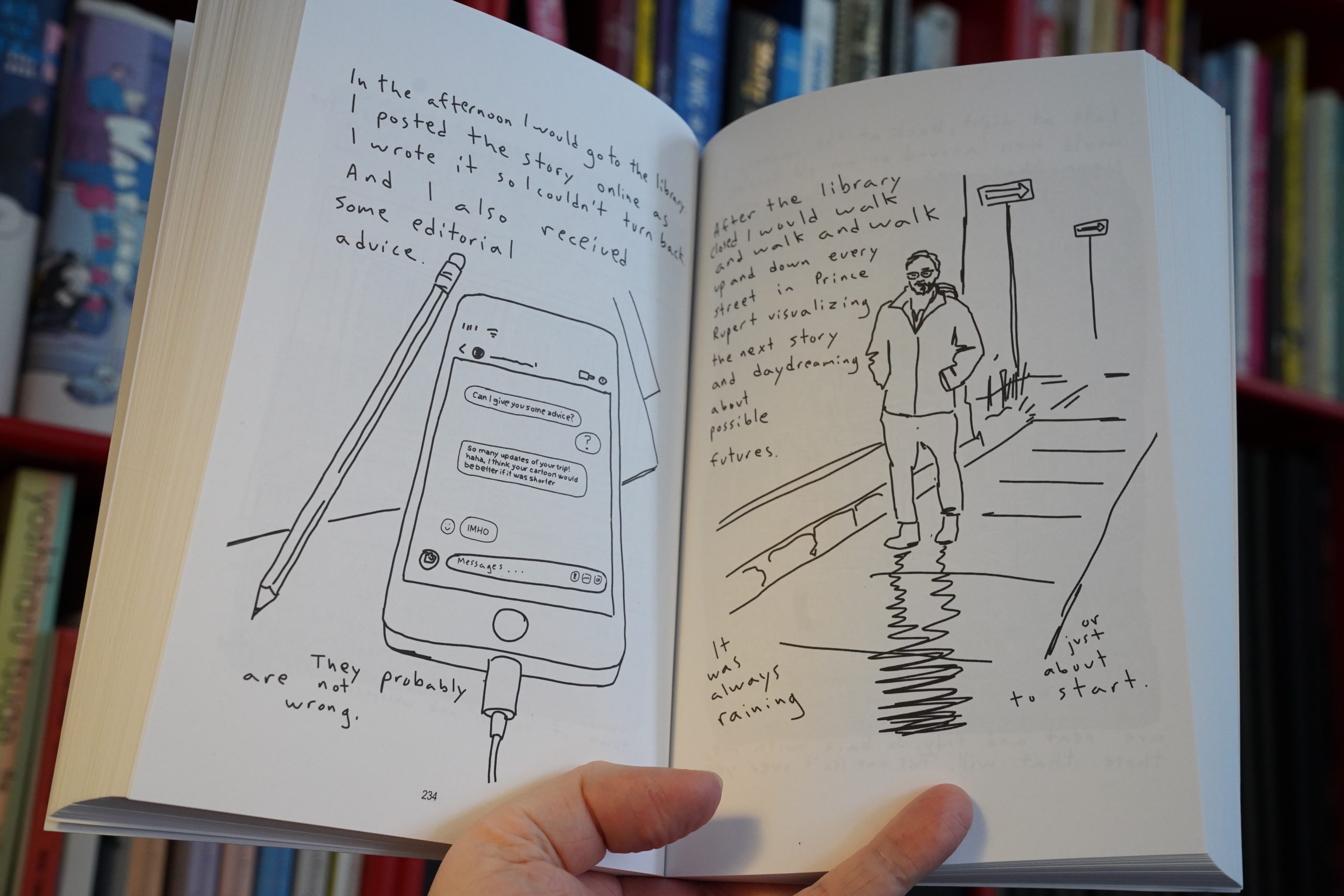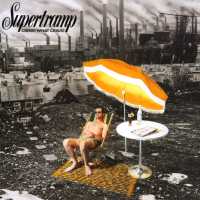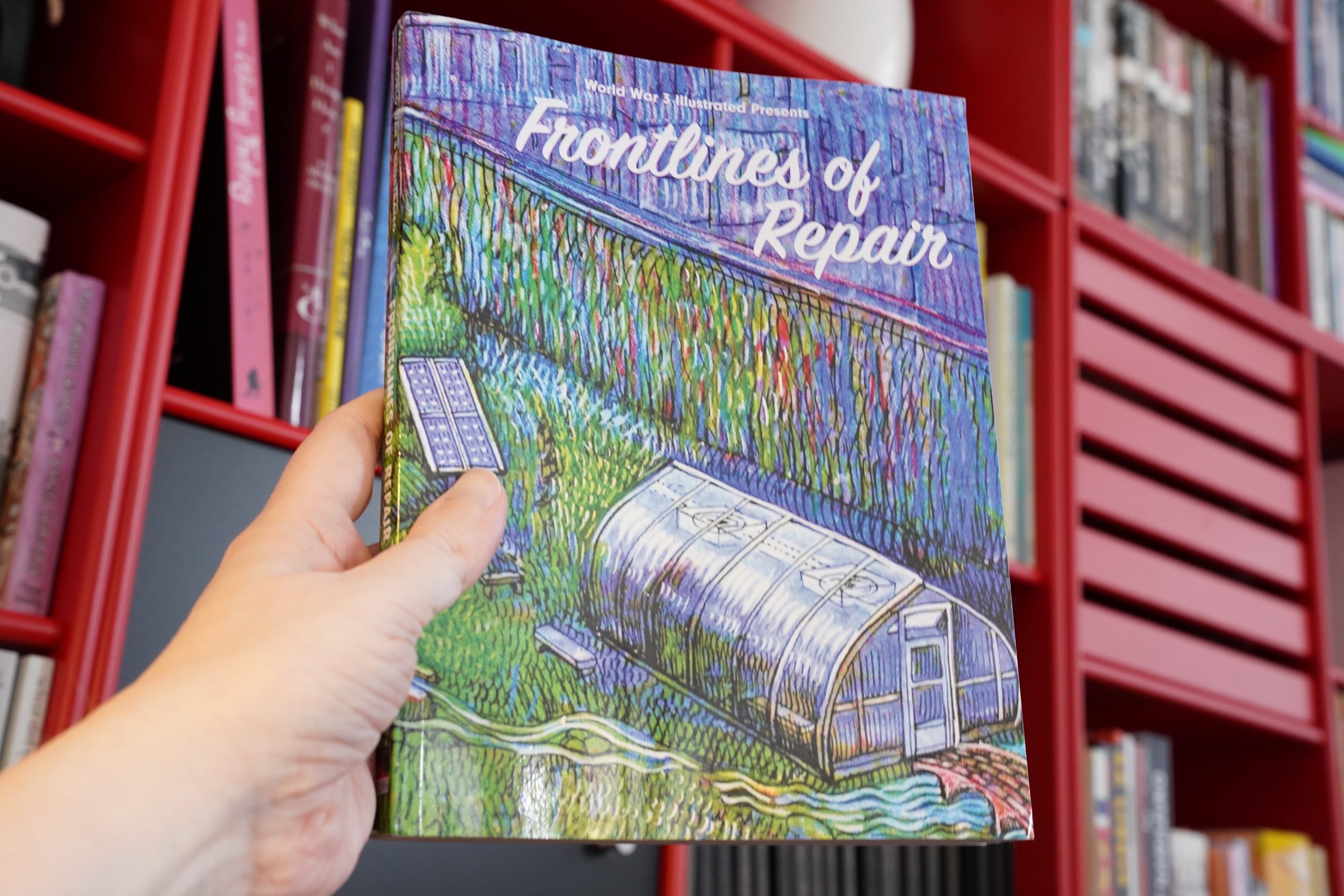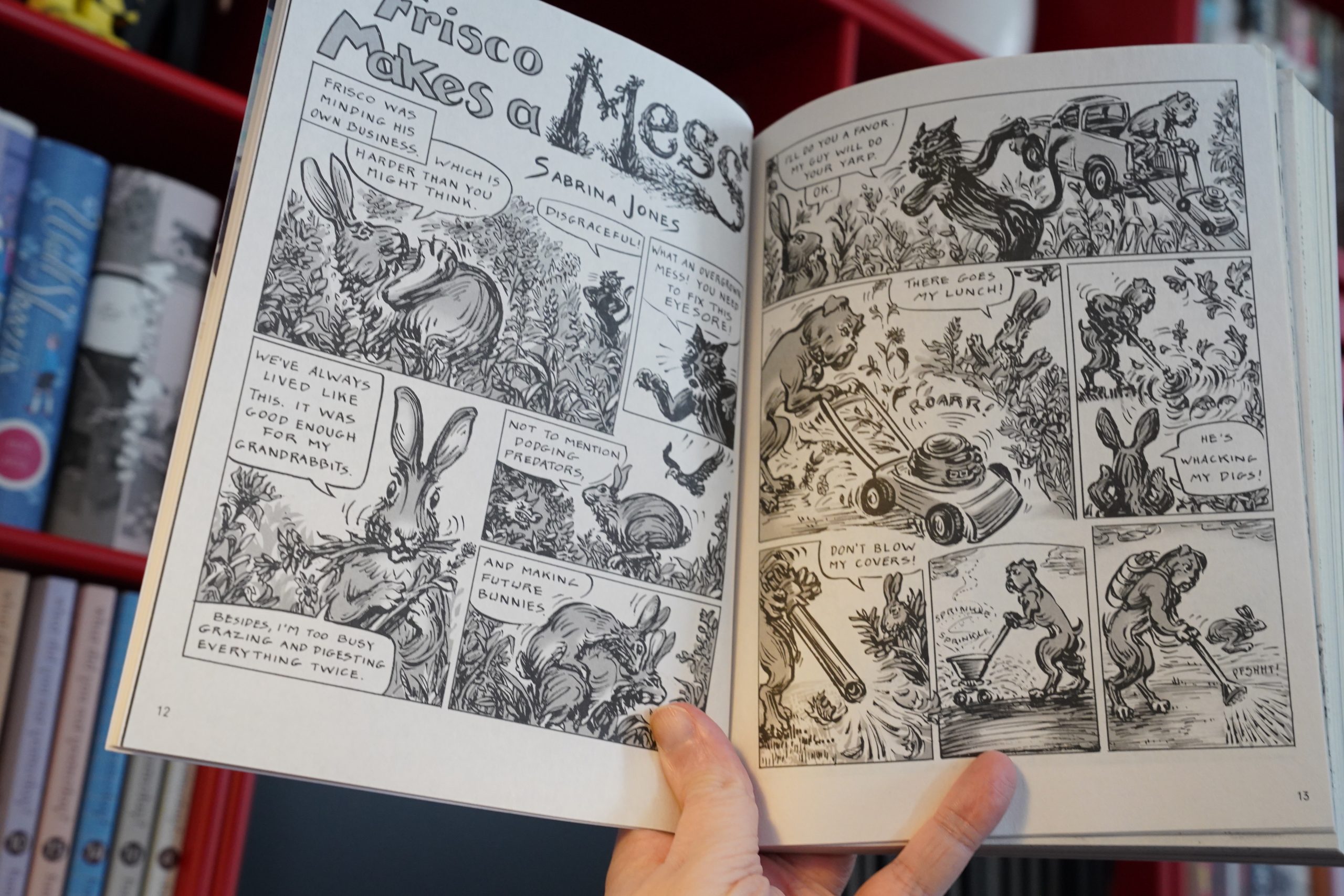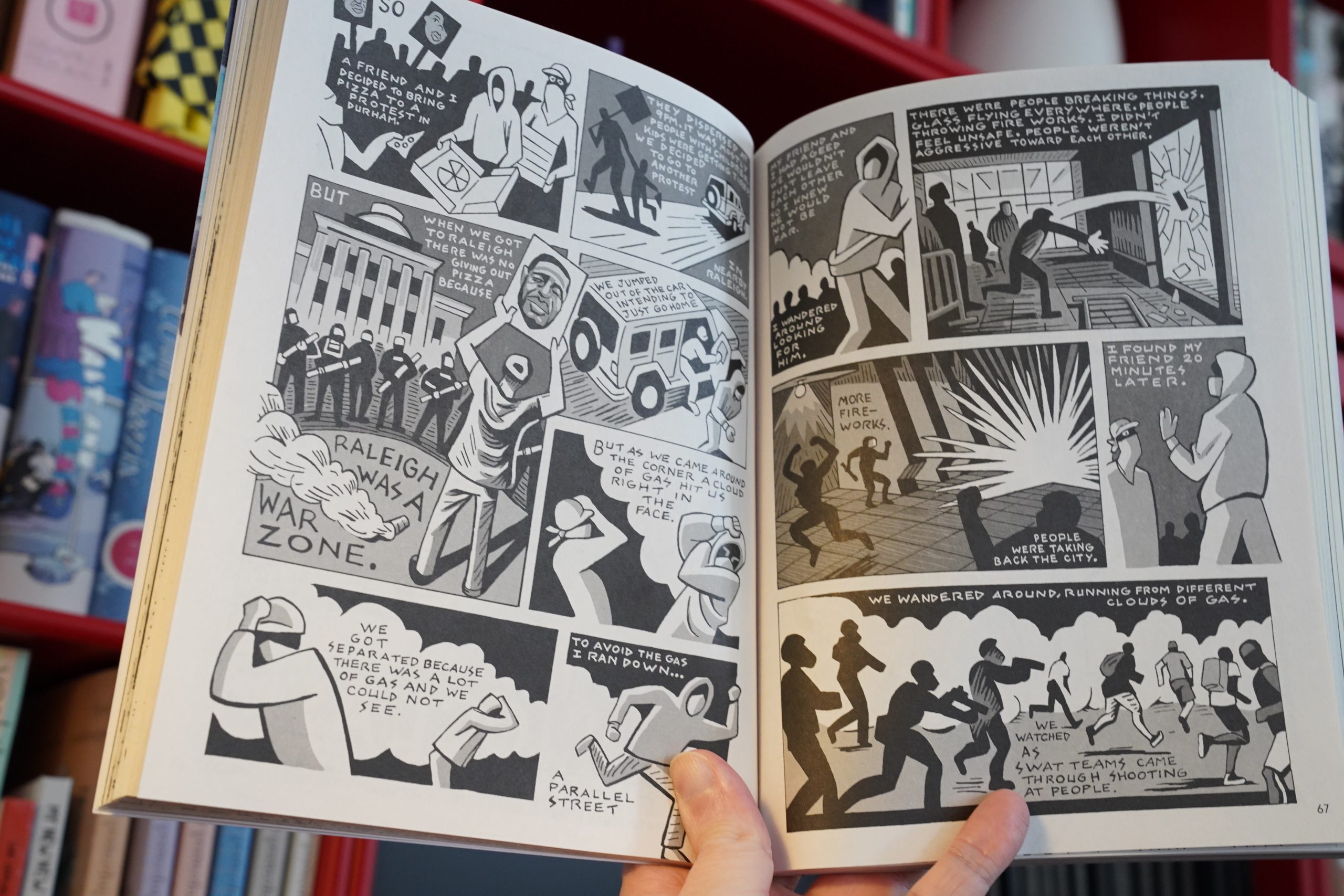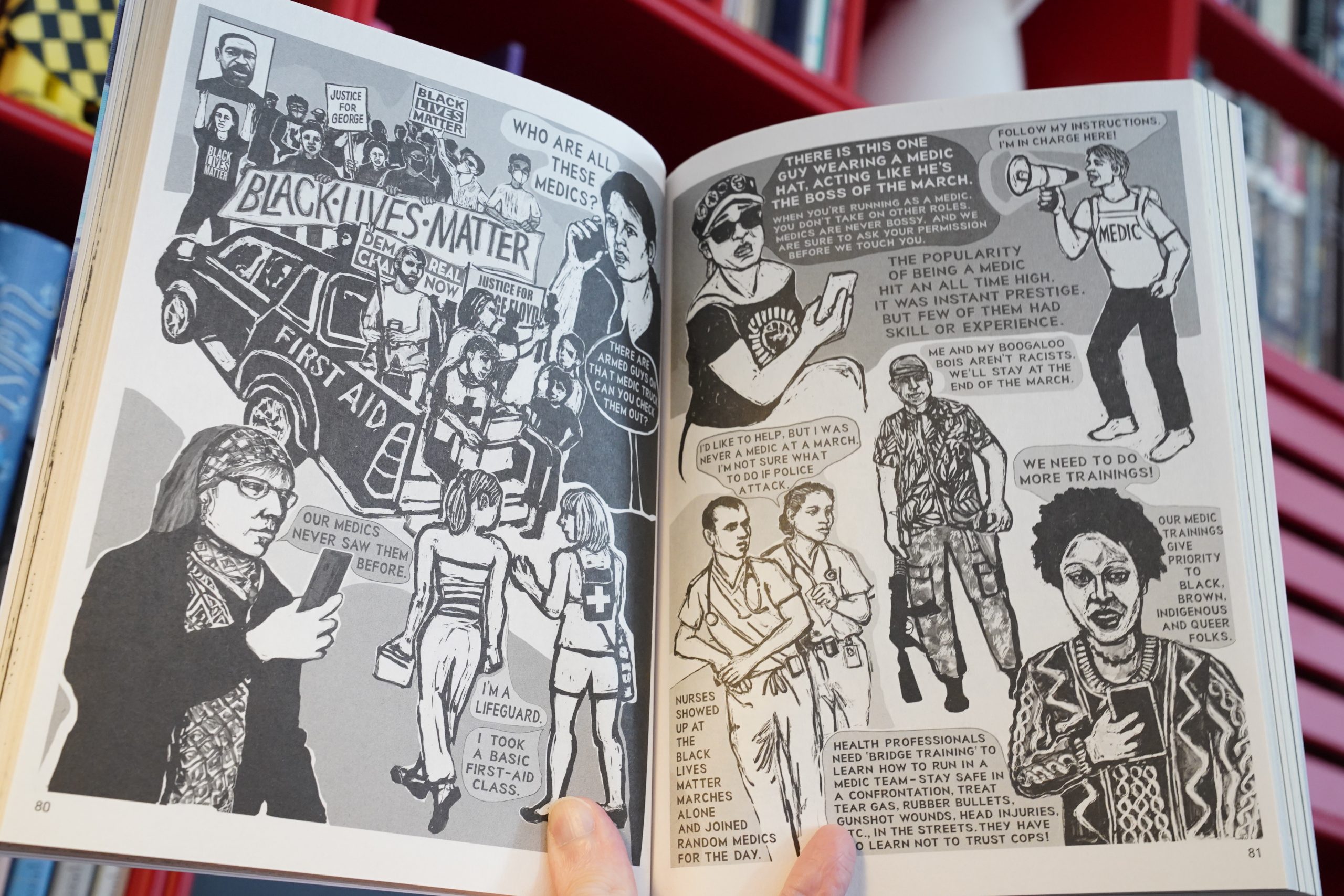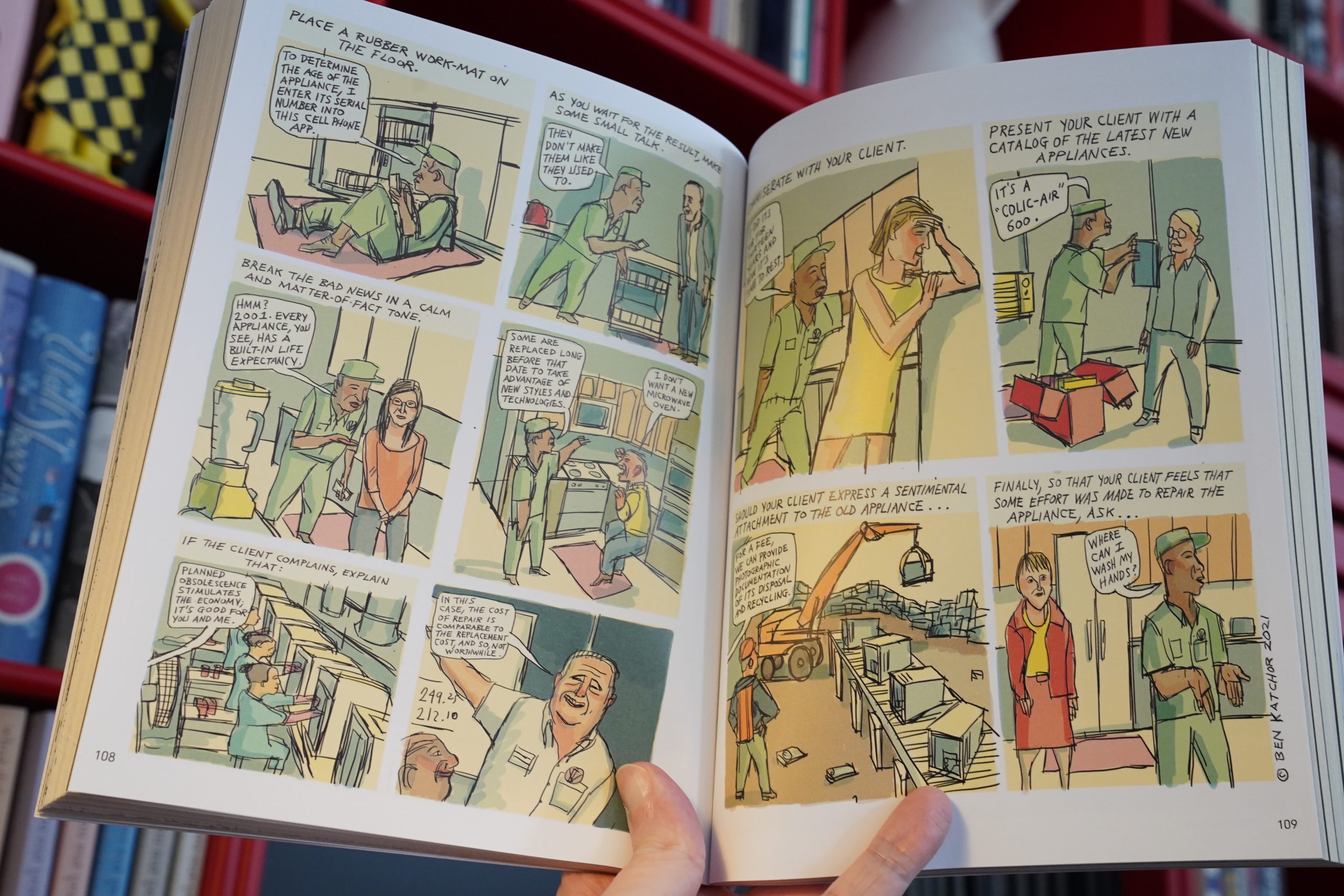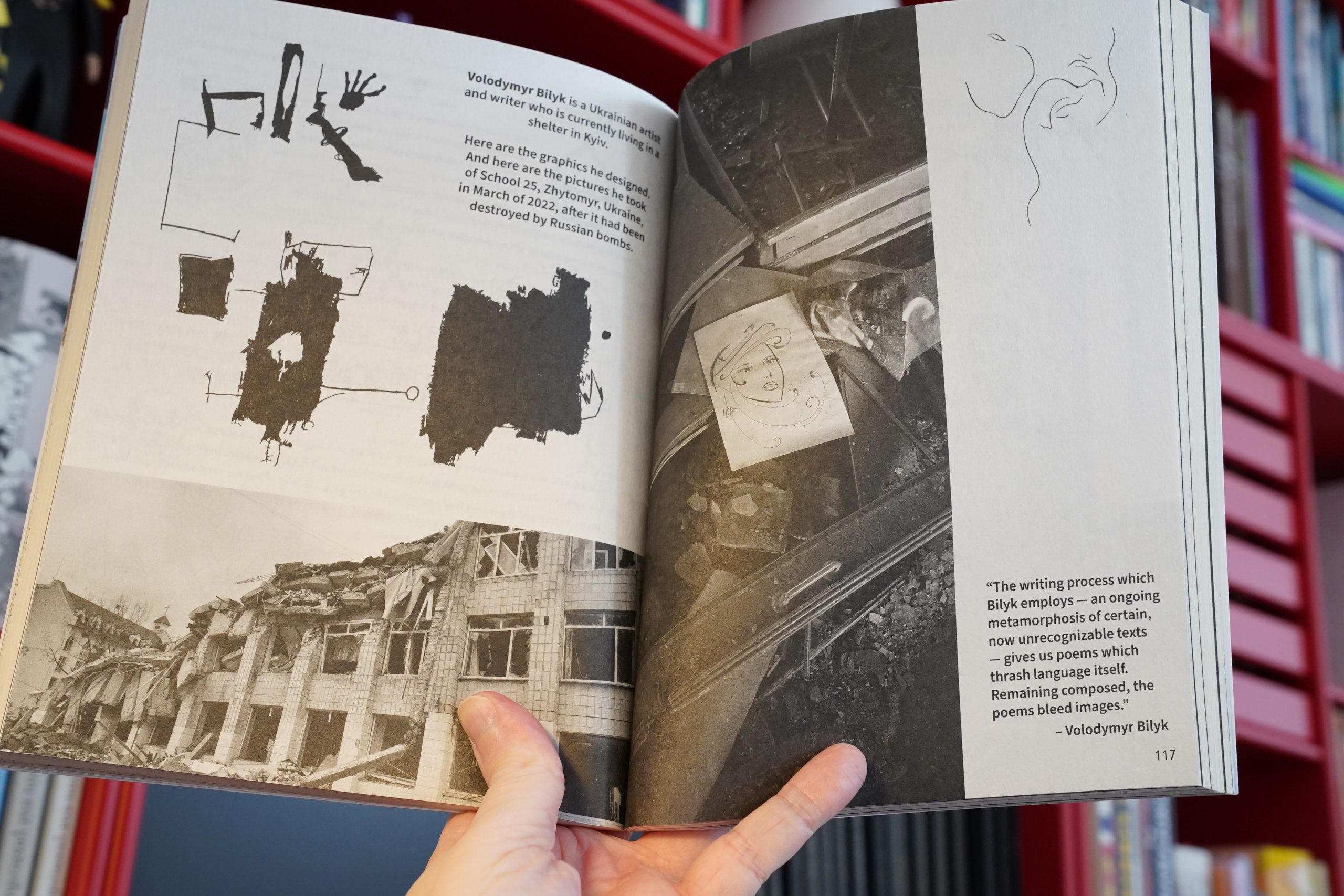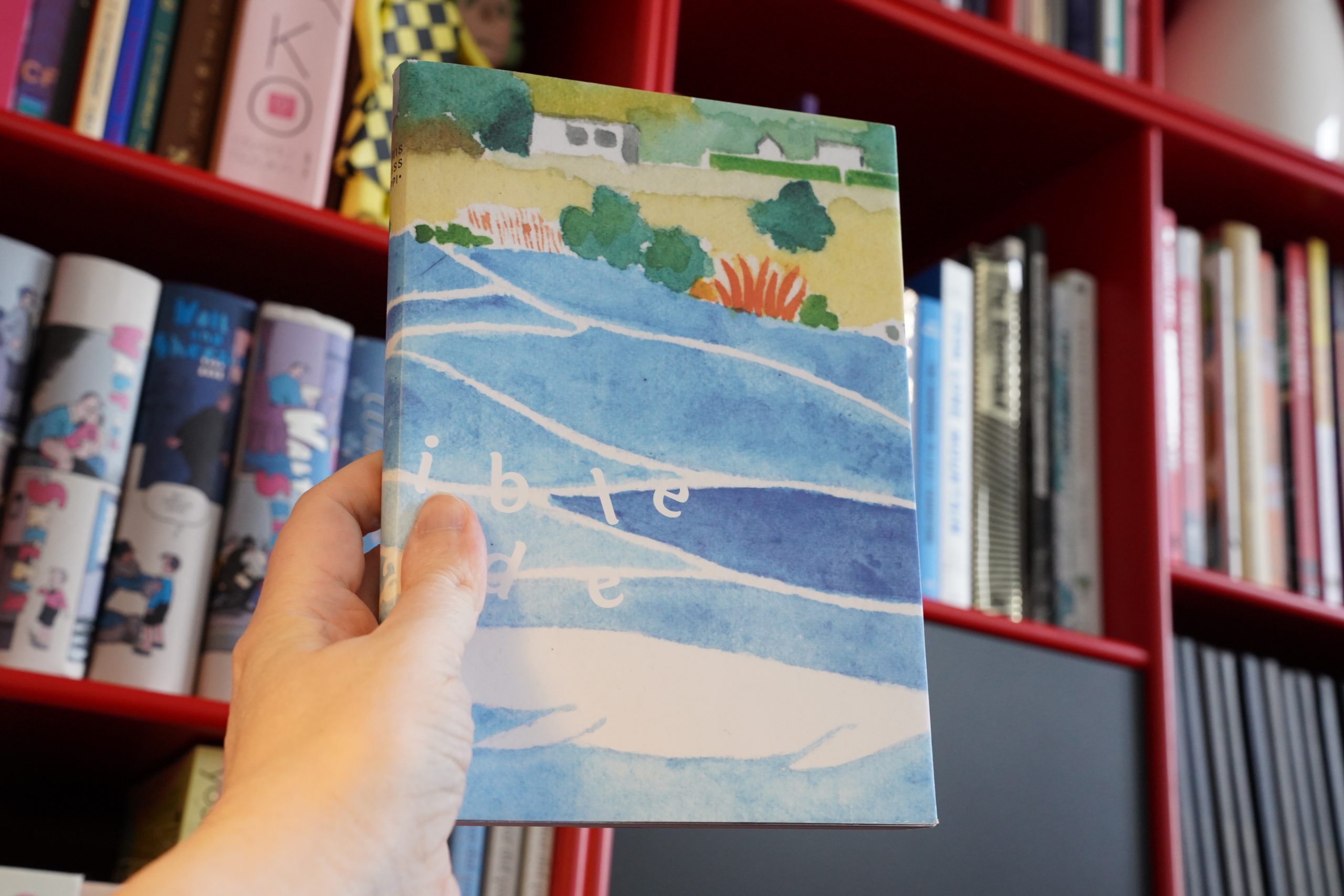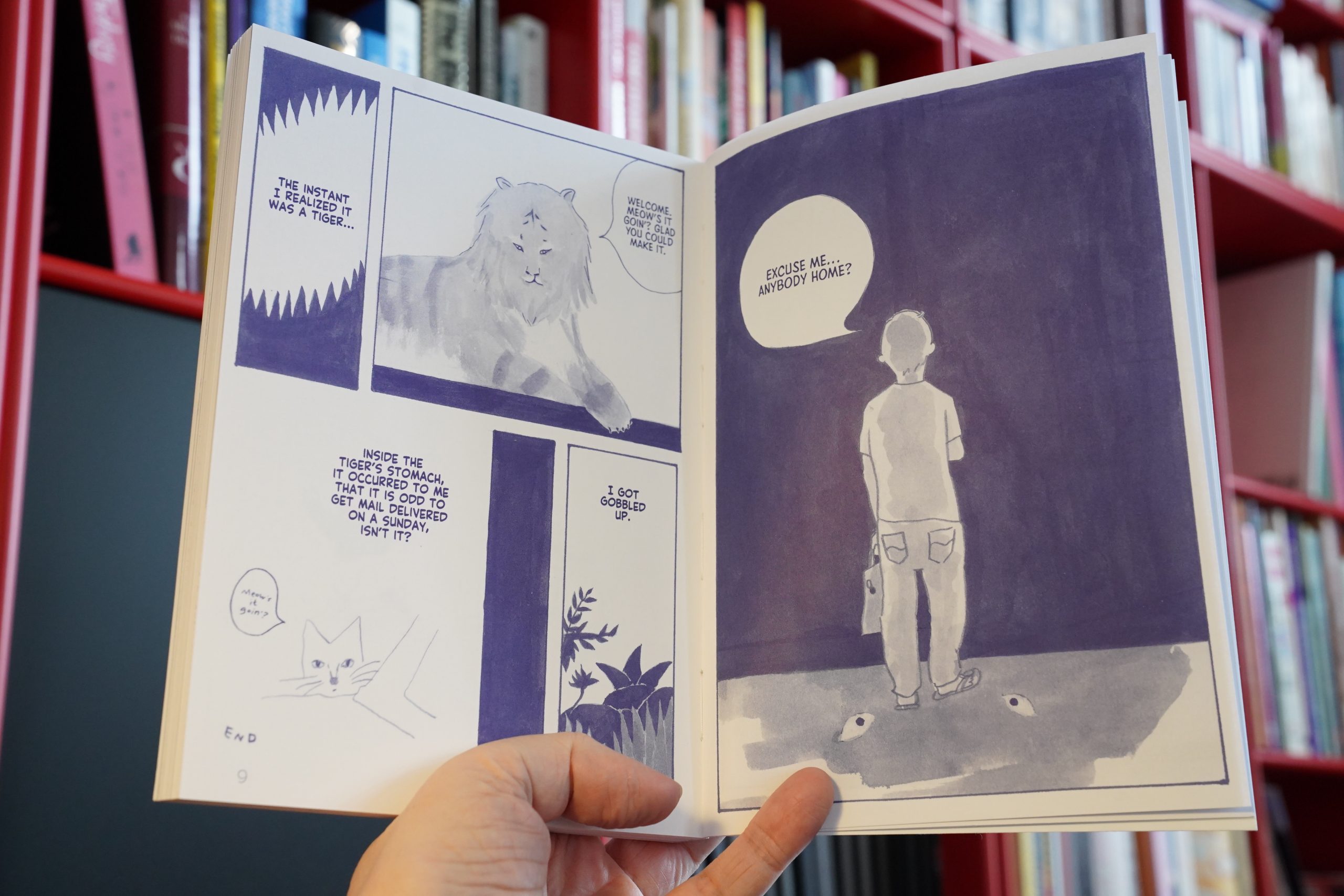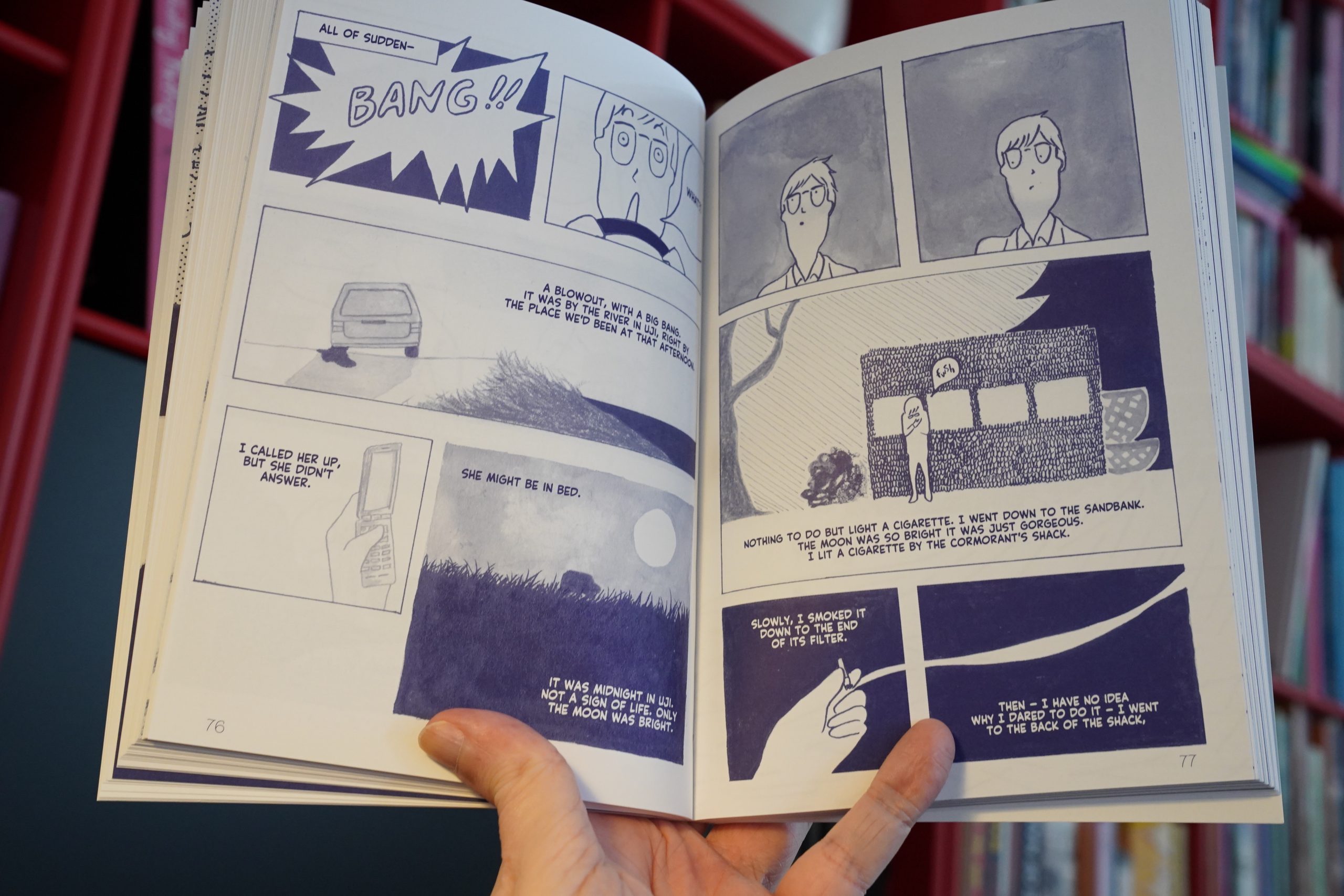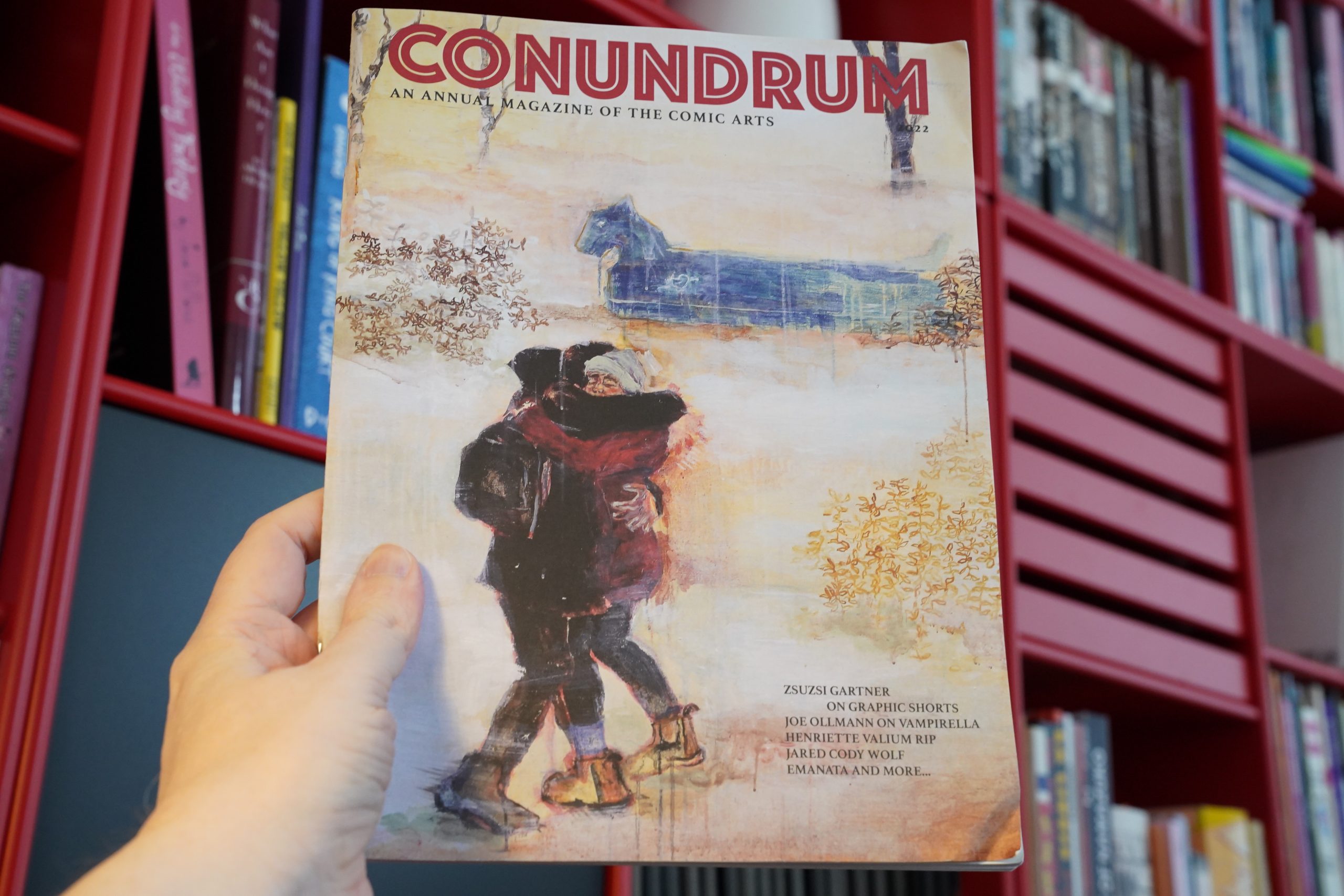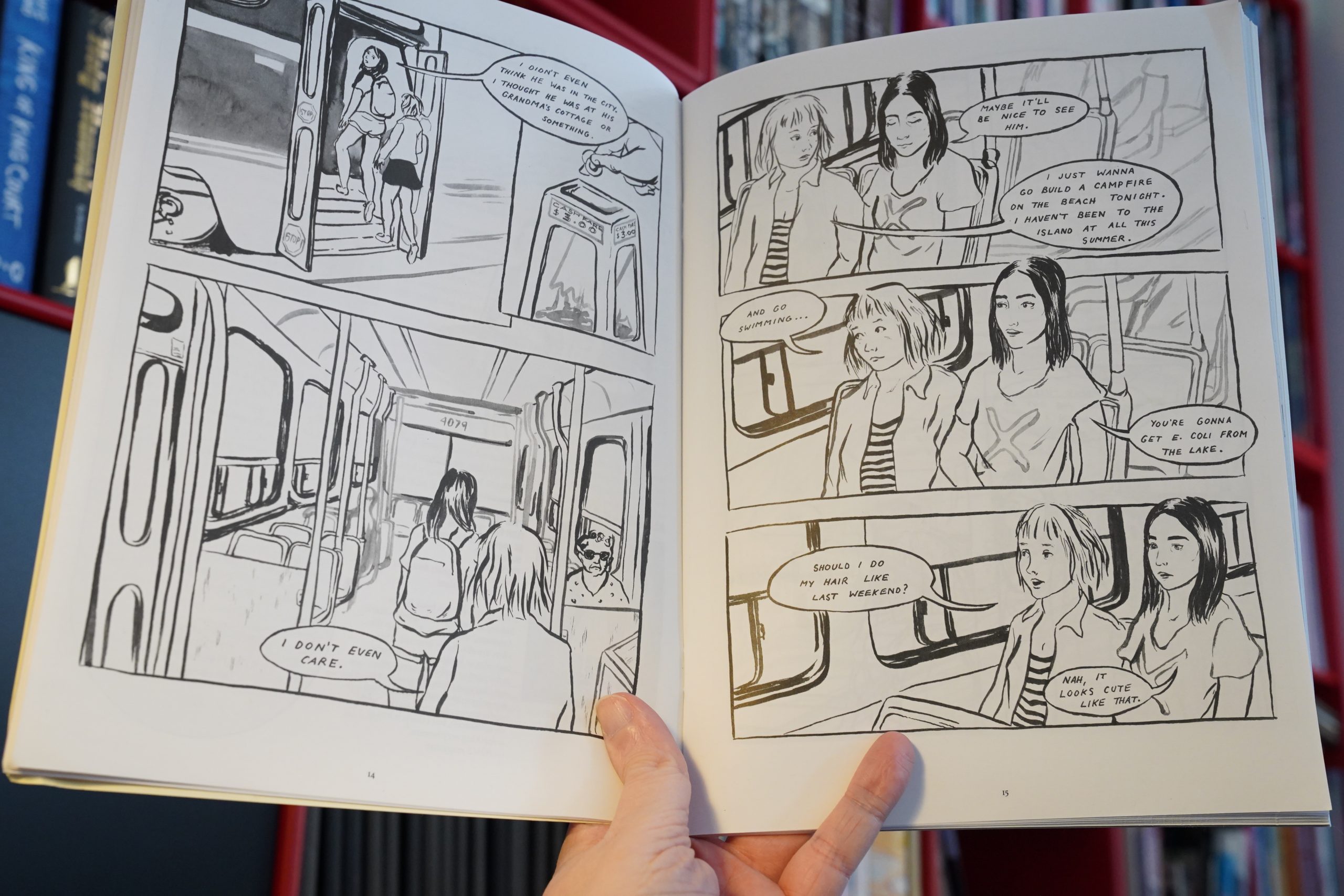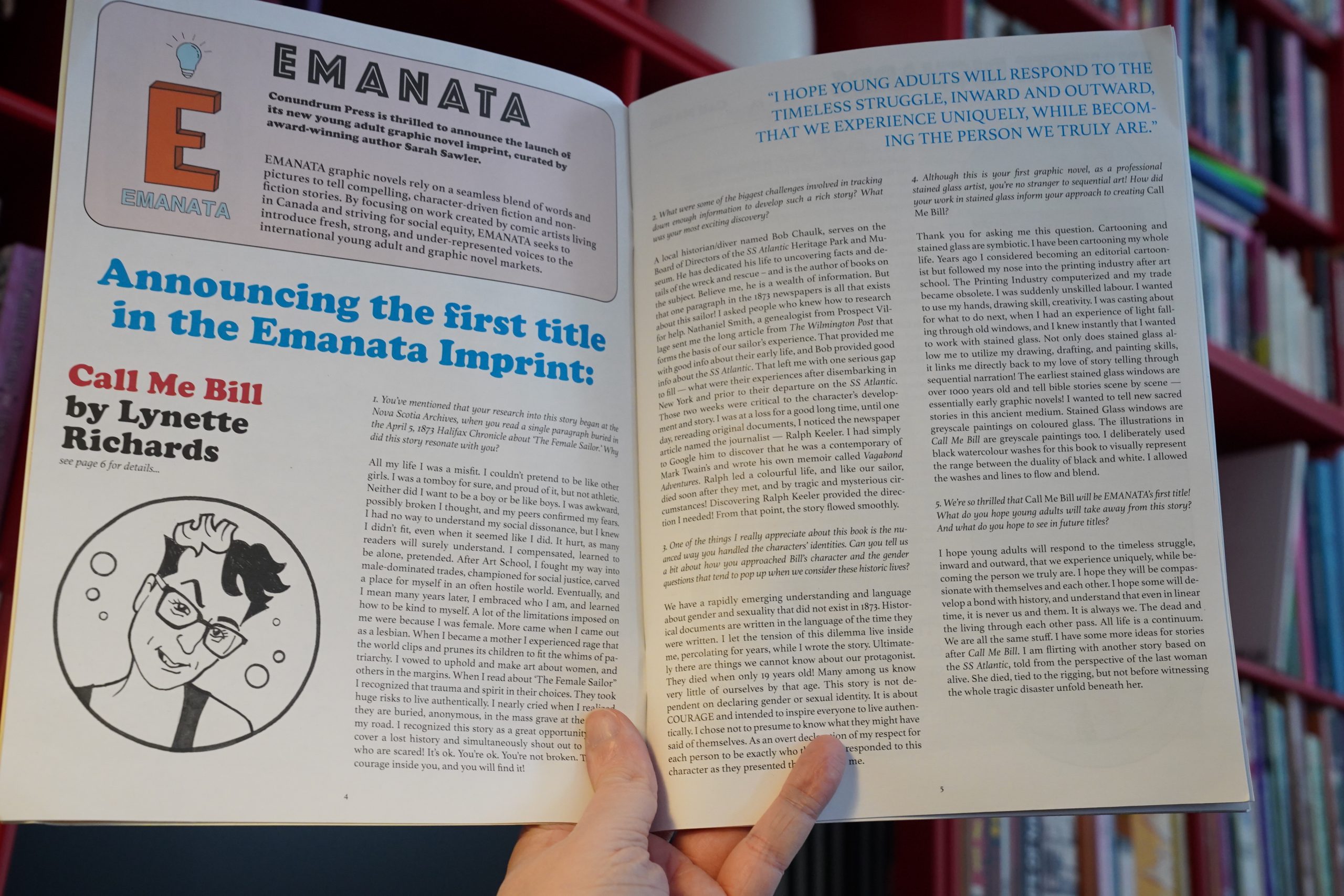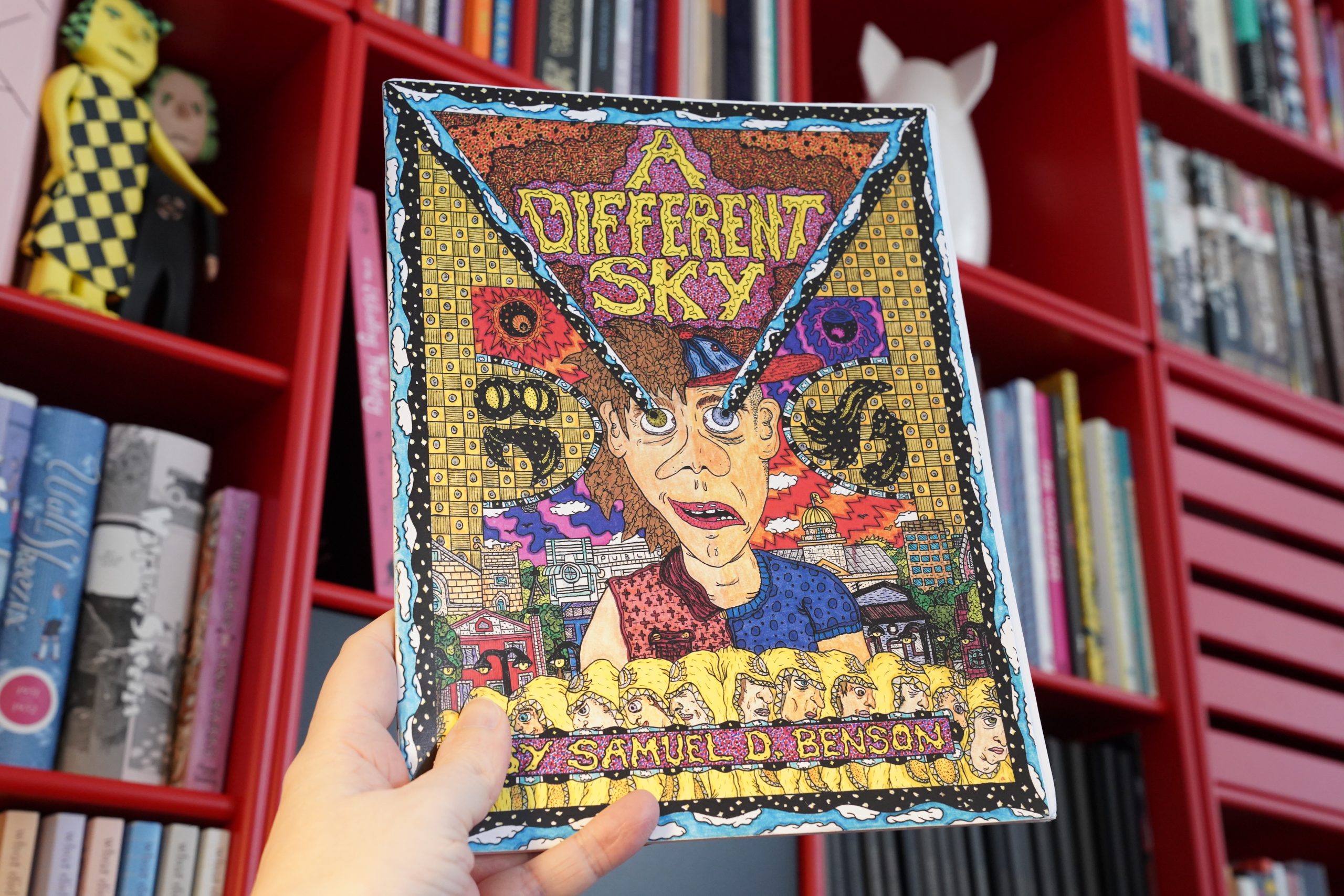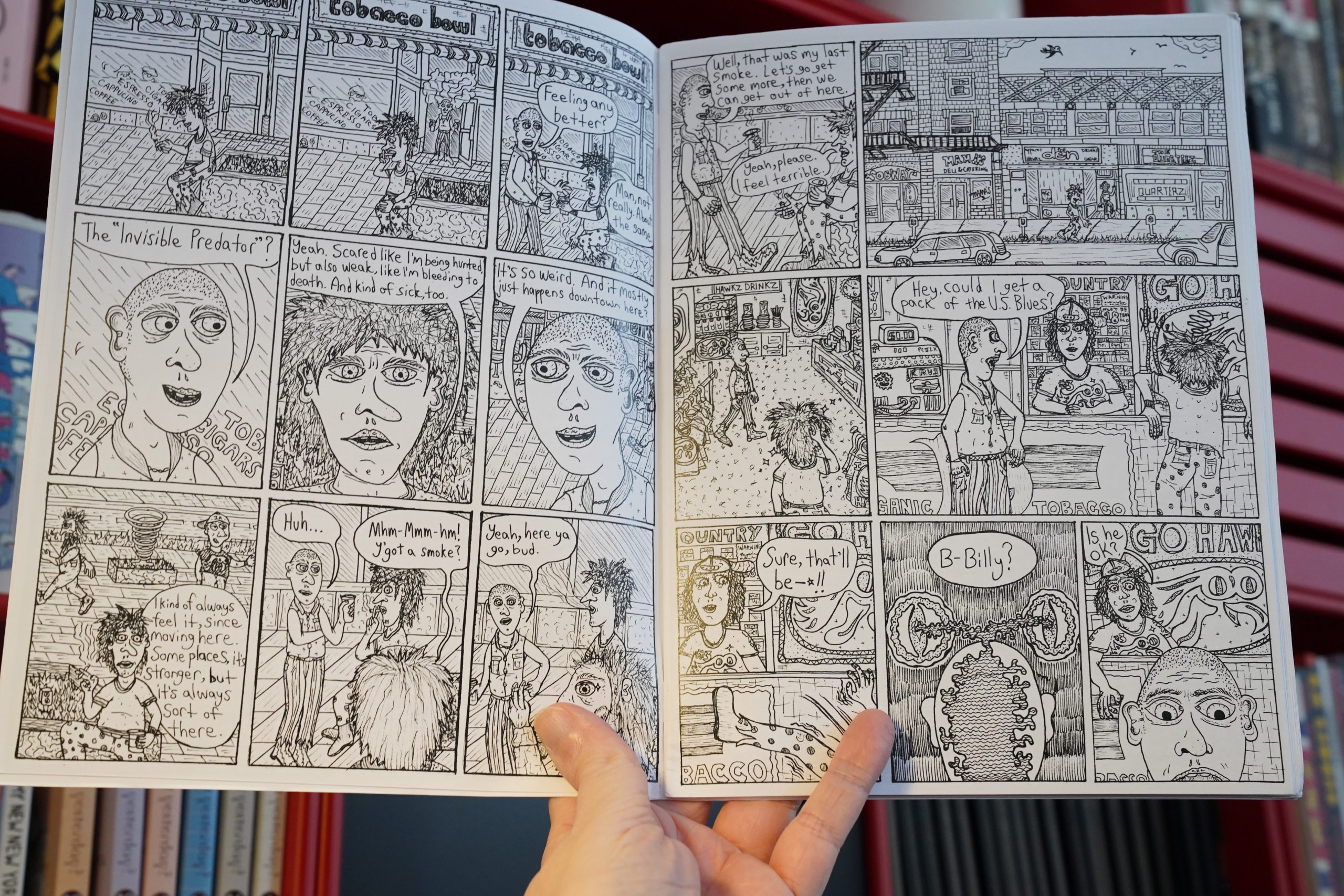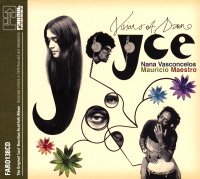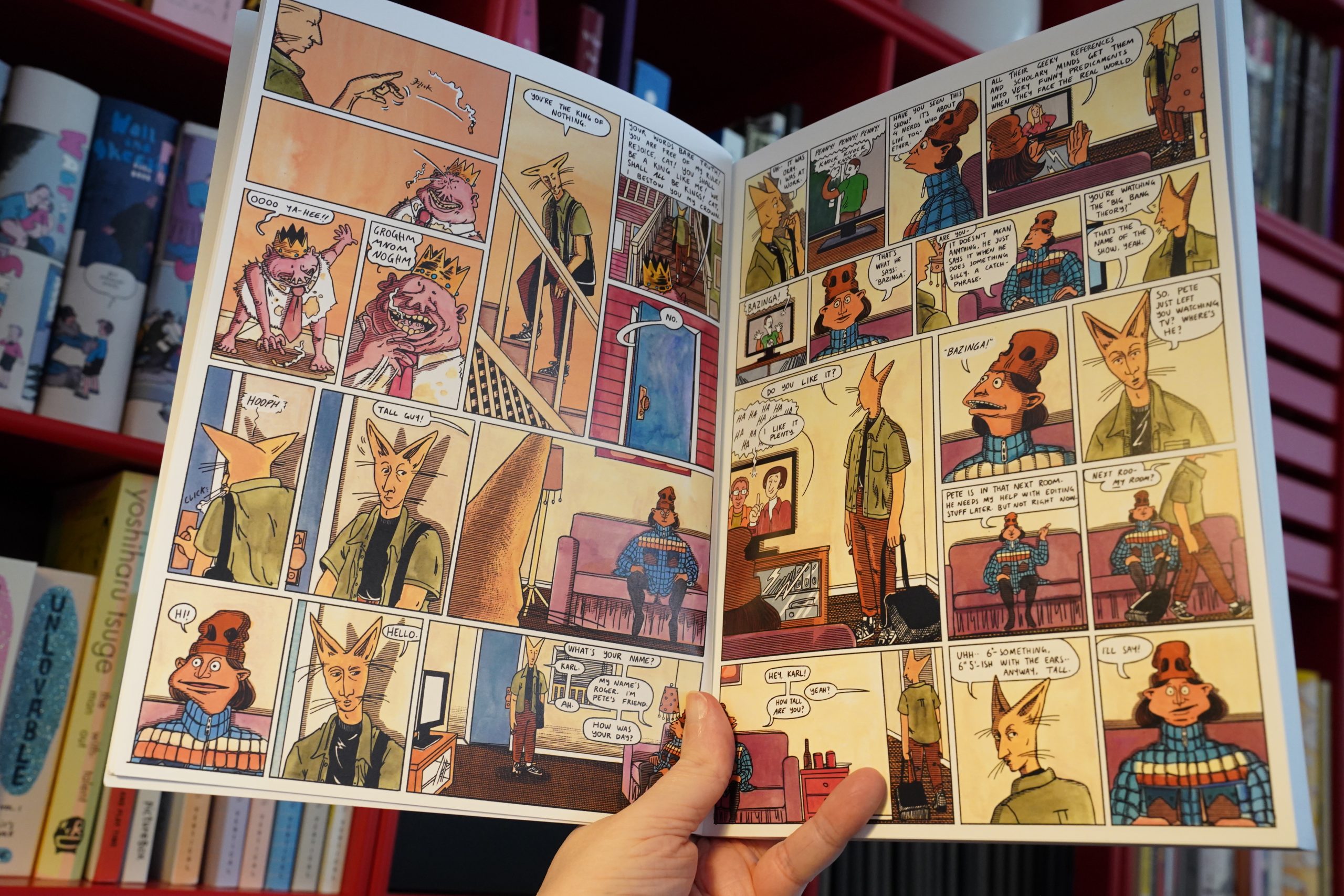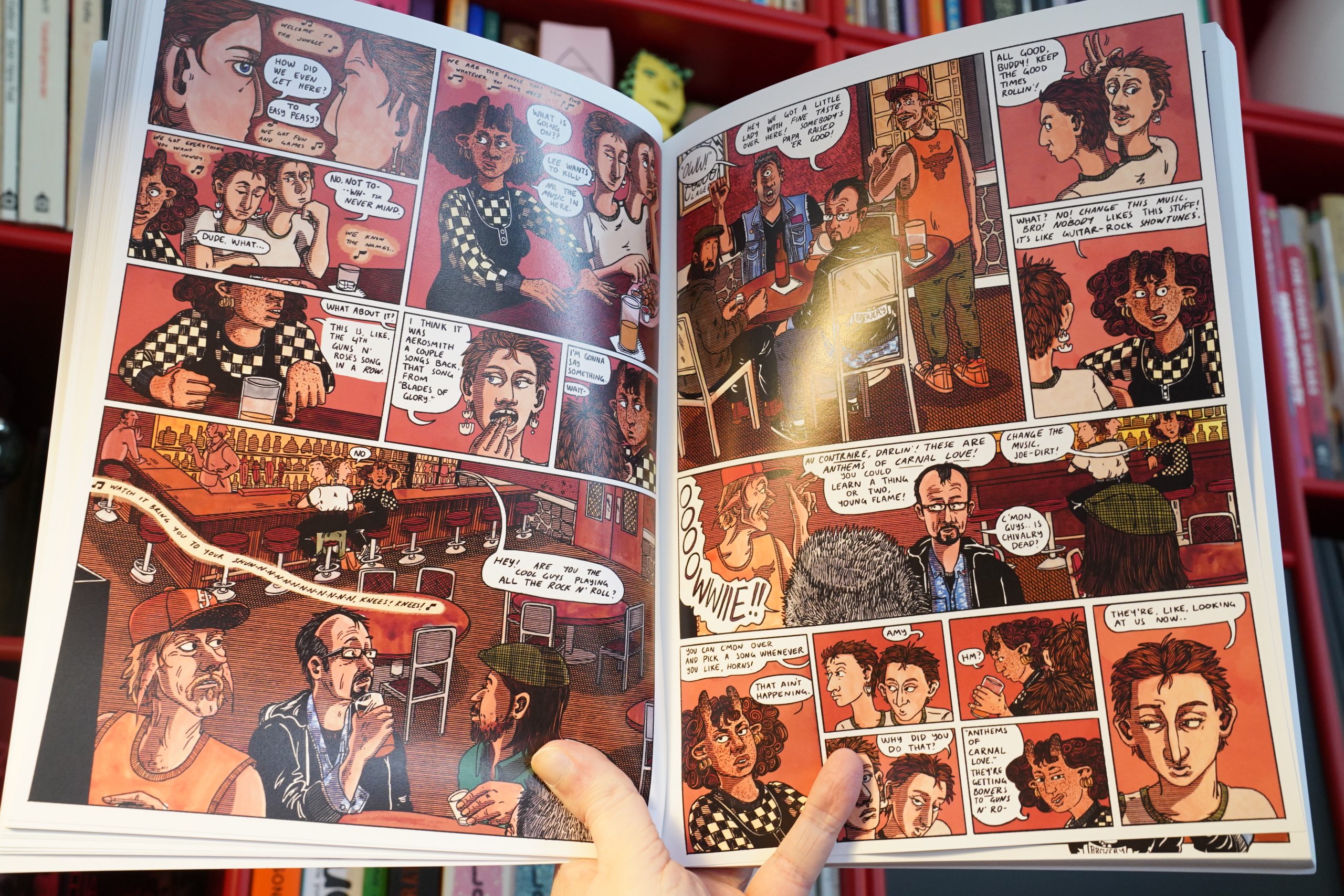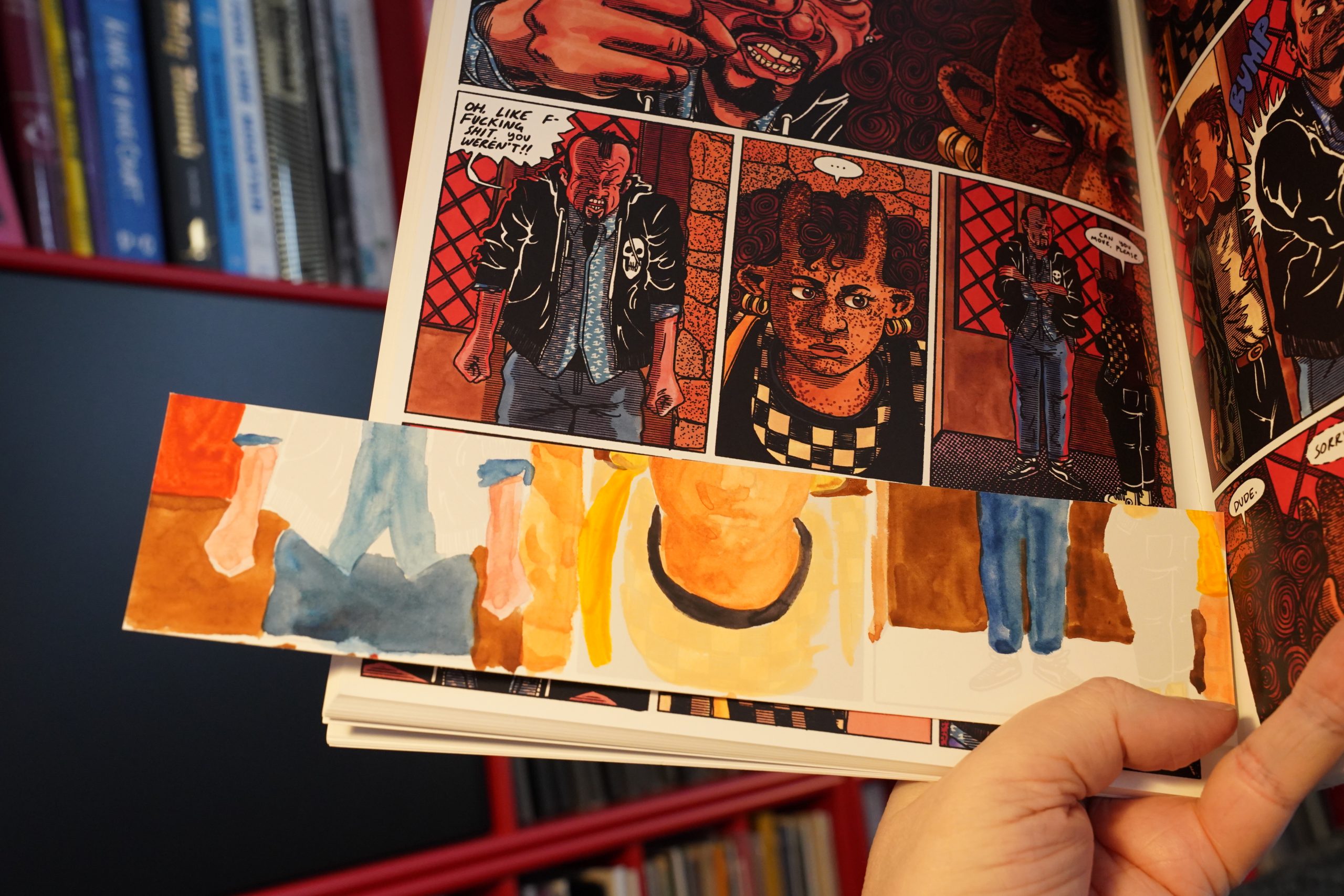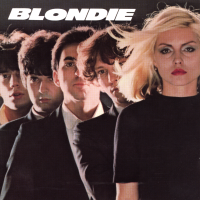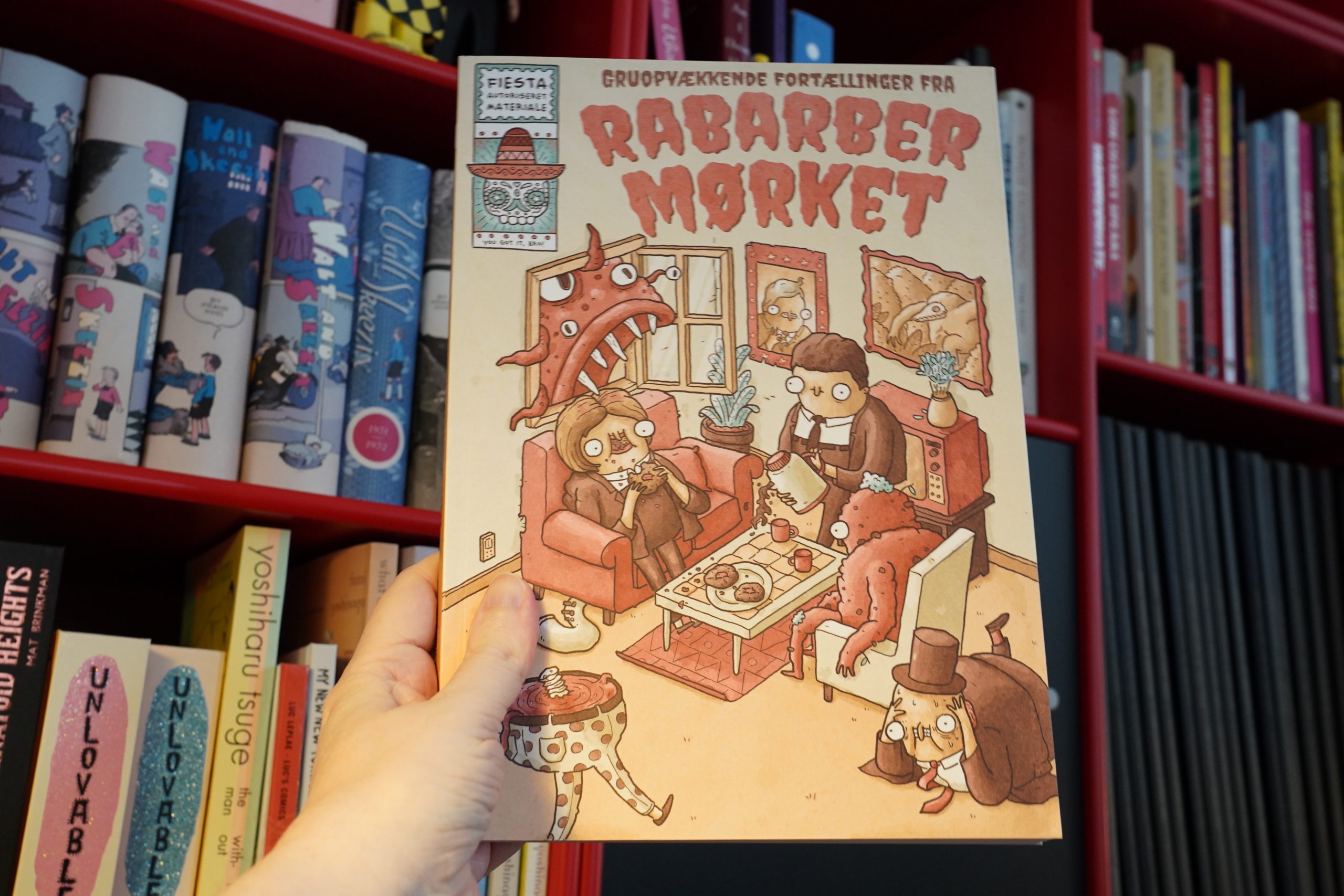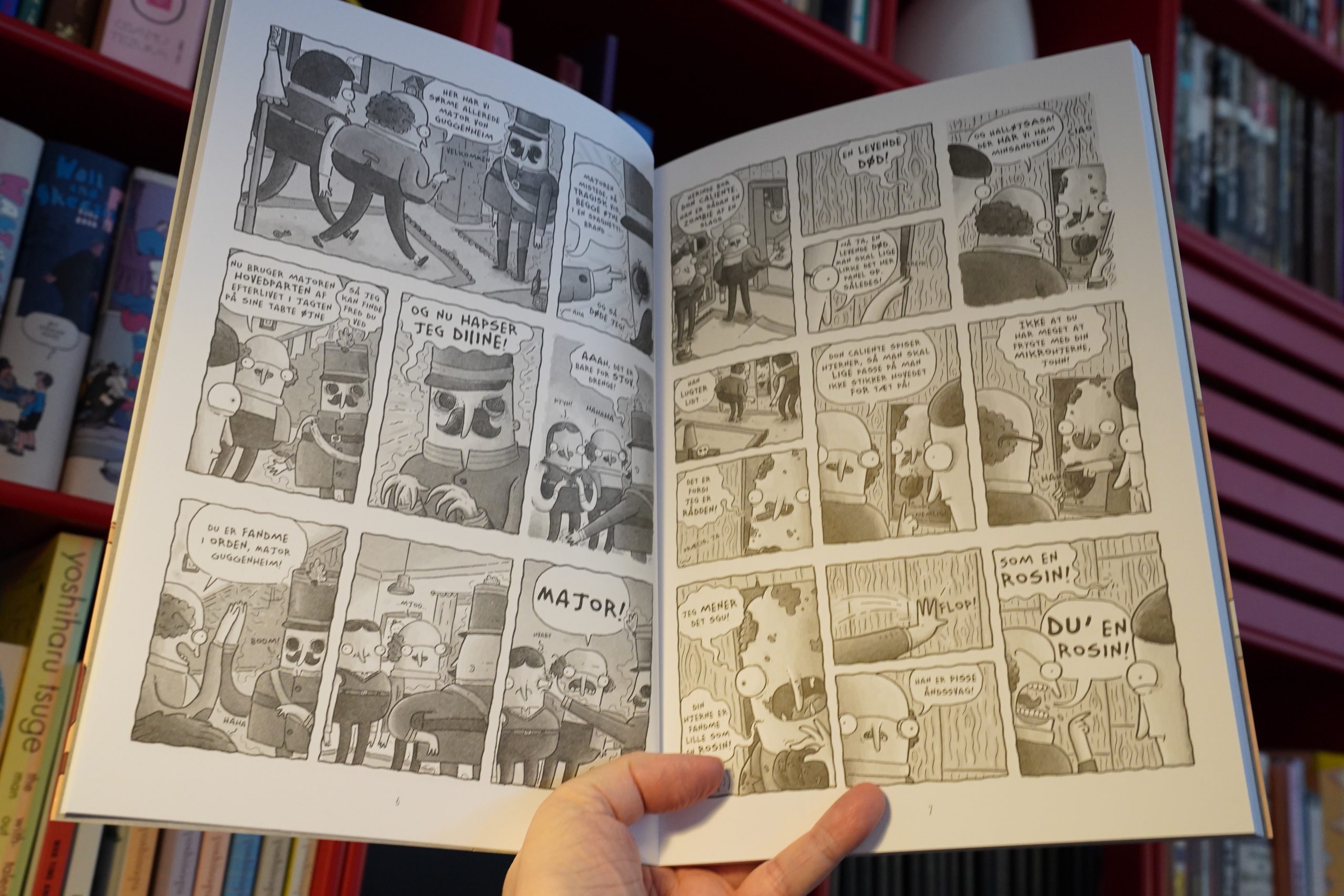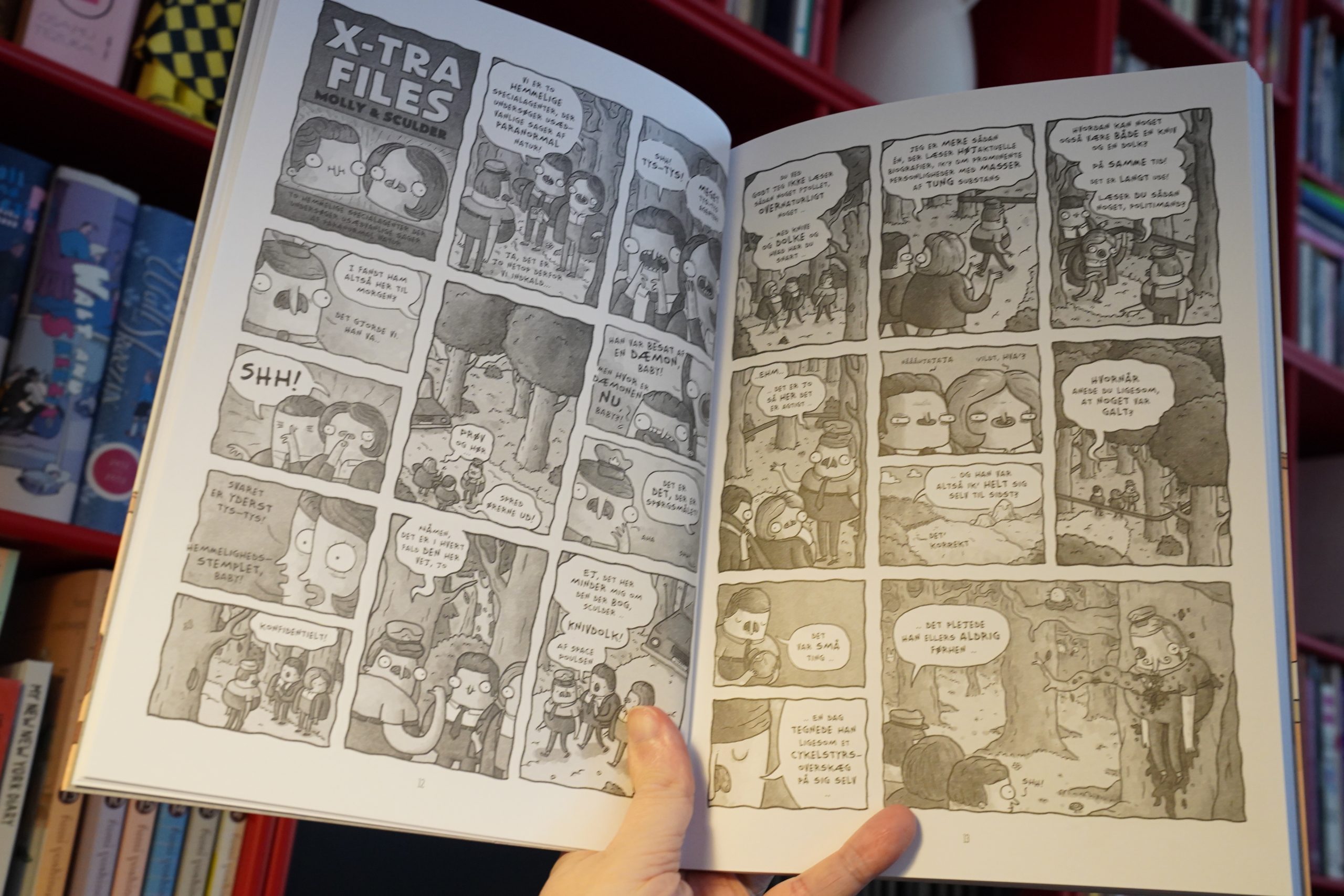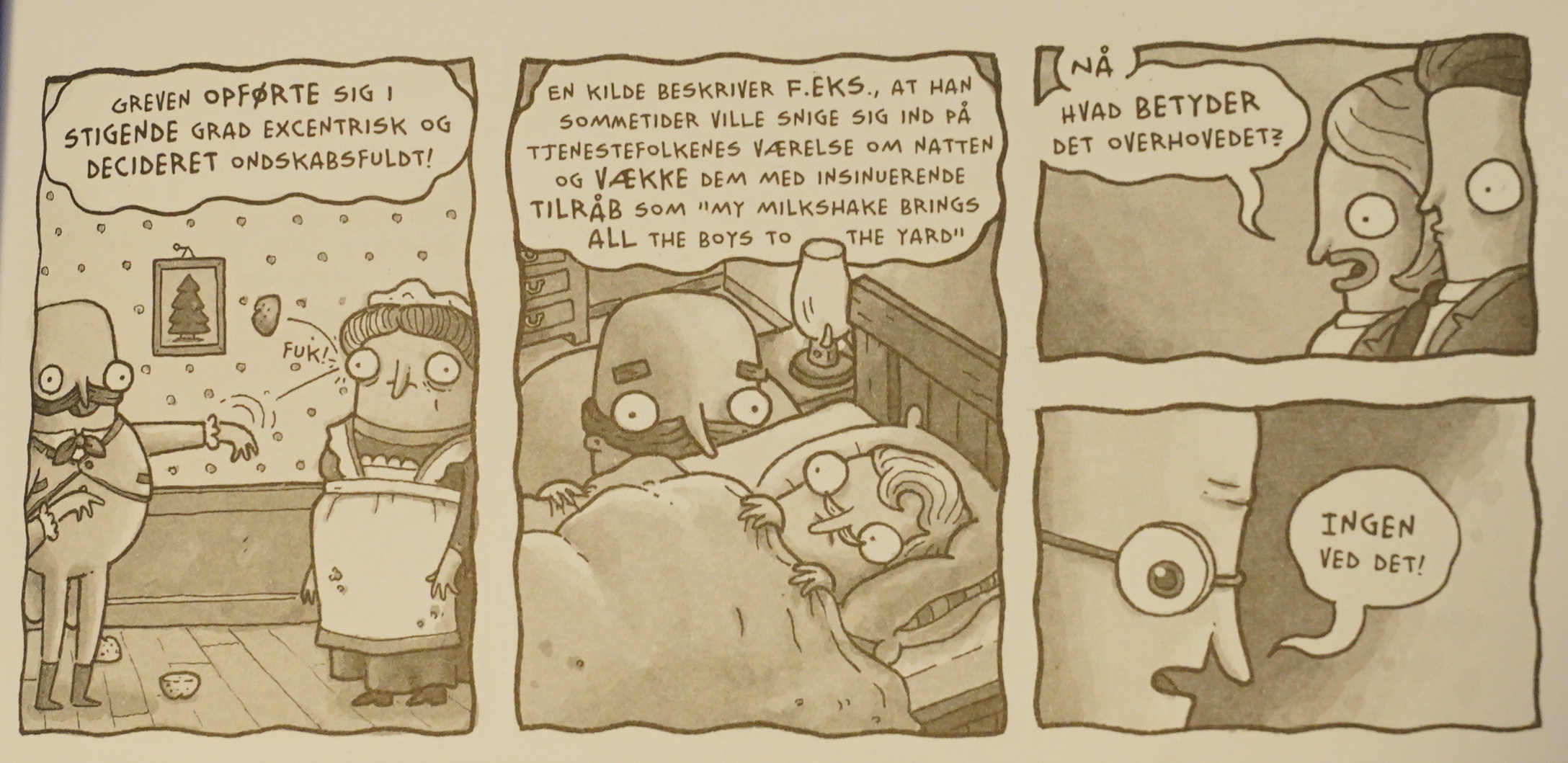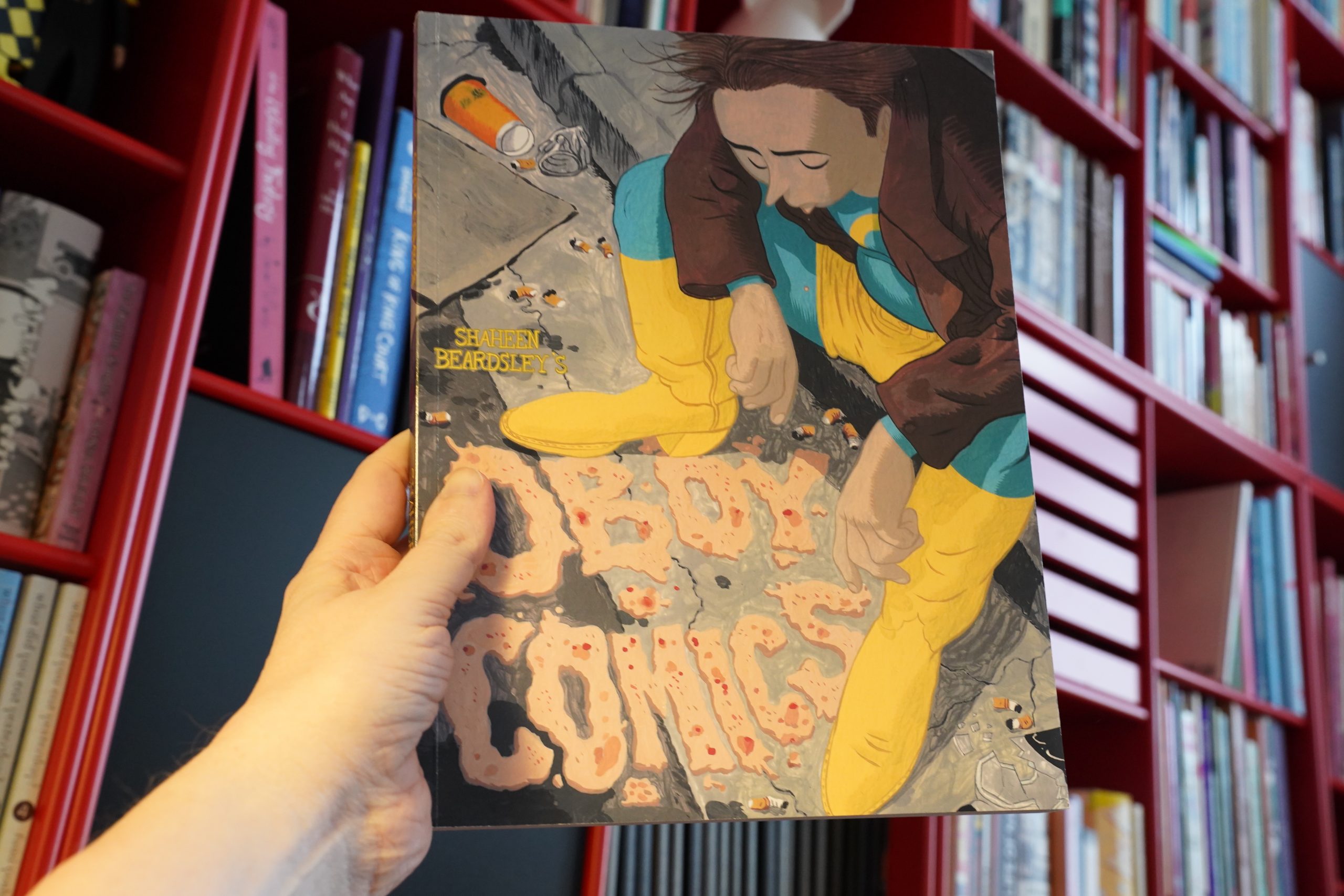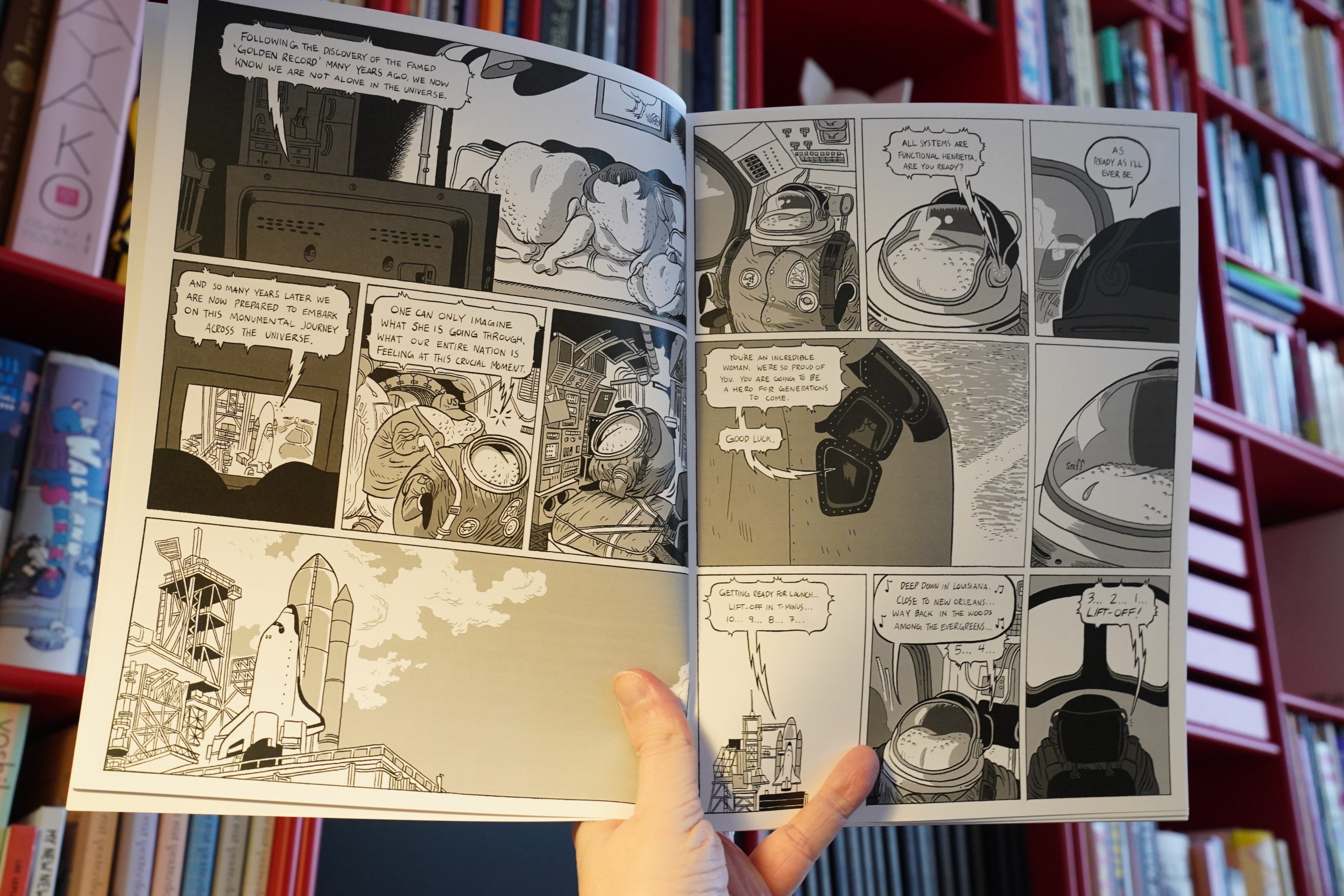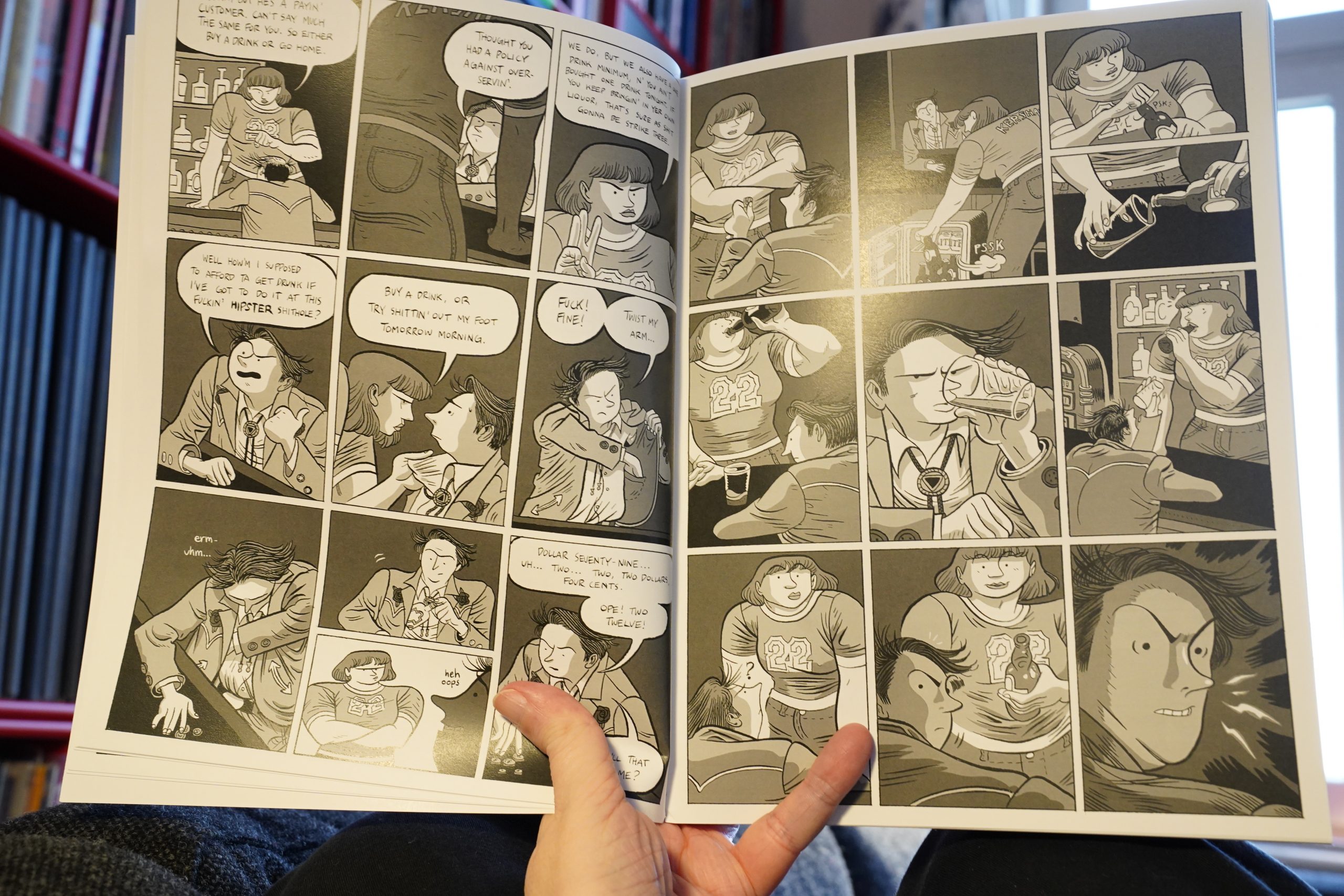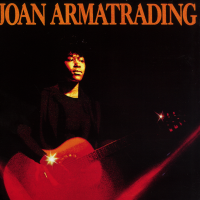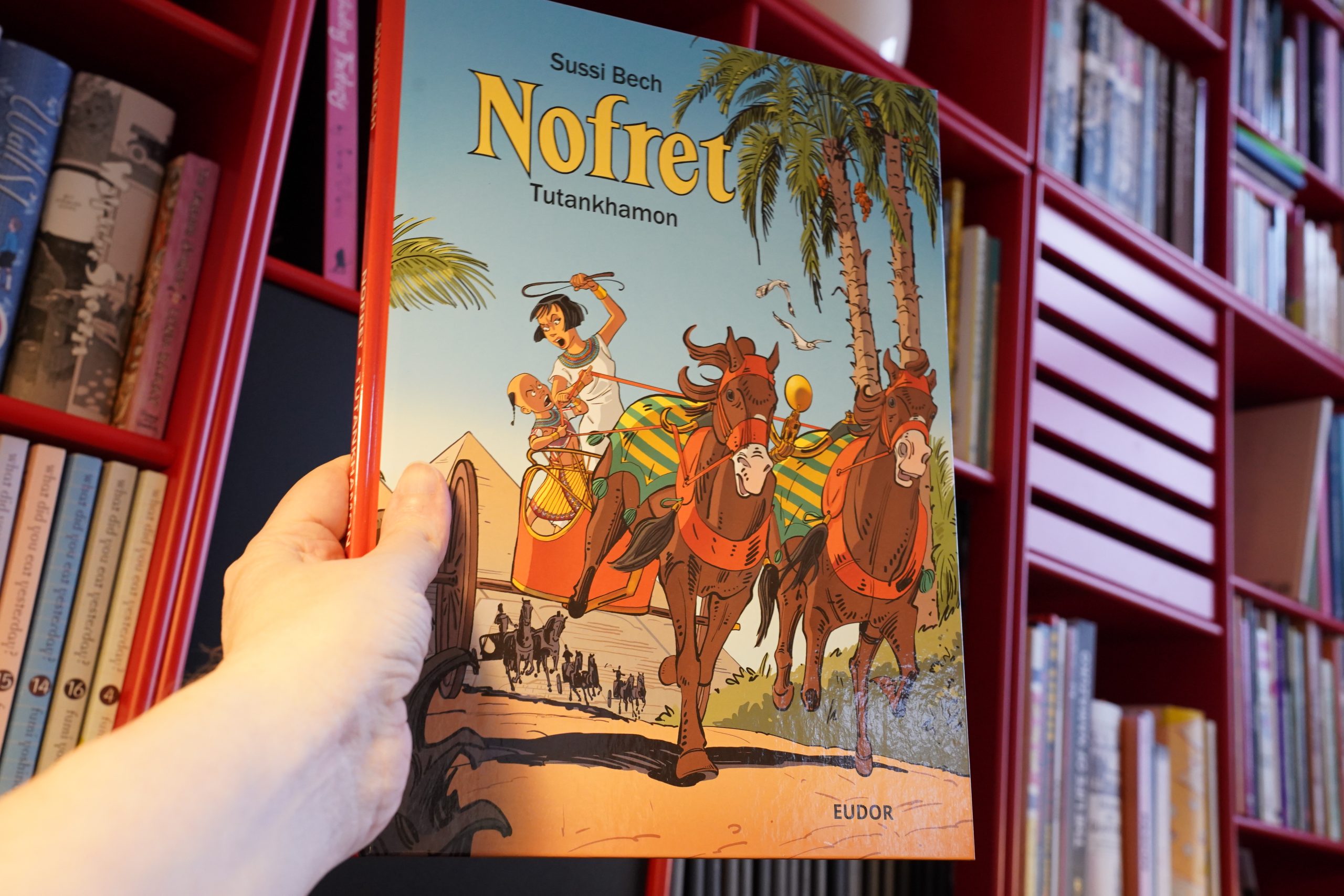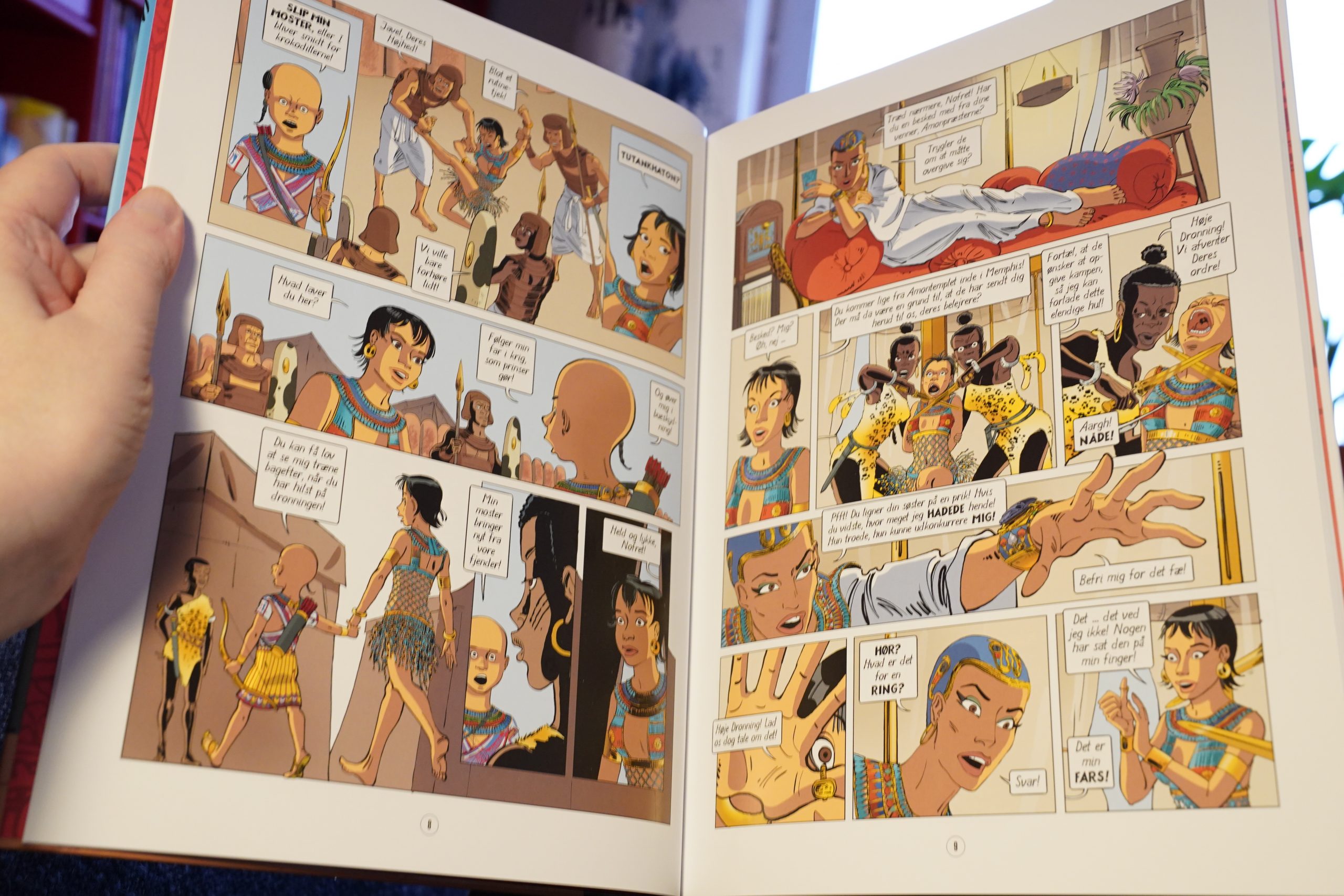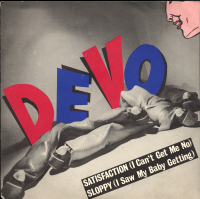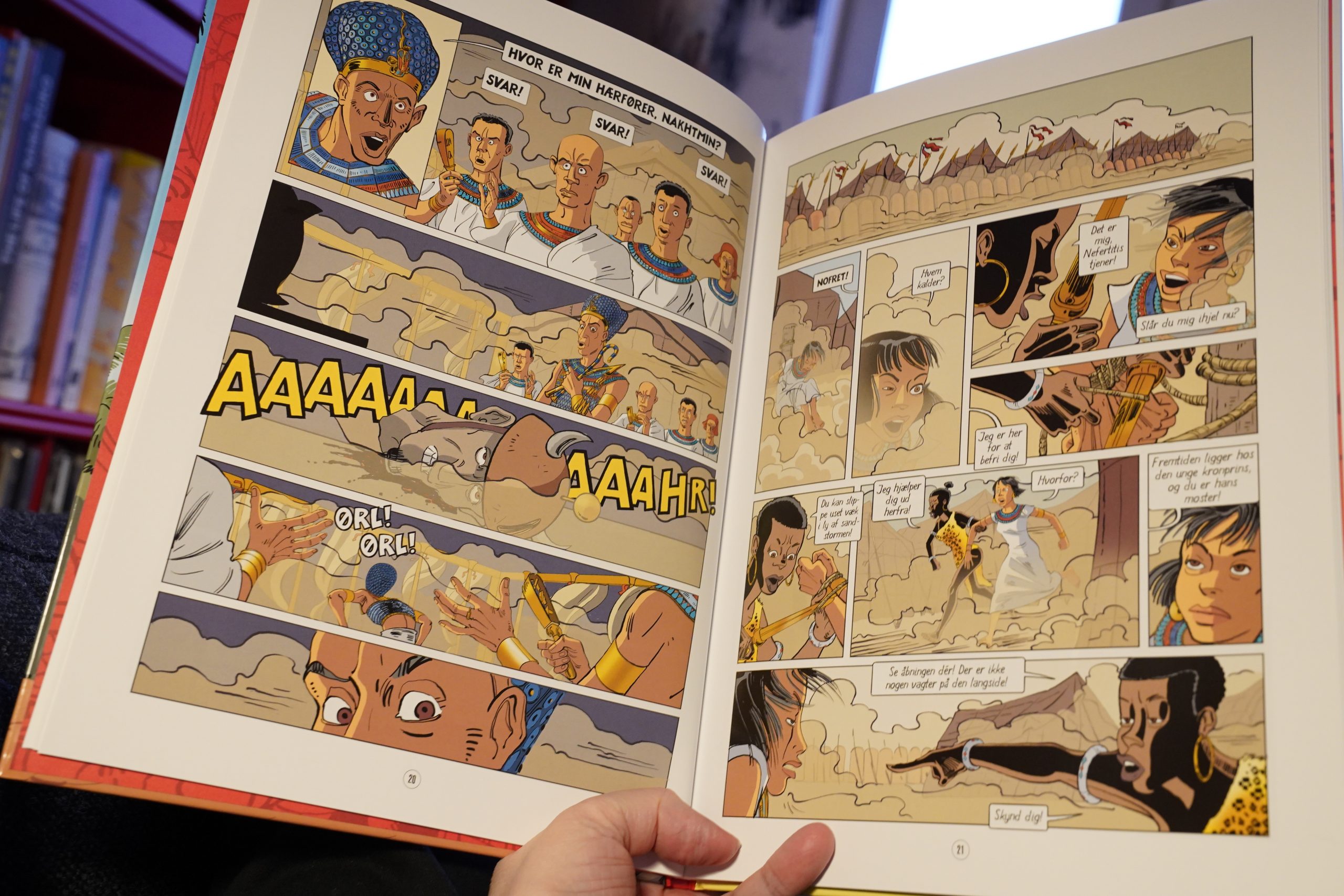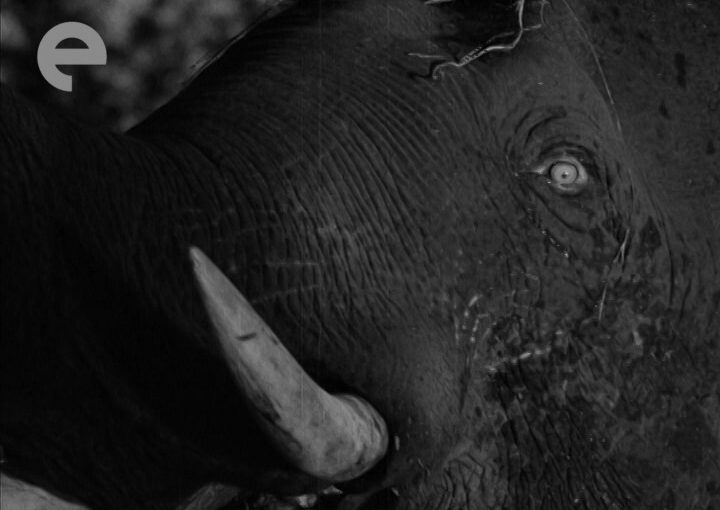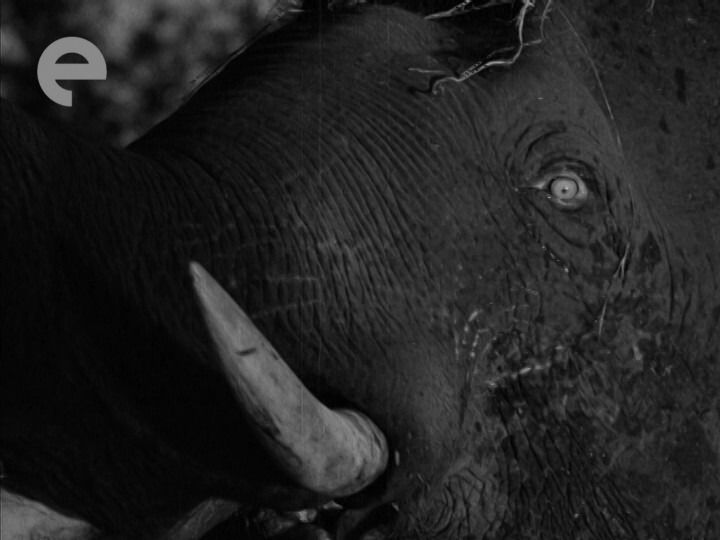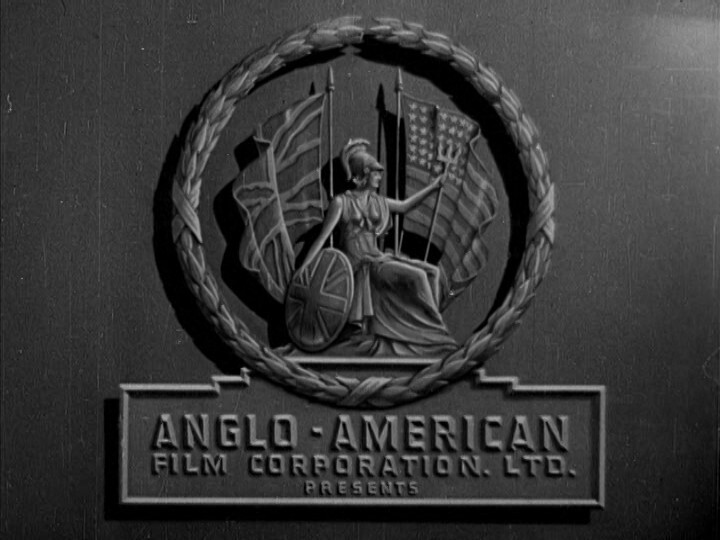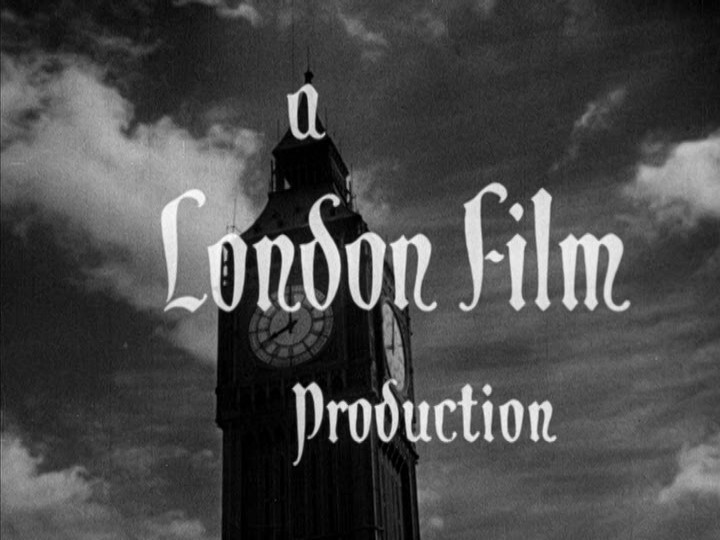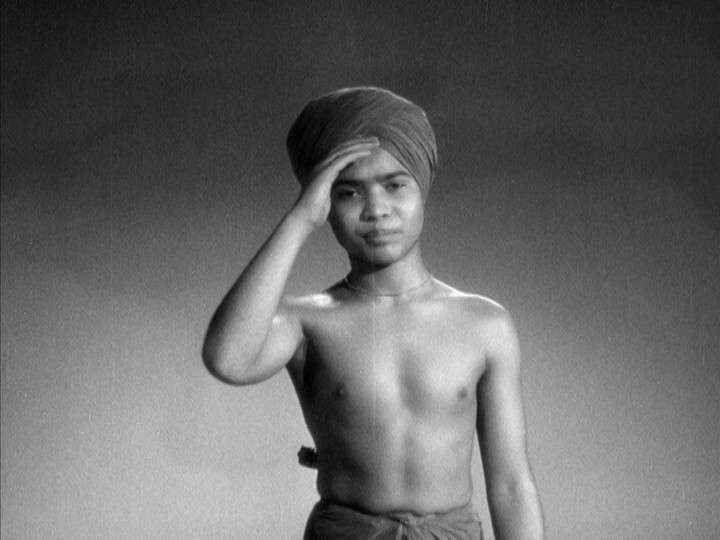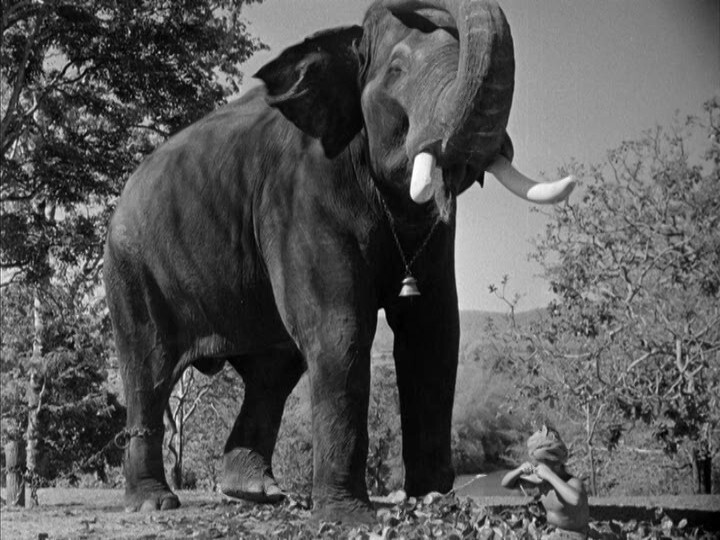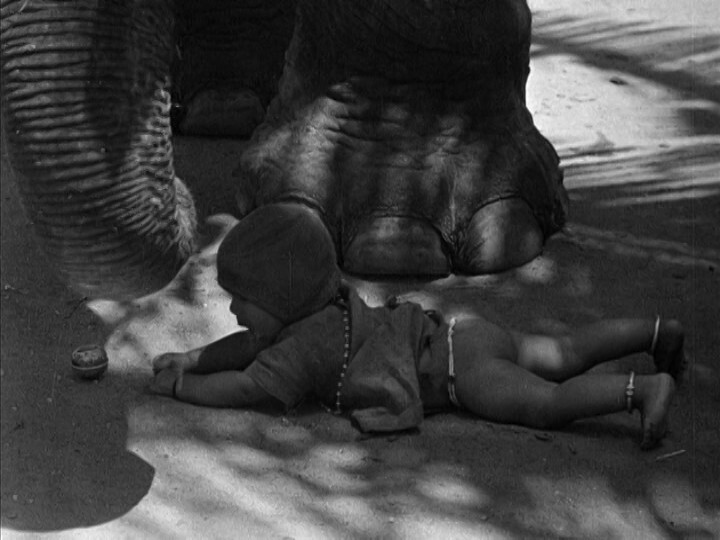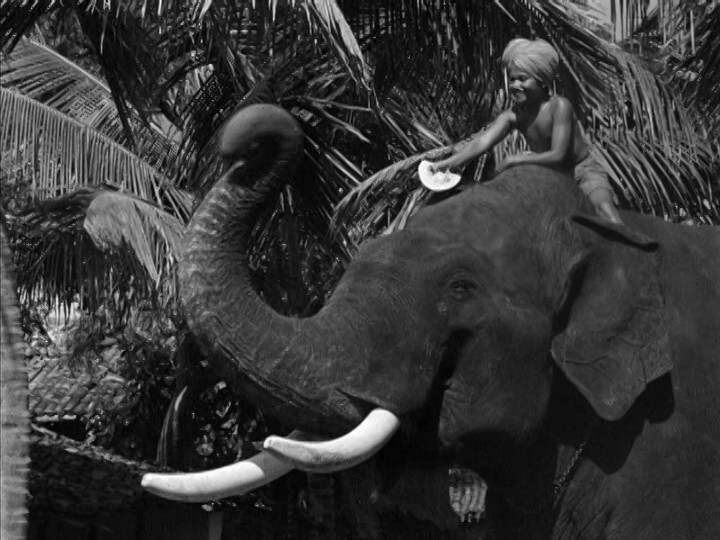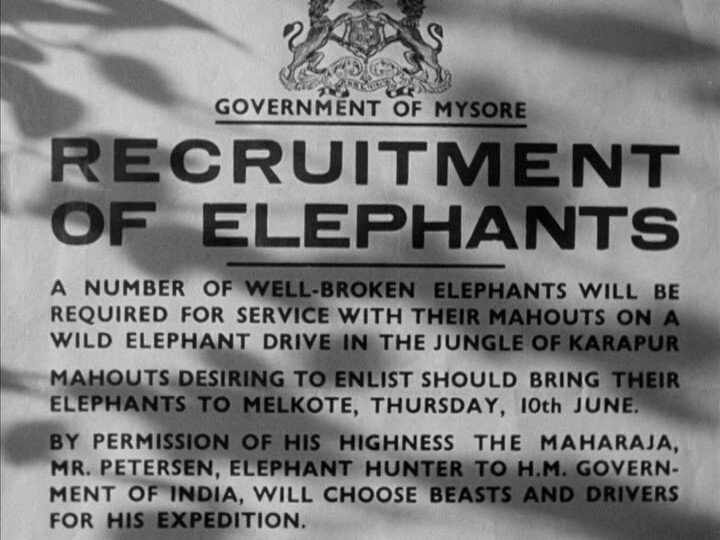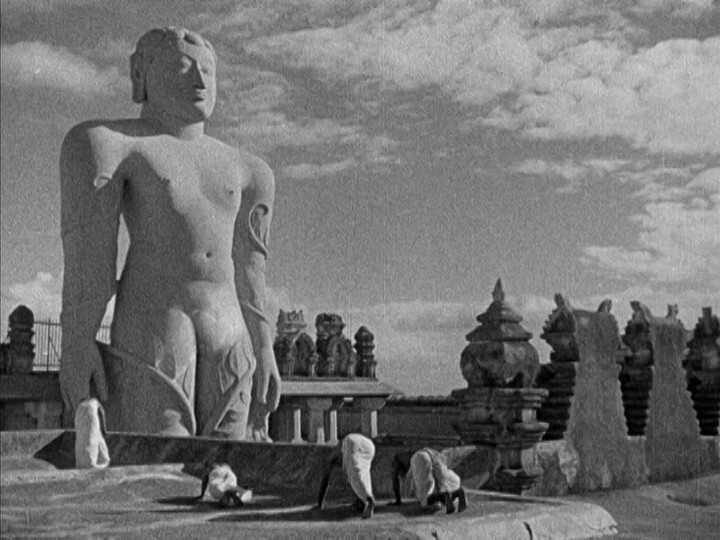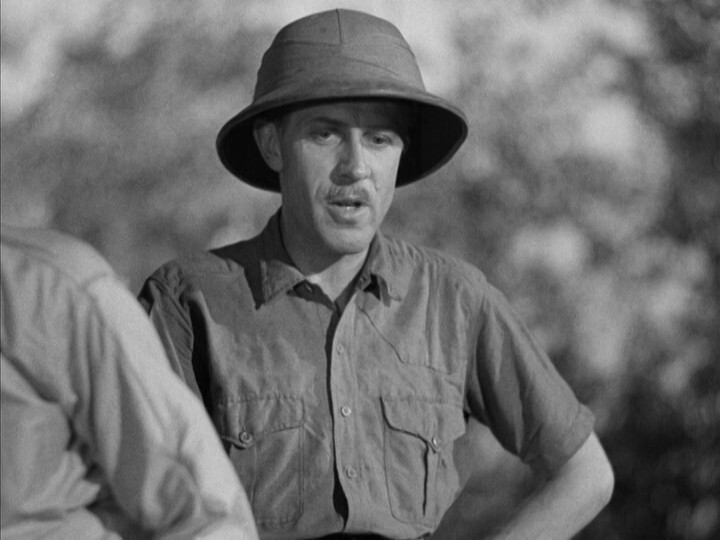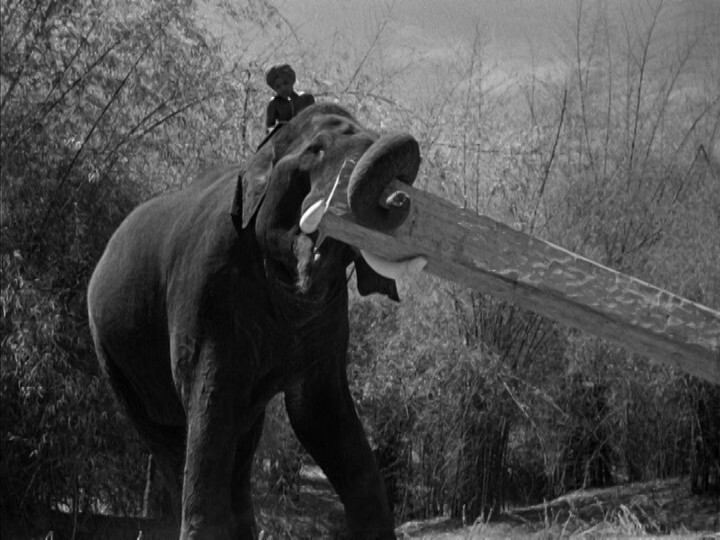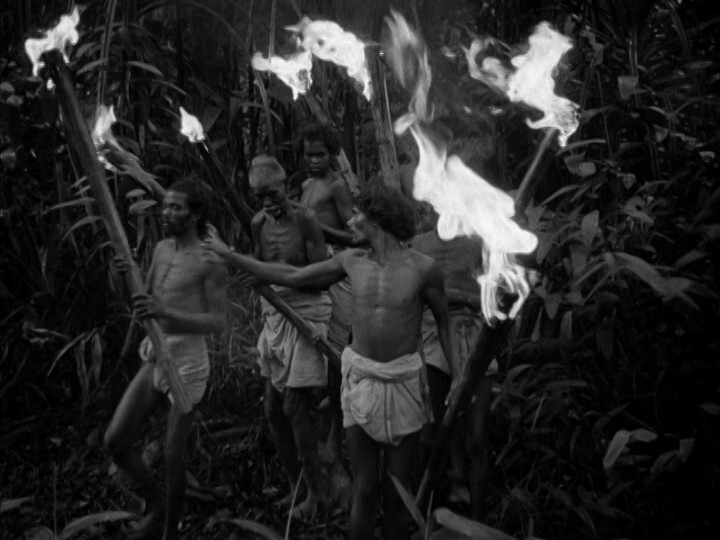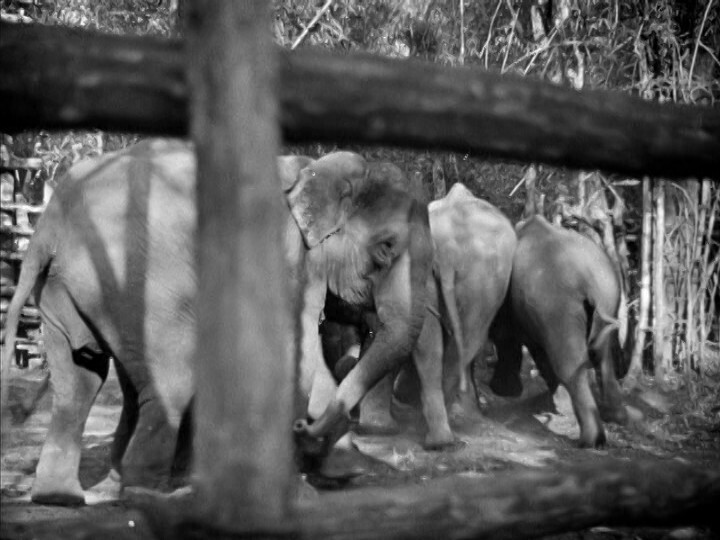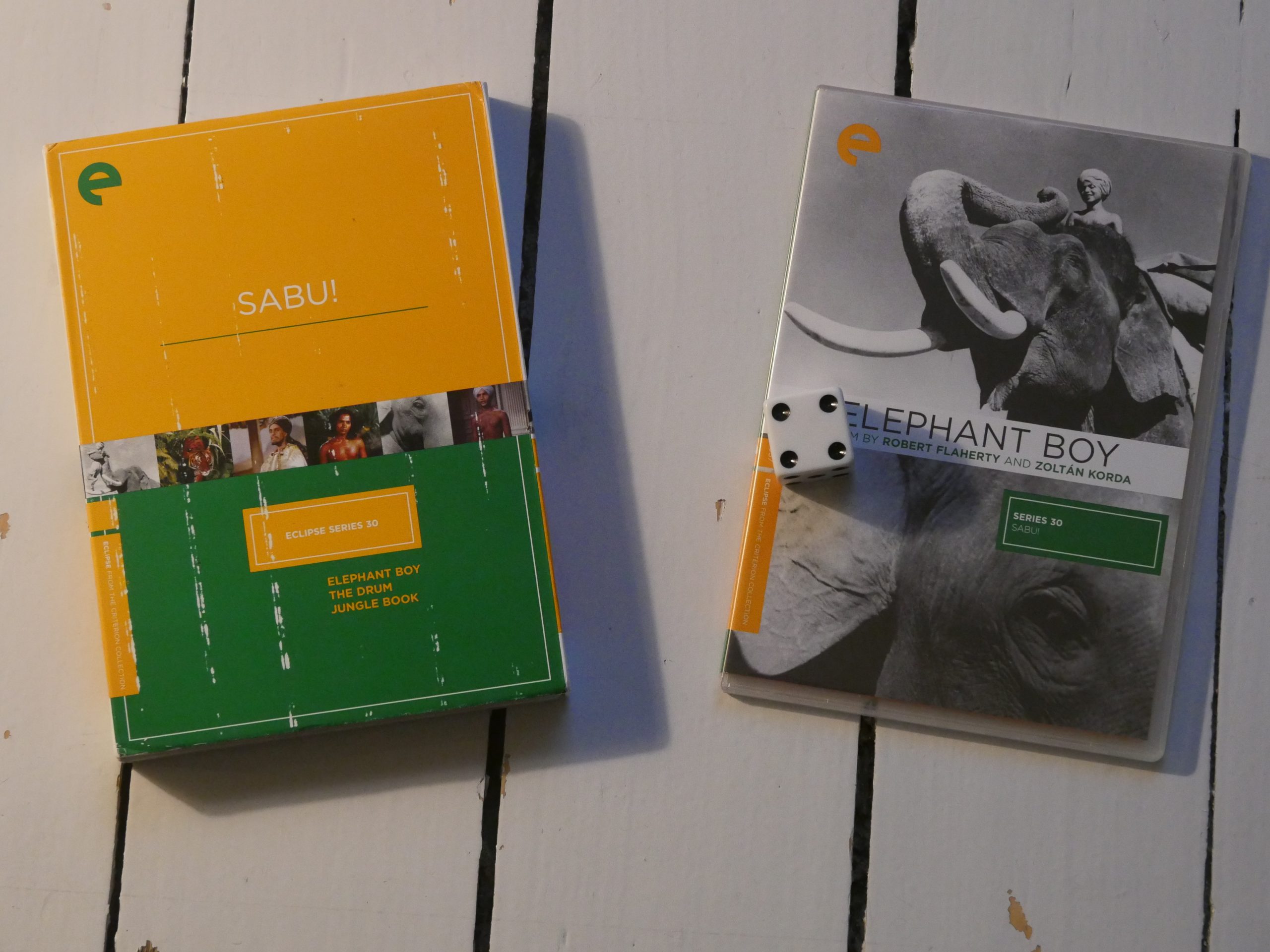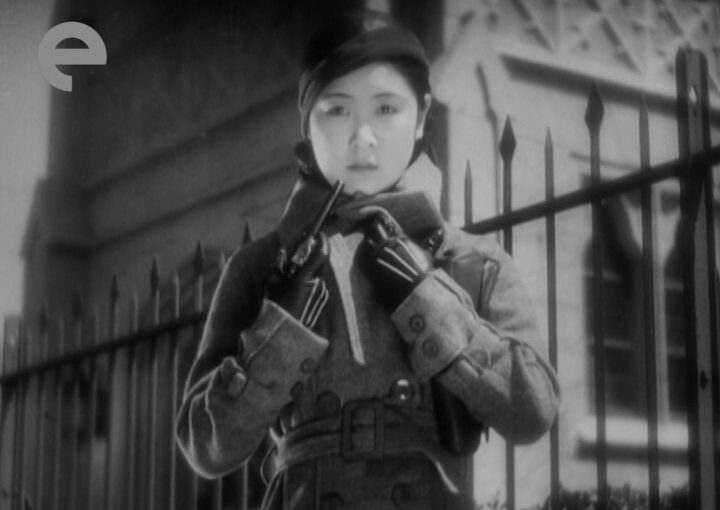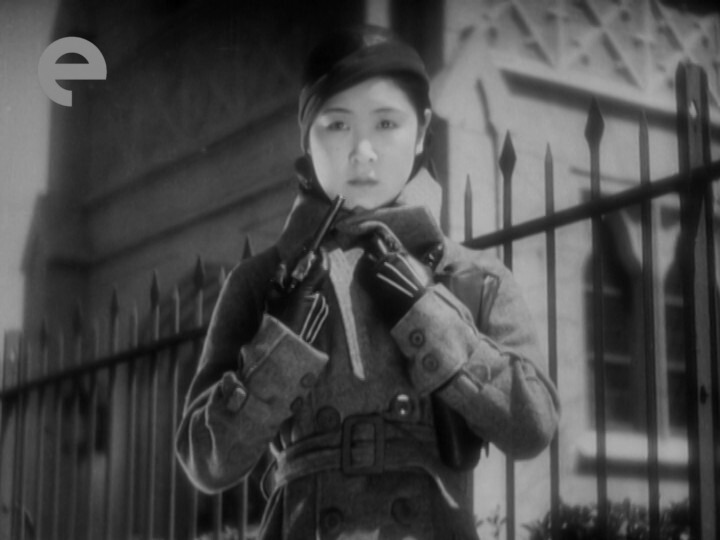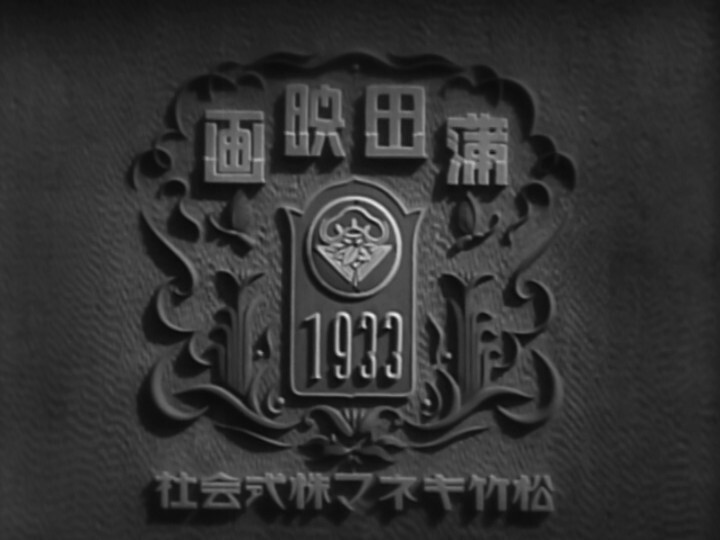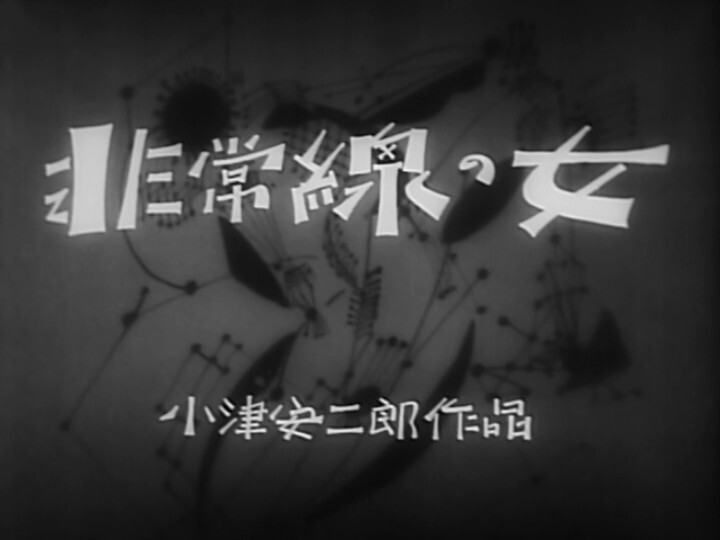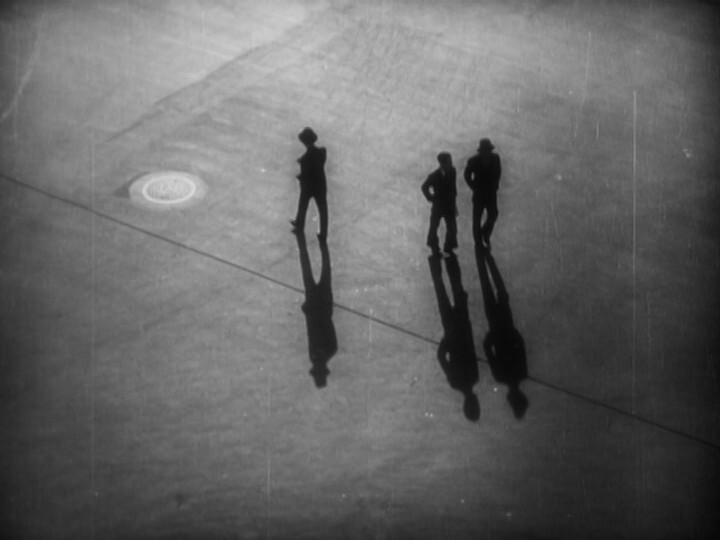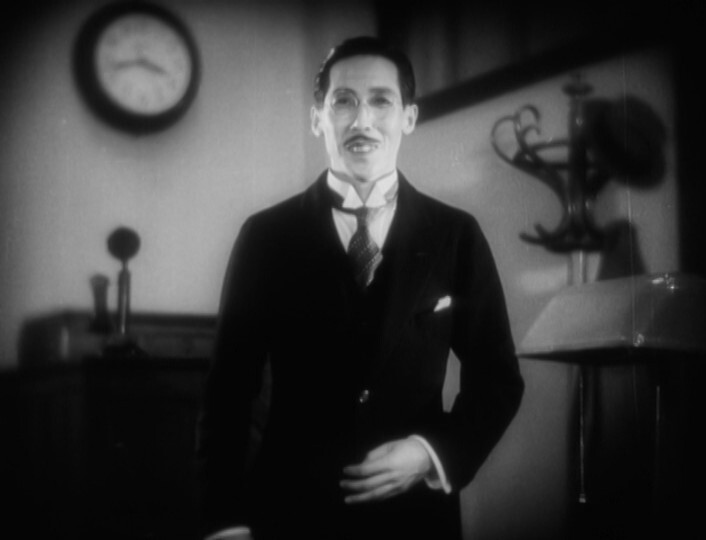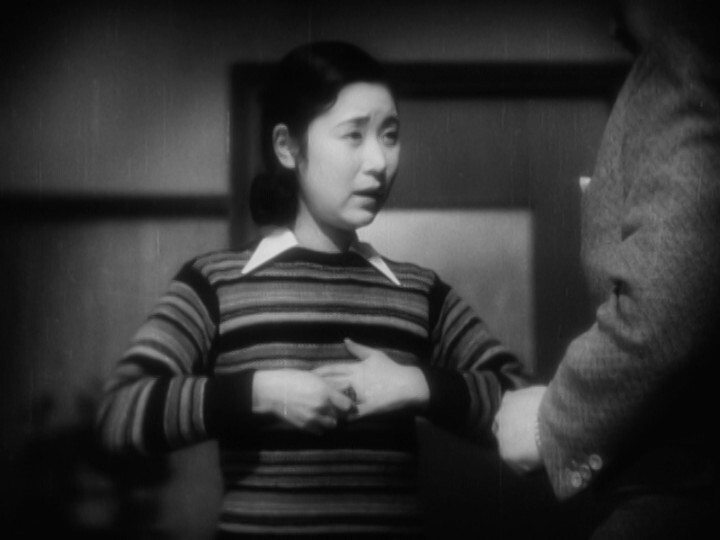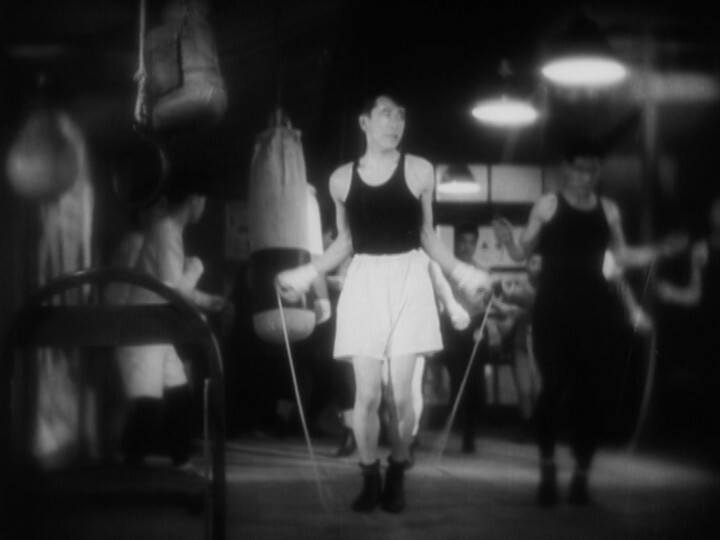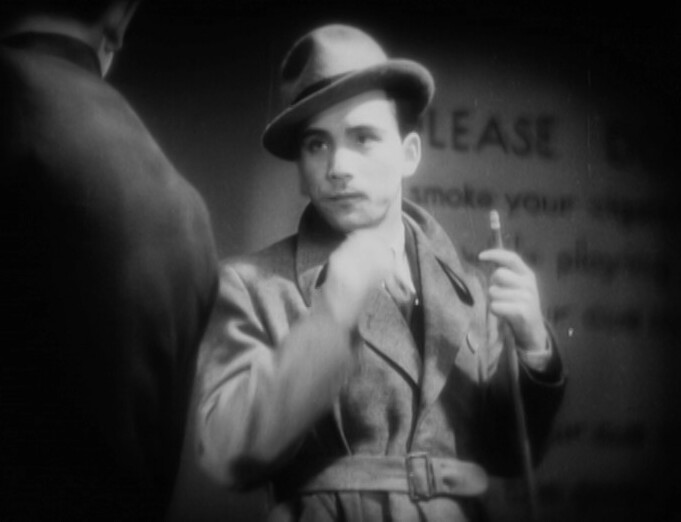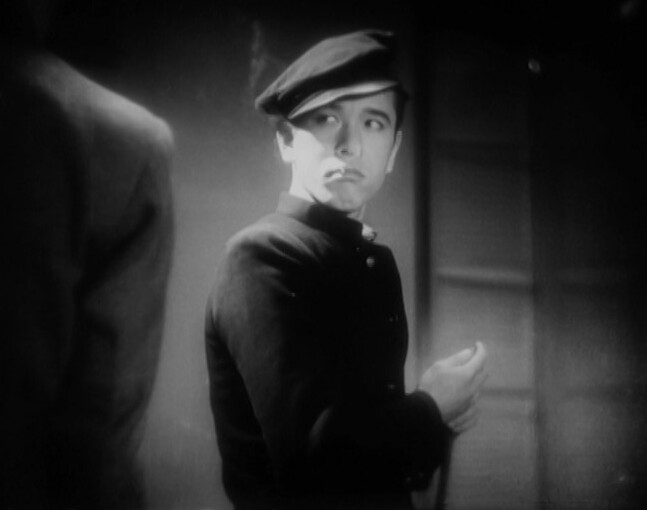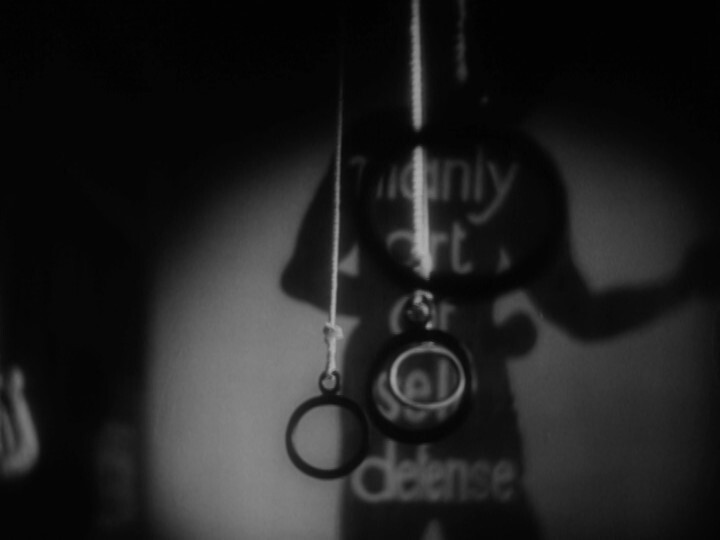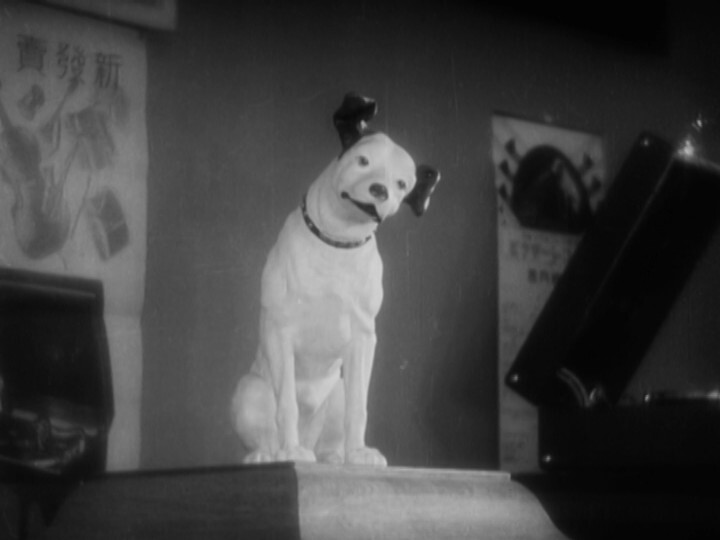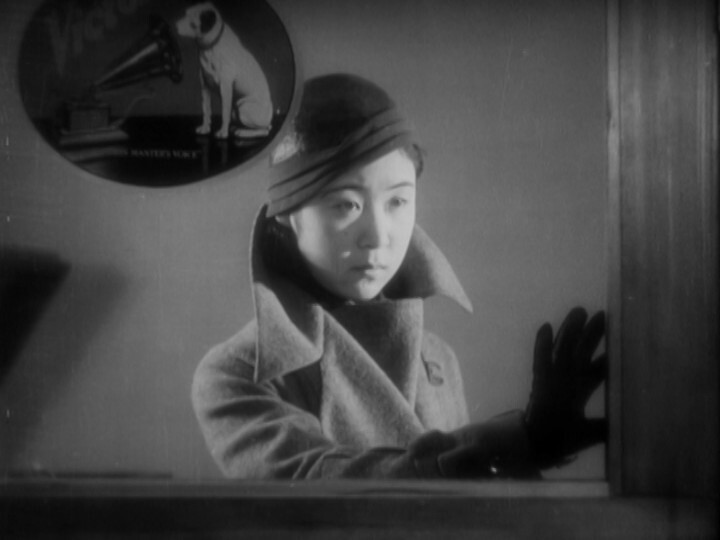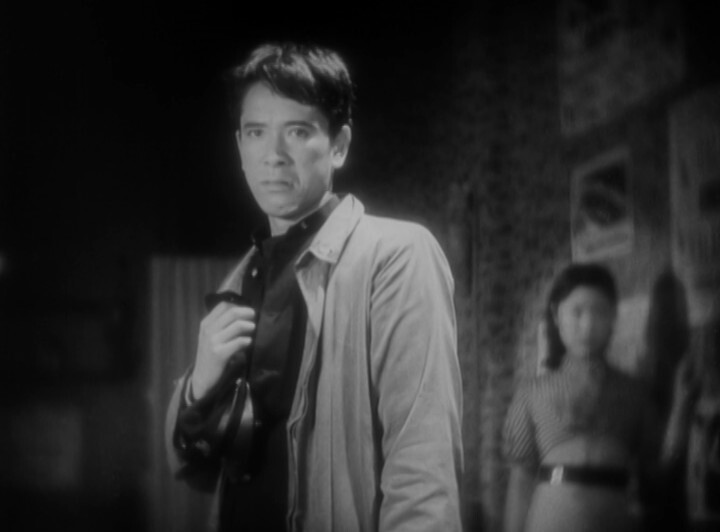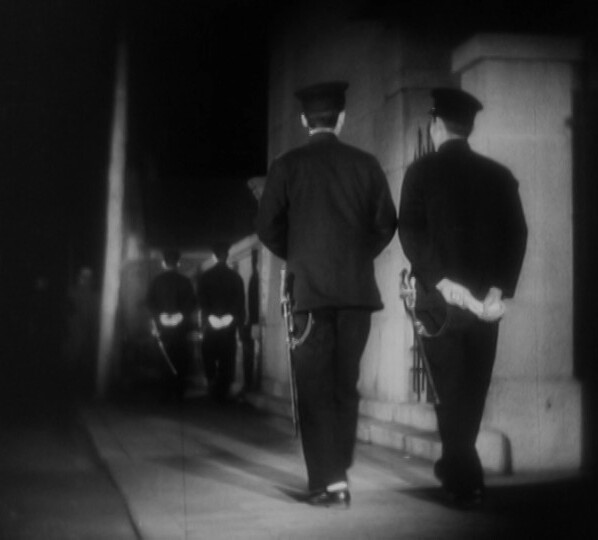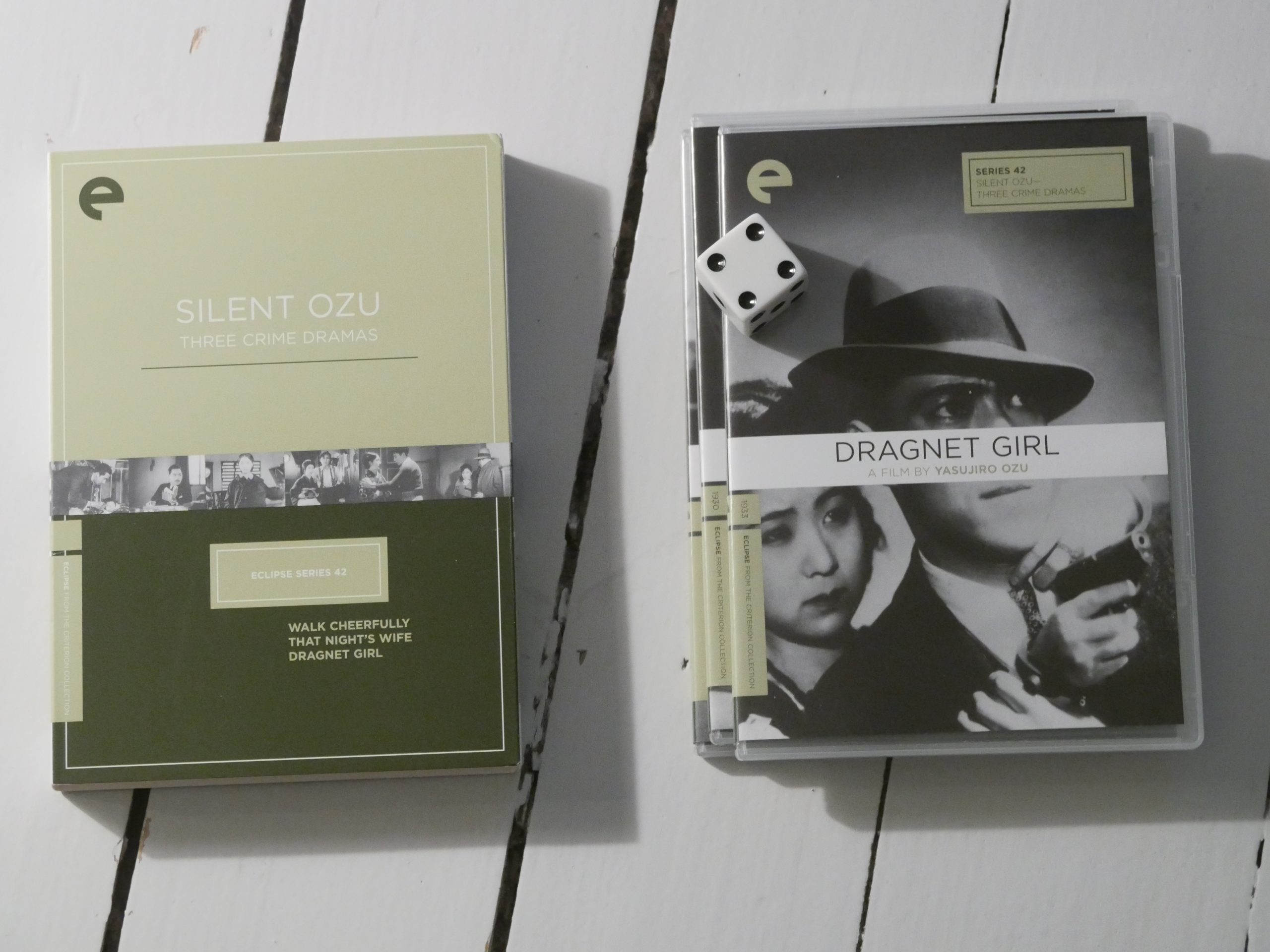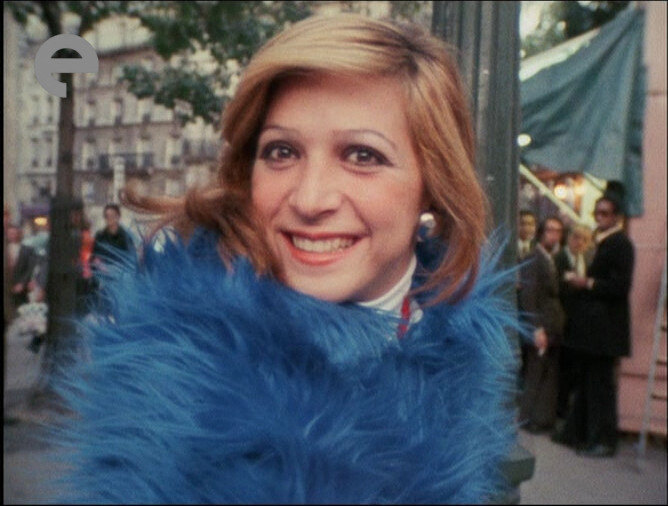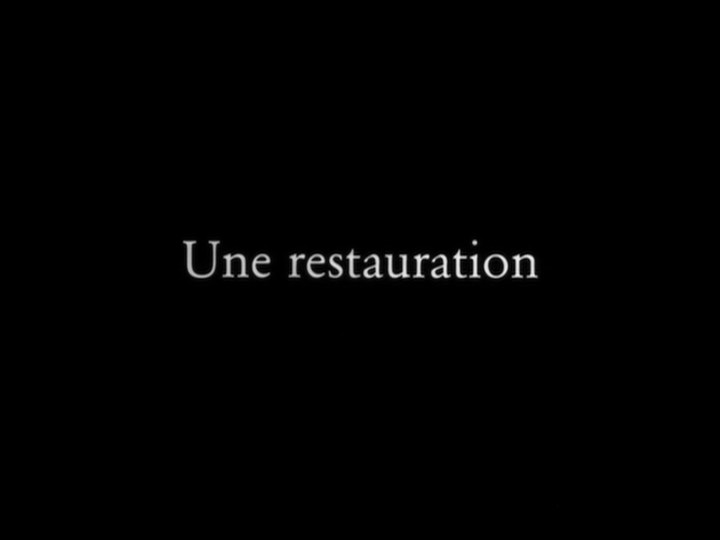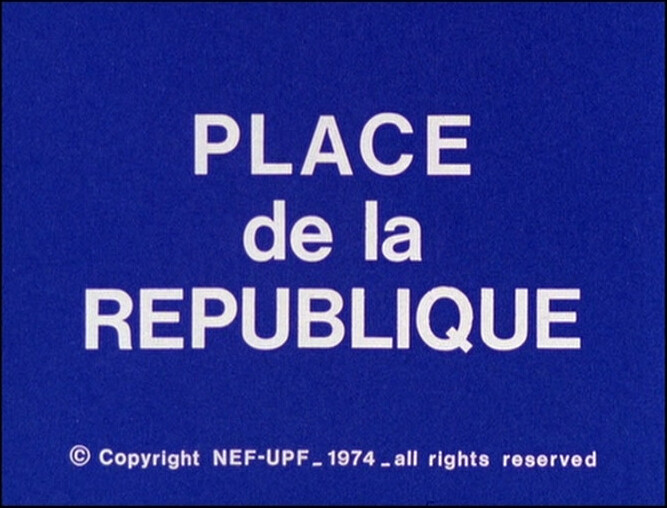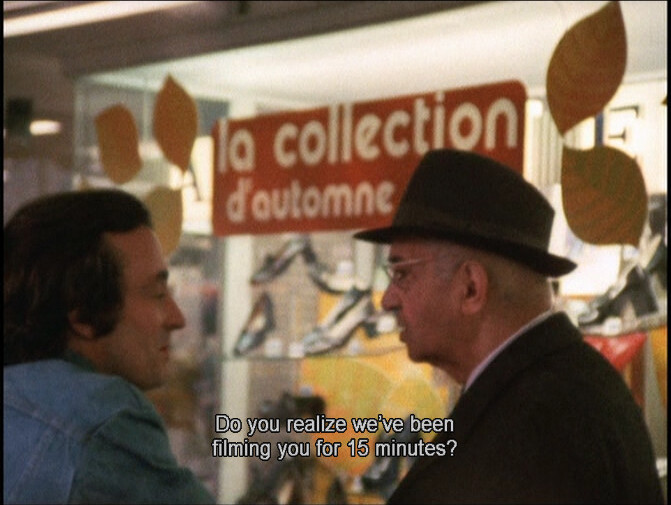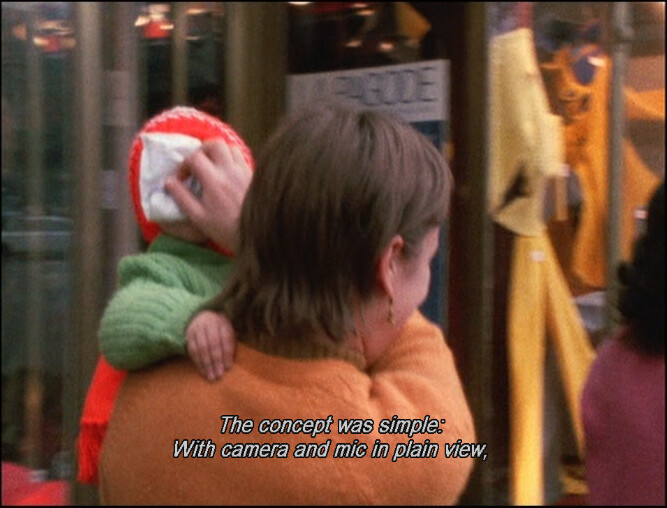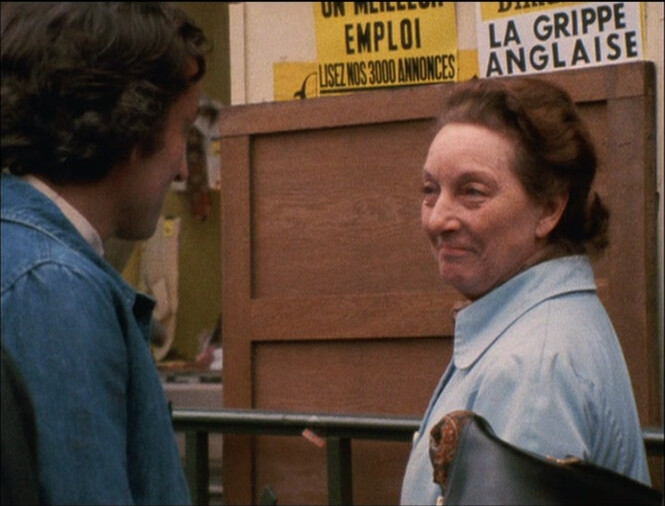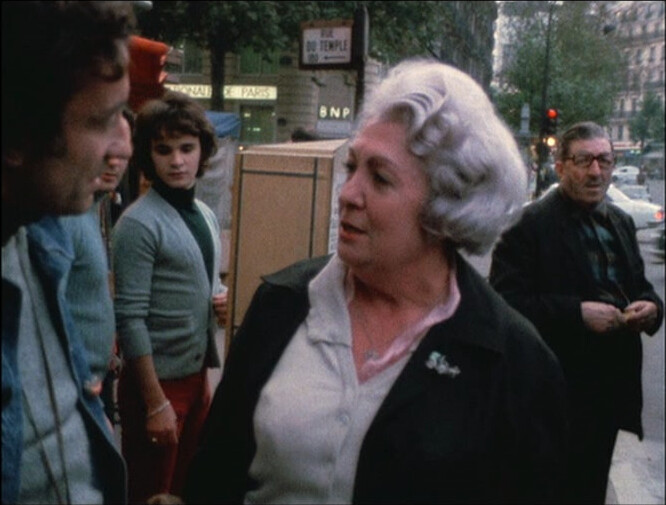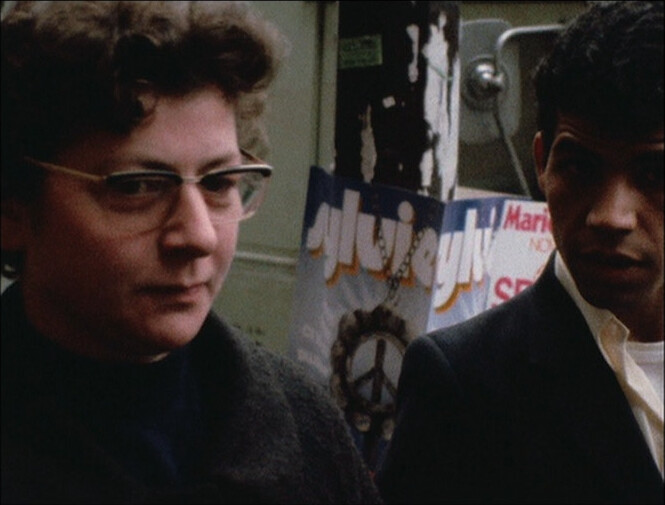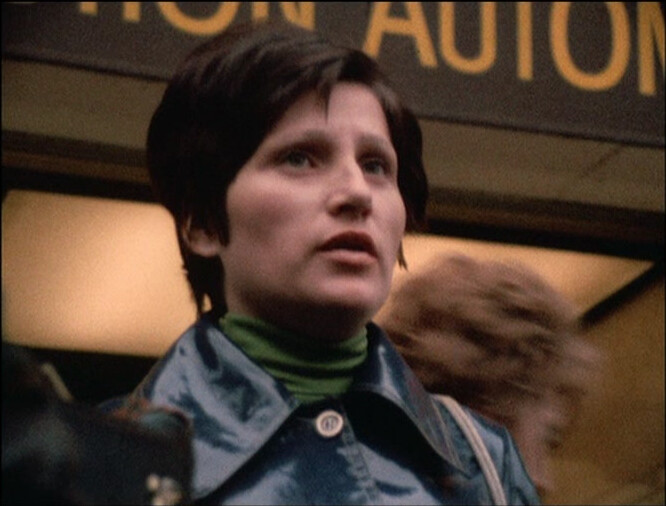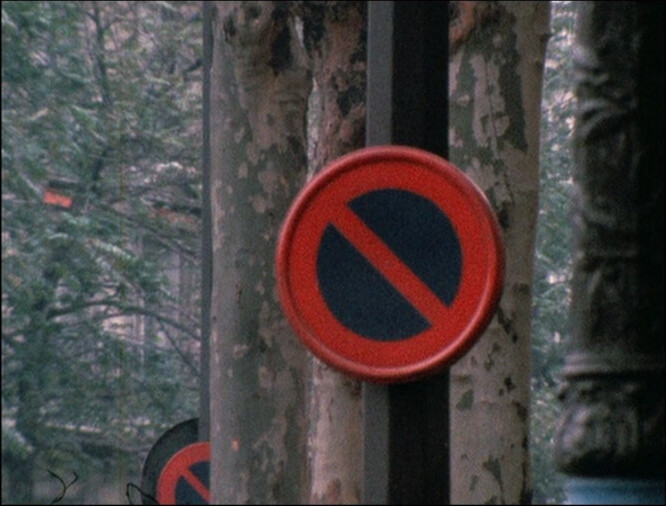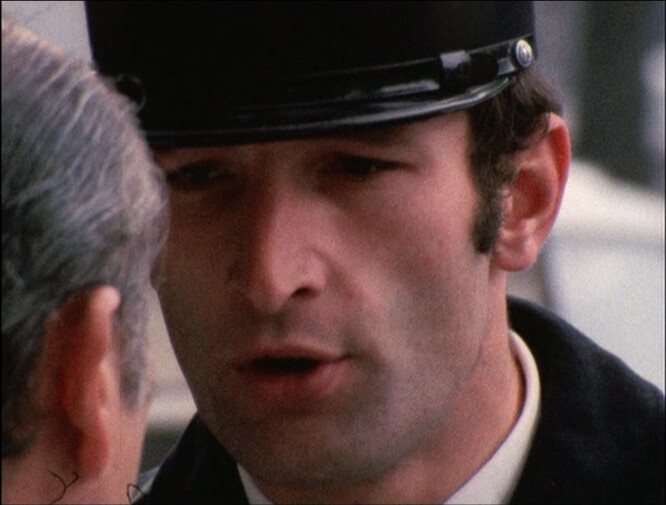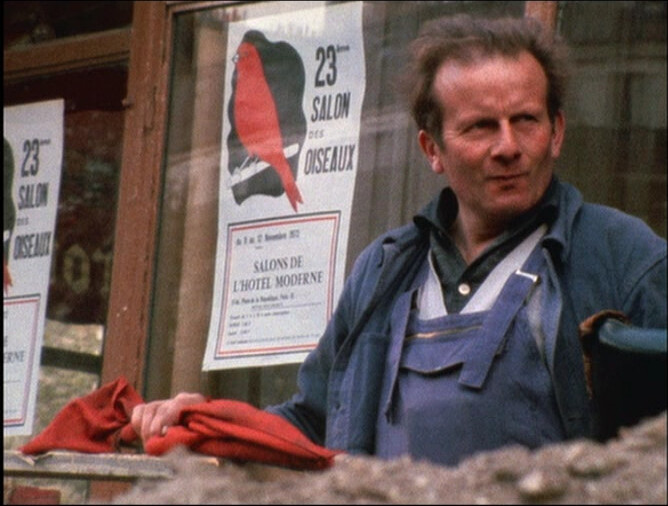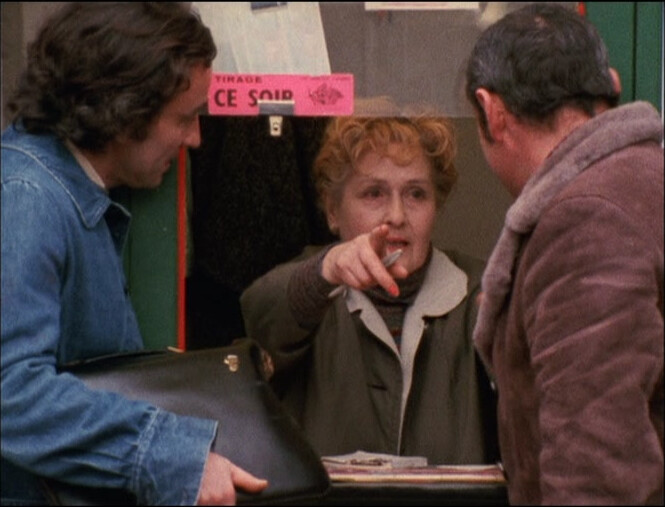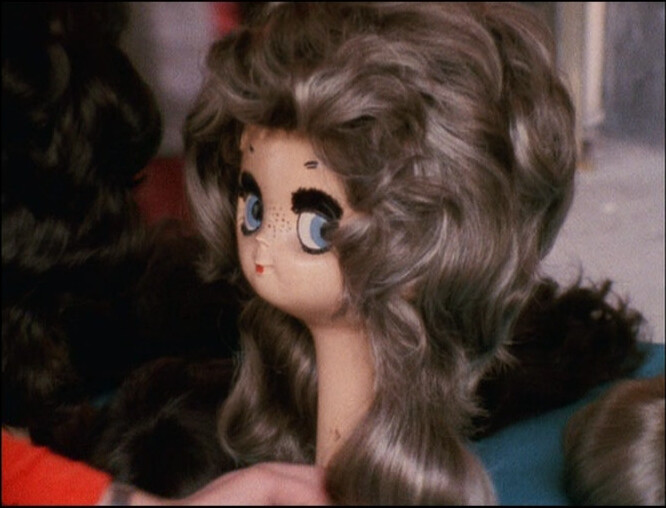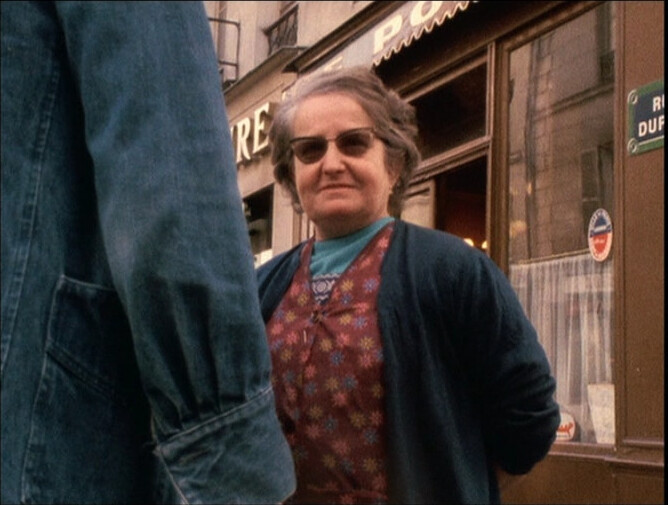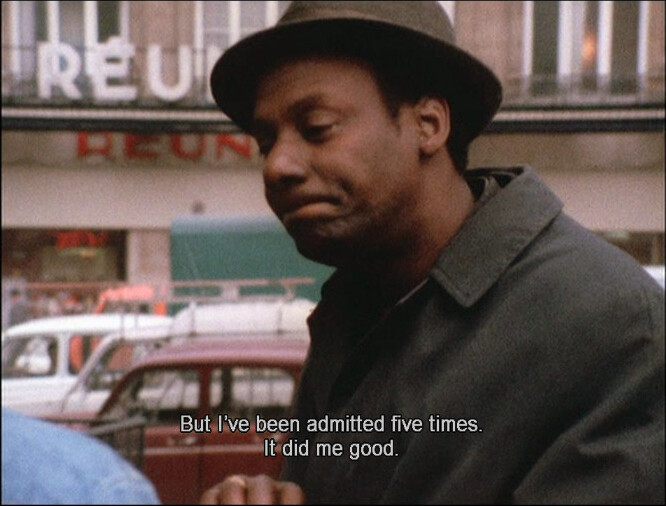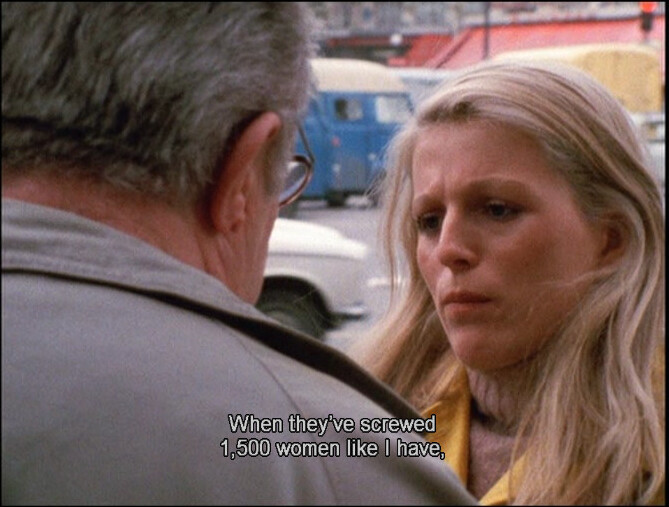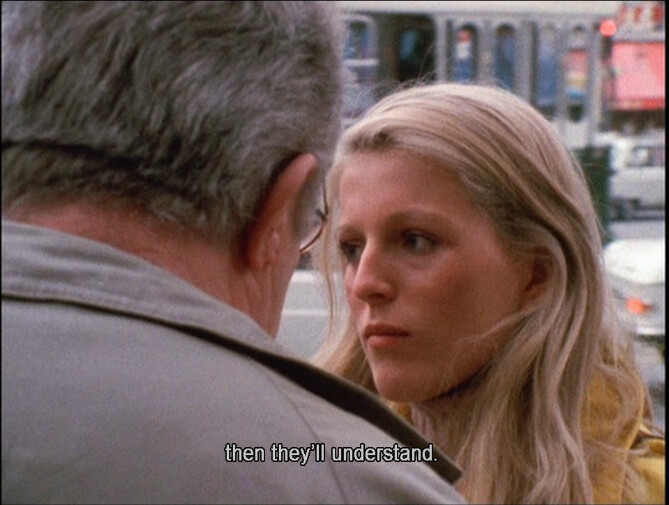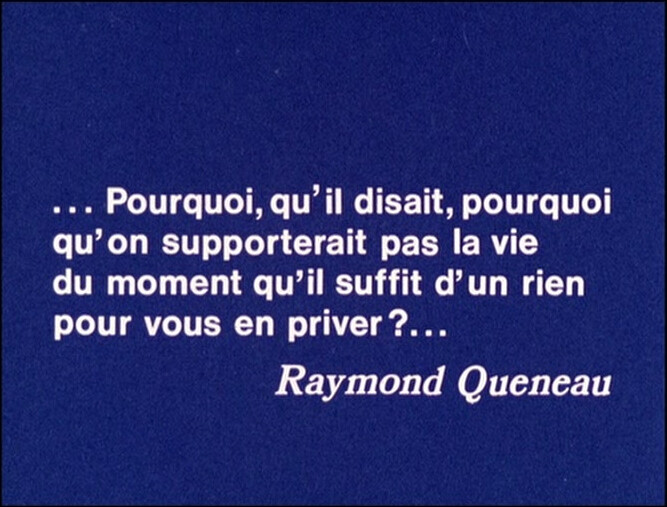Man, it’s a wet day today. But… I can read comics! Yeah!
| Joni Mitchell: Night Ride Home |  |
12:58: The Fabulous Furry Freak Brothers: The Idiots Abroad by Gilbert Shelton & Paul Mavrides (Fantagraphics)
Hm… the reproduction here is kinda odd? The linework looks kinda washed out (reproduced from a printed book, perhaps?) and the colouring only adds to the general messed-up look. That is, it’s all just a bit hard to read?
*groan*
Later parts look a lot sharper, and here the colouring makes more sense, too.
Anyway, I think I’ve read parts of this before? But possibly not all of it? I was originally published between 1984 and 1989, and while I applaud their ambitions — not just repeating the same old gags, but sending the Freak Brothers off on a Major Epic — they got a bit lost in the weeds. Large parts of the book are pretty gag-less, and is just pretty drawings of things from Barcelona etc.
I mean — I really enjoyed reading this, but, like…
| Thee Oh Sees: Help | 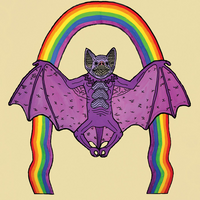 |
14:10: Bar Ques by Vincent Fortemps (Fremok)
Besides being a great place to shop comics, Domino Comics is also great for just reminding you that there’s exciting publishers around Europe, too. So I bought a bunch of stuff from Fremok.
This is a very handsome little book.
I’m not quite sure what it’s about, but it seems to have something to do with a boat and a storm at sea or something?
Nice.
| Thee Oh Sees: Help | 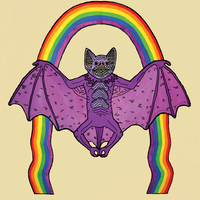 |
14:16: I’m The Eye by Paskalito/Boleyder (Le Dernier Cri (possibly))
This is a very handsome large book.
This is basically a series of illustrations based on er imaginary magazine covers or something? But we get two variations of each.
And then we get more?
It’s fun.
| Merzbow & Lawrence English: Eternal Stalker | 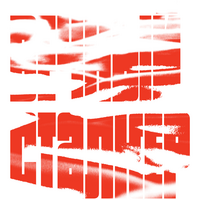 |
14:47: Jonas Fink by Vittorio Giardino (Fahrenheit)
Ah! I remember why this sounded so familiar… the first two albums (collected in the first volume here) were published in the 90s, while the second volume here wasn’t published until 20 years later. I feel there’s been quite a lot of series with a publication history like that lately? That is, a series that had been pretty much abandoned, but then the artist decided to finish it at last. Changing market circumstances?
I love Giardino’s artwork. It’s ideal, in a way. That is, in its genre (European comics realism), I don’t think you can find anybody doing better work — the people look like real people, with proper anatomy and convincing postures and correct clothing, and the backgrounds are all there: That house really looks like one of those houses, and that kitchen has all the little things that makes it look like a real kitchen.
That is, these drawing evoke a specific milieu impeccably.
And the line is just very pleasant to look at, too.
See? Very pleasant to read.
| Hercules & Love Affair: Omnion: The Album | 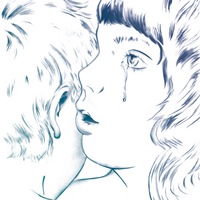 |
Towards the end of the “original” albums, I think I see a reason why Giardino might have semi-abandoned the series: It’s puttering along nicely, but without any urgency. It’s about living in Czechoslovakia in the 50s; hounded by the secret police and doing secret translations of Arthur Koestler etc. It seems like it should be super exciting! But it isn’t, because most of the pages are really about a love affair between two characters that don’t really have that much character, and it’s… just kinda cookie cutter? It felt like watching a few of the mid-season episodes of a drama TV show: A lot of padding.
But, OK, on to the new book:
Yikes! What happened to Giardino’s masterful command of the human body? Suddenly everybody’s gone bobble-headed, and that poor woman has been reduced to a couple of lines denoting features that seem to swim around at random in a sea of face…
The colours are nice, though.
| Massimo: invalidObject Series (var) | 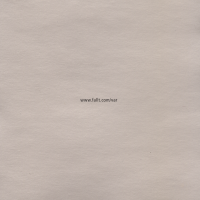 |
*pause while I read this article about that abhorrent piece of crap* Pretty good article.
OK, back to the book…
After getting used to the new art style, it’s actually not that bad? I mean, except for the bobble heads, it’s still very fluid.
The storyline in this volume is a lot stronger than in the first one. Giardino covers the Soviets rolling into Prague in 1968, which is more relevant these days than you’d hope it would be. The characters become more interesting, and there’s passages that are quite moving.
So: Three thumbs up.
| Exek: Check it Out!! | 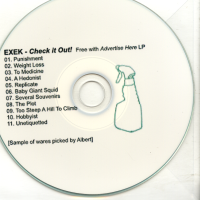 |
18:14: La Maitre chocolatier 2: La concurrence by Chetville / Corbeyran / Gourdon (Zoom)
This is another one of those French(ey) series they churn out on specific subjects: Food, wine, chocolate… This one is about chocolate.
And luuurve.
As usual, it’s pretty entertaining? There’s lots of intrigue, and now and then we get a lecture about chocolate.
It’s easy on the brain.
We even get some recipes.
19:01: You Don’t Own The Road by Stephane de Groef (Fremok)
OK, back to the Fremok shipment…
This is a very handsome little book… I think the dust jacket is made from textured wallpaper? Nice.
So first I thought this was just a book of drawings of oldee tymey American motel signs, but then I started reading the signs.
It’s quite amusing, and I love the colours.
Wouldn’t you want to hang out at the Lilithium Club?
| Exek: Check it Out!! | 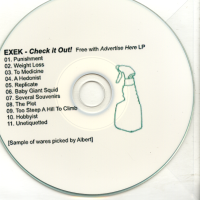 |
19:10: Ostende by Dominique Goblet (Fremok)
This is a very handsome mid-sized book.
This is very pretty. It’s sort of loosely narrative, but it’s kinda vague what the narrative is.
Gorgeous.
| Møster!: When You Cut Into The Present | 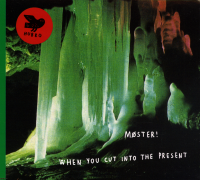 |
19:23: I paladsets skygge by Gabriet Tiedt Lange (Fahrenheit)
I like the artwork.
And I like the story, too. It’s a very 70s plot — think Jodorowsky, Moebius, the second Planet of the Apes… It’s a mish-mash of influences, but works well.
| Exec: Advertise Here |  |
19:52: Barelli et le bouddha boudant by Bob de Moor (E-Voke)
Time for some classic second banana old children’s comics.
These Barelli stories are very compressed — just 30 pages and it’s over. Bob de Moor squeezes in at least a couple of gags per page, and lots and lots of action. I think E-Voke has made a wise decision to publish the eight Barelli stories one album at a time — I think most publishers would have published them all in one or two volumes, and that would have felt exhausting to contemplate. But one at a time, it’s a completely different proposition.
Oh oh oh! I’ve read this one before in my childhood. I remember that scene with the elephant vividly.
It’s still fun.
| Exec: Advertise Here |  |
20:21: Par les sillons by Vincent Fortemps (Fremok)
The is a very handetc.
I thought this was going to be like the other, much smaller Fortemps book, but this is a pretty clear narrative.
And gorgeous. It’s about war and stuff and is kinda moving.
| 50 Foot Wave: Power + Light |  |
20:34: El exstraño juicio a Roy Ely by Balacarce / Giménez (E-Voke)
This is a collection of short stories (some are only a couple pages long) from the early 80s, I think? Possibly originally printed in Heavy Metal? I don’t know.
Almost all the stories have twist endings, and while none of the stories are hugely original or anything, there’s an undeniable charm to the stories. It’s unassuming sci fi/horror twisty stories, and they’re fun.
| Sophie: Nothing More To Say | 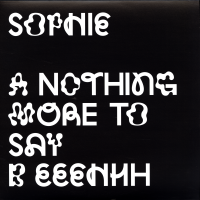 |
21:05: Rhonda 1: Help Me Rhonda by Van O (E-Voke)
Very standard French(ey) 2022 action/adventure artwork…
And it’s all kinda boring, innit? The first album only has the first third of the story, and it somehow doesn’t feel like anything happened, even though she escaped death a dozen times over these pages. Perhaps because nobody has any character here?
I don’t think I’ll be reading more of these.
| µ-Ziq: Goodbye |  |
21:34: Complete Fuff Comix Collection by Jeffrey Lewis
OK, I’m not going to read all of these tonight, because I’m growing kinda sleepy, for some reason or other.
But perhaps a couple?
Heh heh.
| Aksak Maboul: Redrawn Figures 2 | 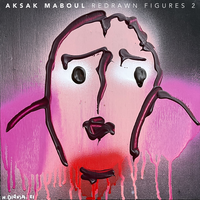 |
The #0 book has a couple of fortune cookies glued to the pages, which I appreciate.
These books are mostly autobio, and it’s in that 90s vibe — “I went on a trip and here’s what happened”. And it’s a genre I quite like, especially when the trips are as interesting as this.
The other stuff, like this infodump on the Guggenheim family… I mean, it’s interesting, but it’s not thrilling.
But I mean, I like the book and everything, only some things more than others…
| The Meters: Gettin’ Funkier All The Time (4): Mardi Gras Mambo | 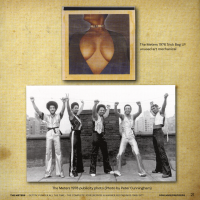 |
23:20: Sleep
Hey! I’ve been reading Fuff for a couple hours! I totally only meant to read for 30 minutes or something. There is something kinda gripping about the series — I want to know how that trip ends! I’m up to issue #4, and it’s still going strong. And each chapter ends on a cliffhanger of sorts.
But it’s sleepytime, I think.
